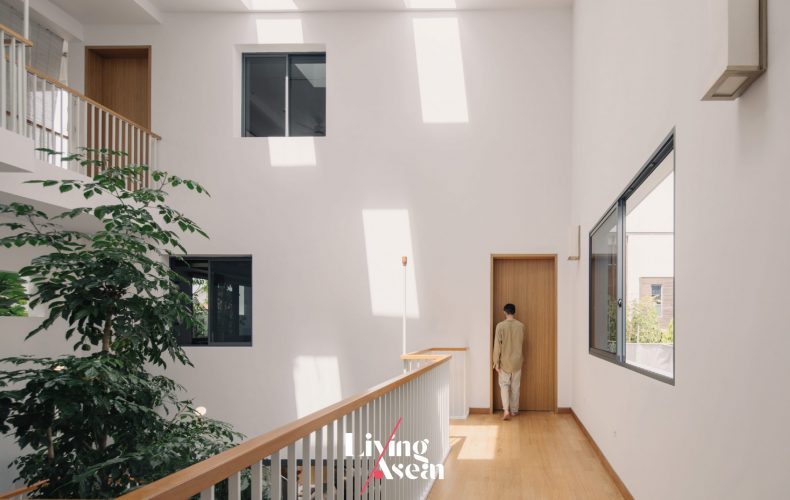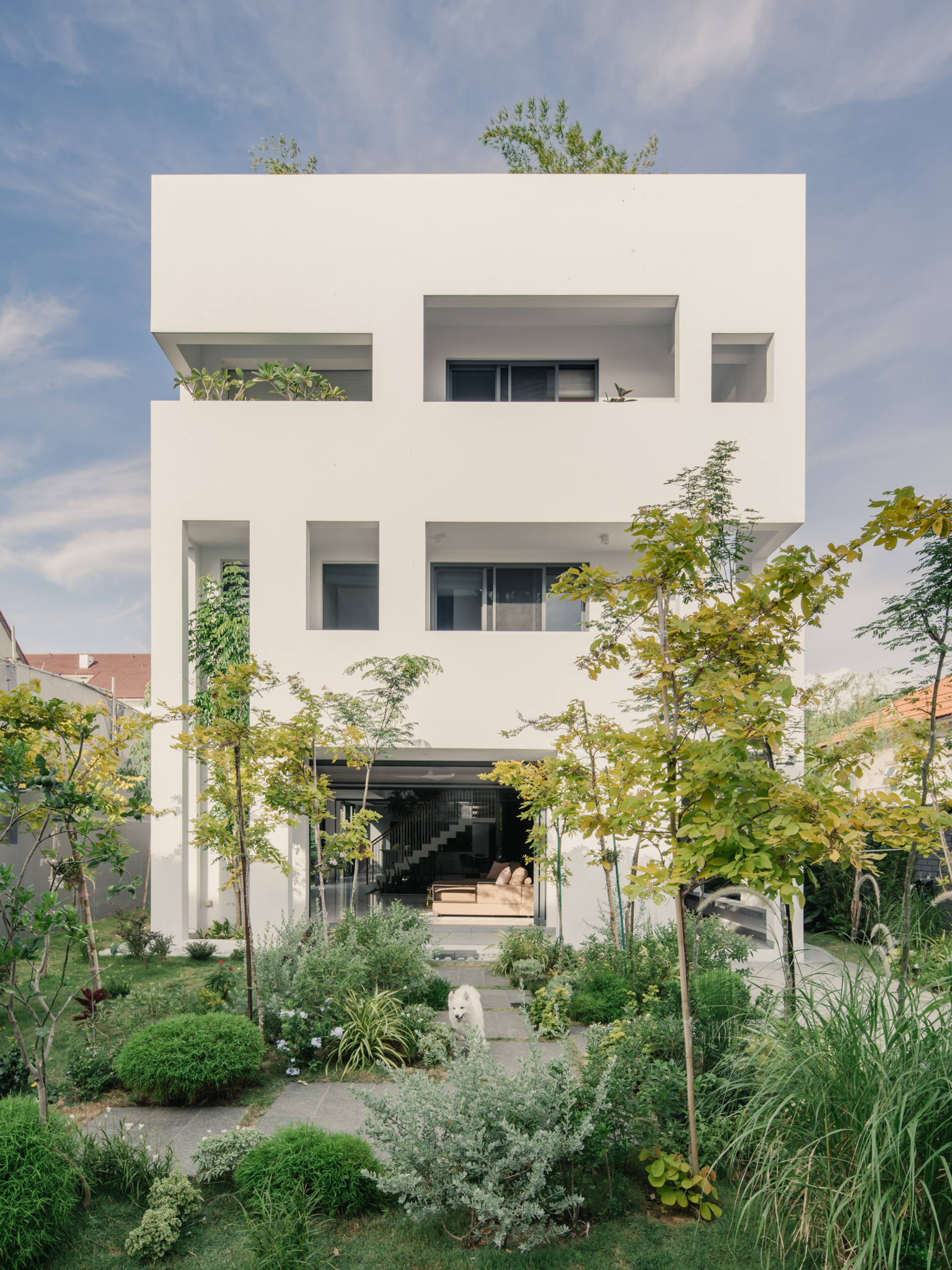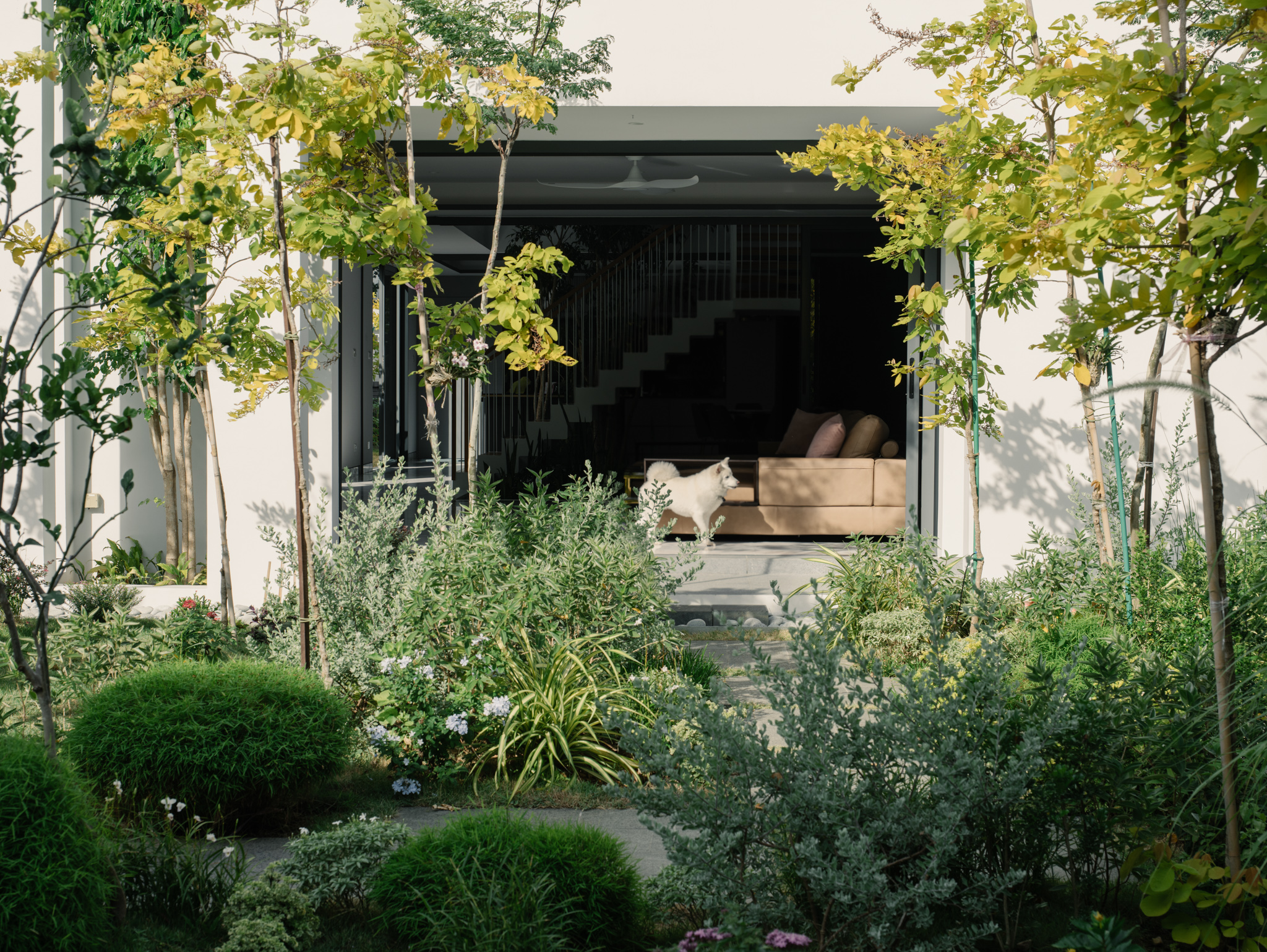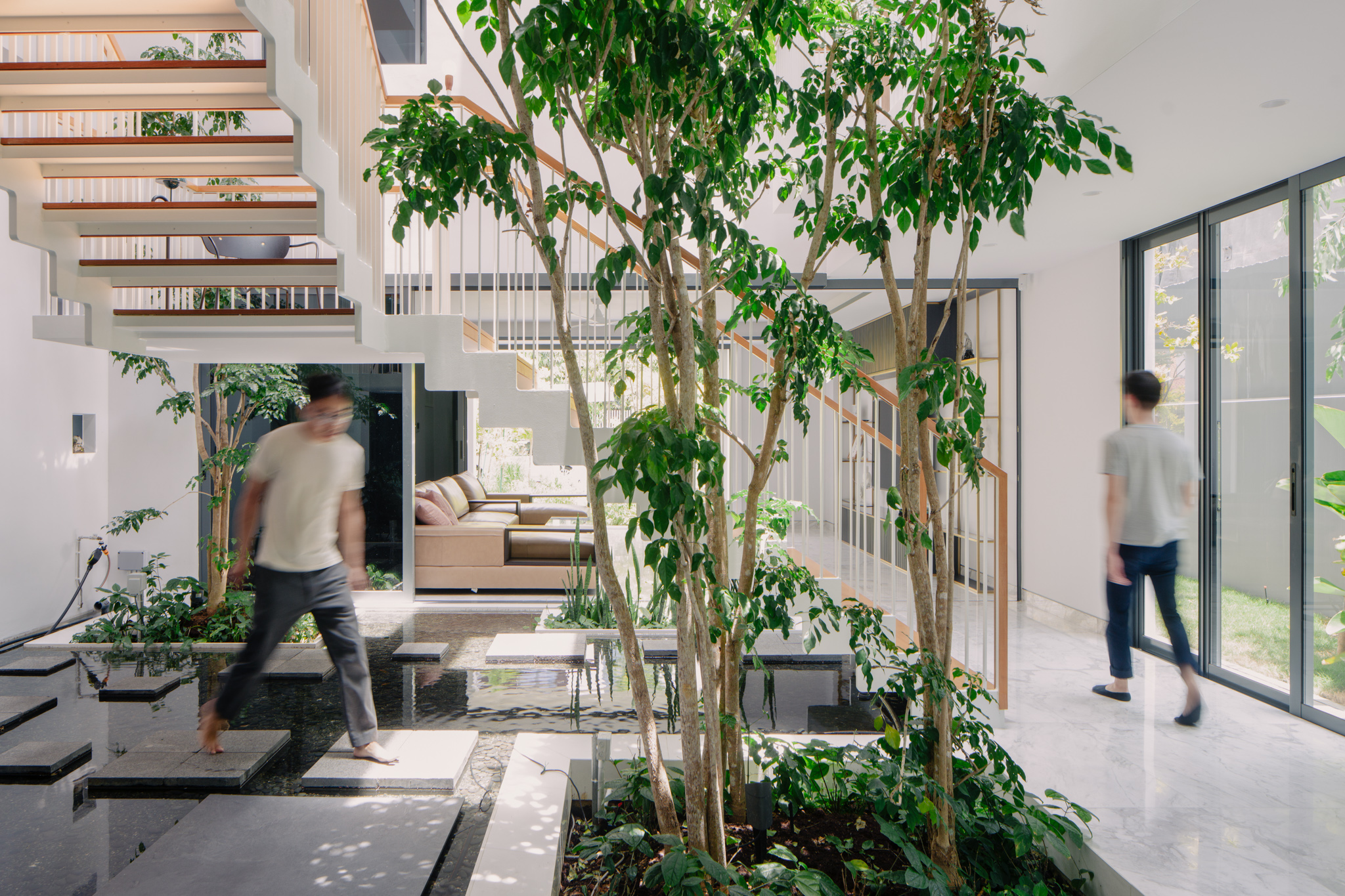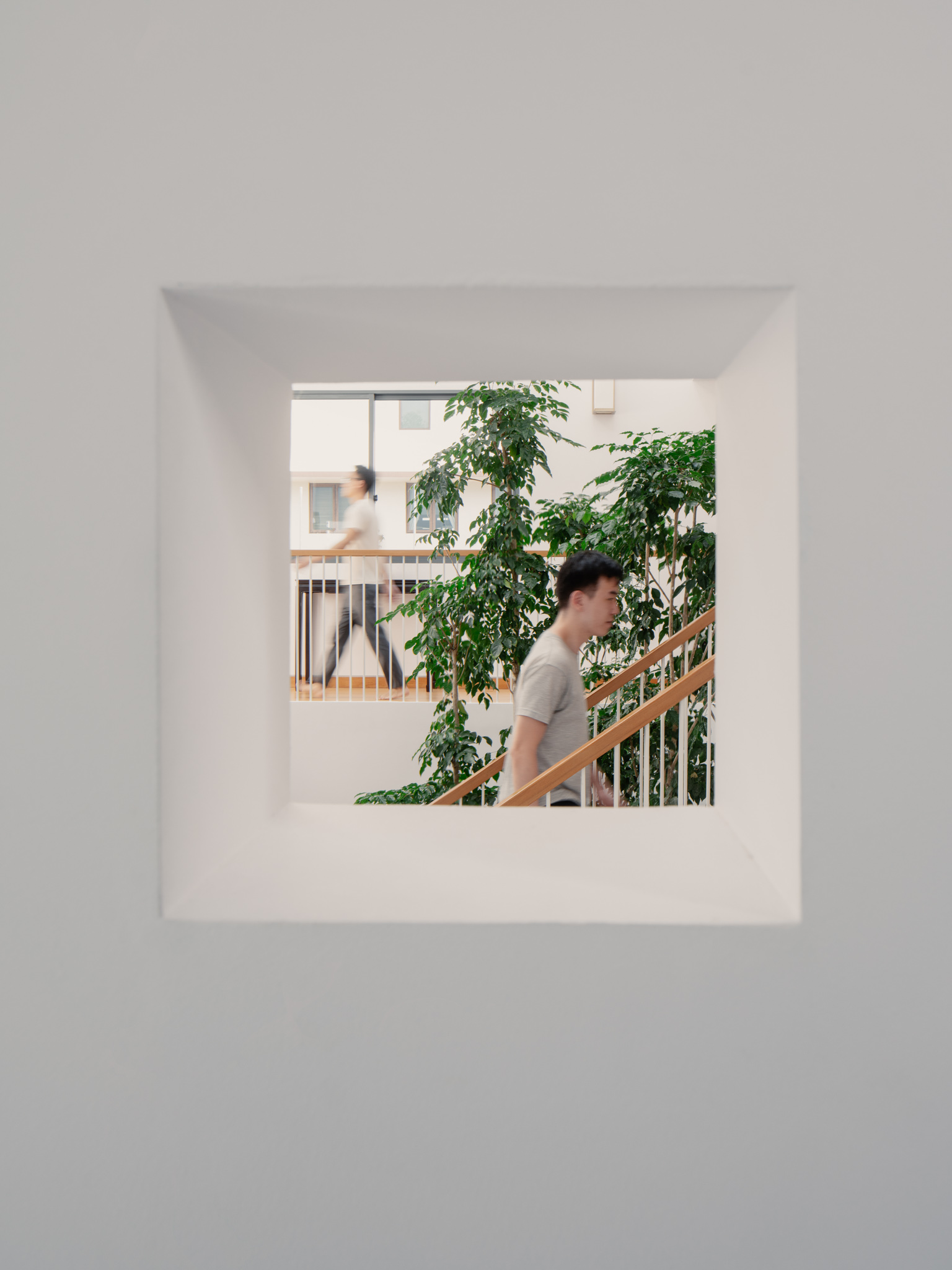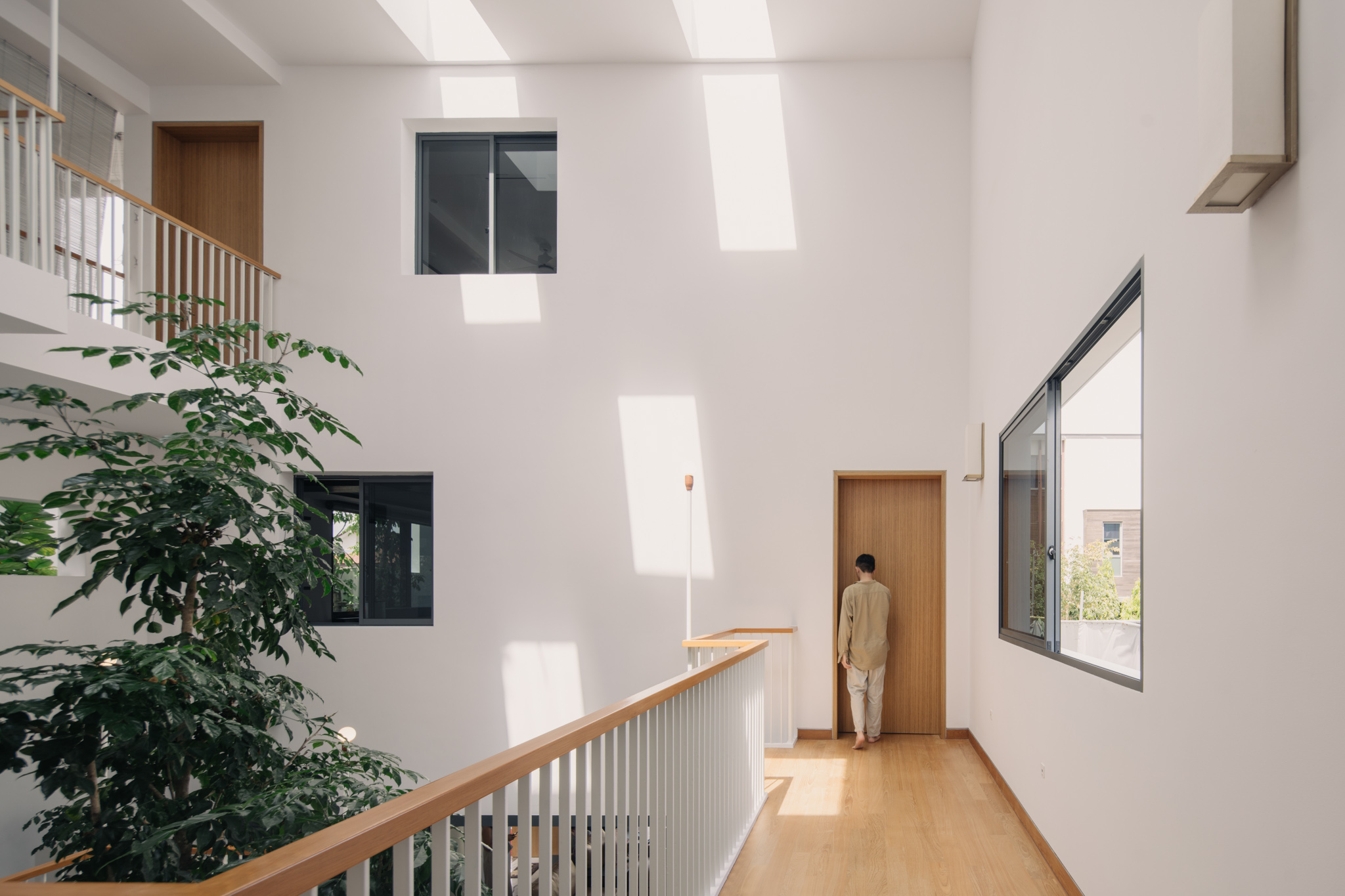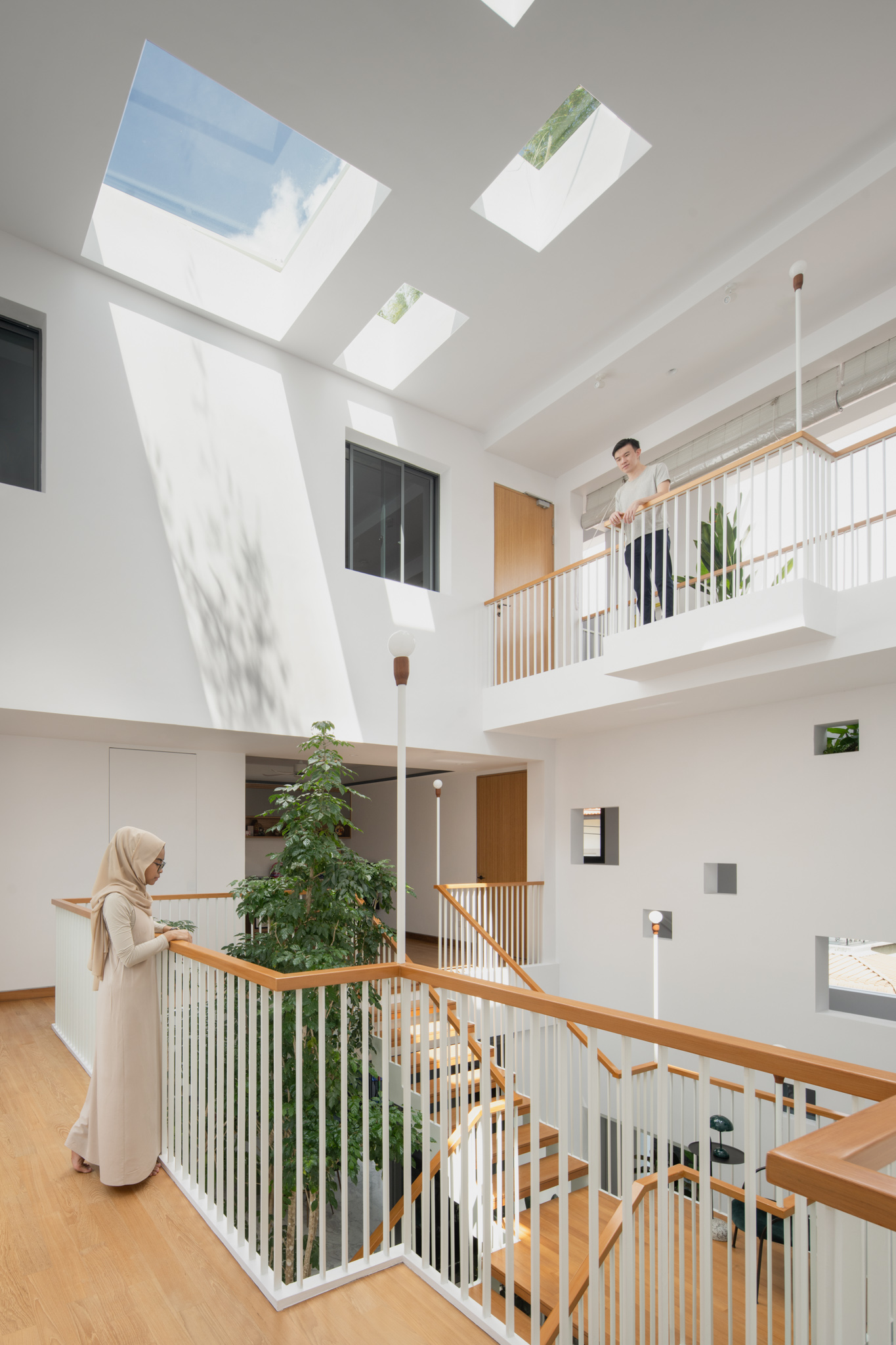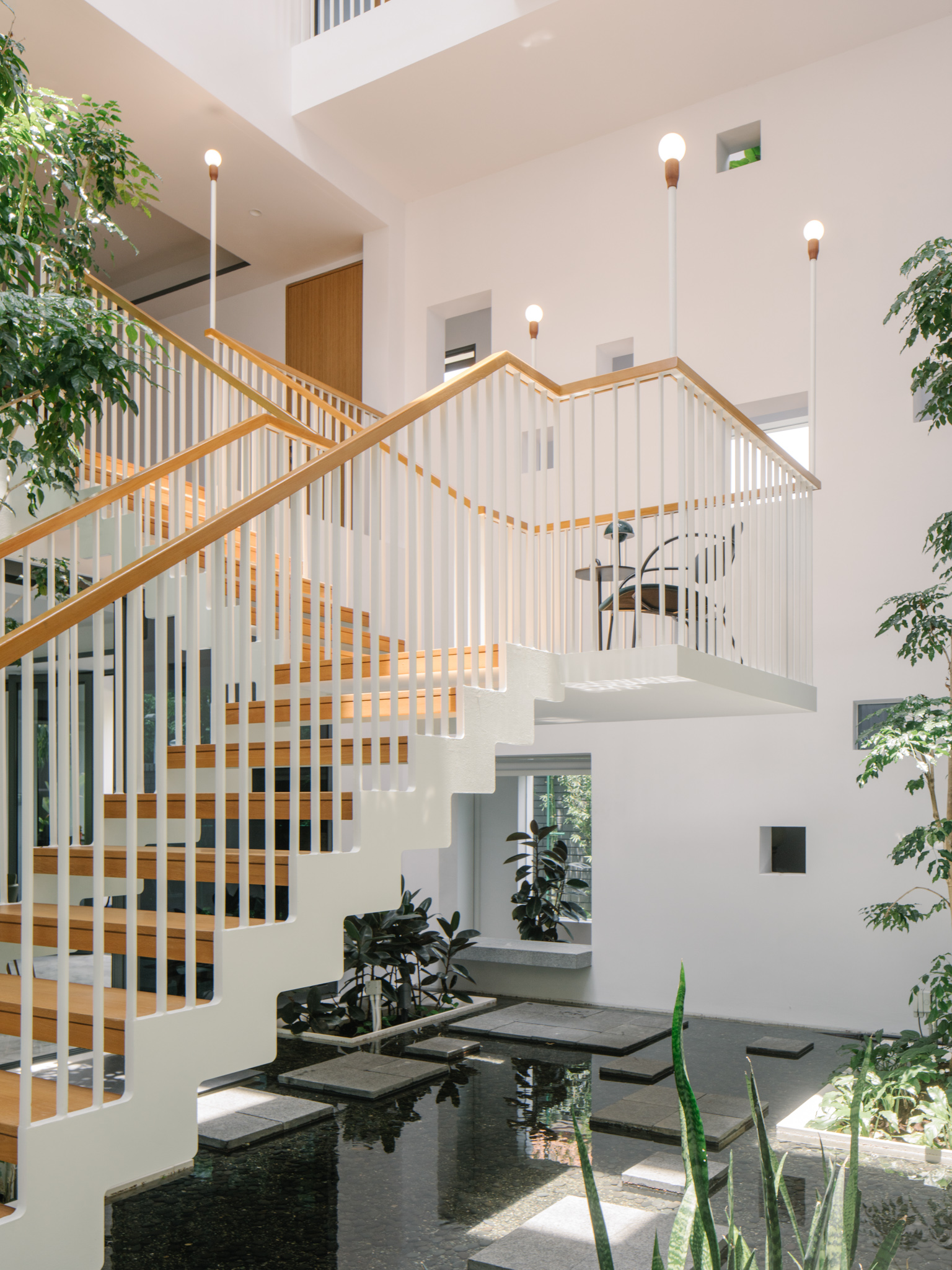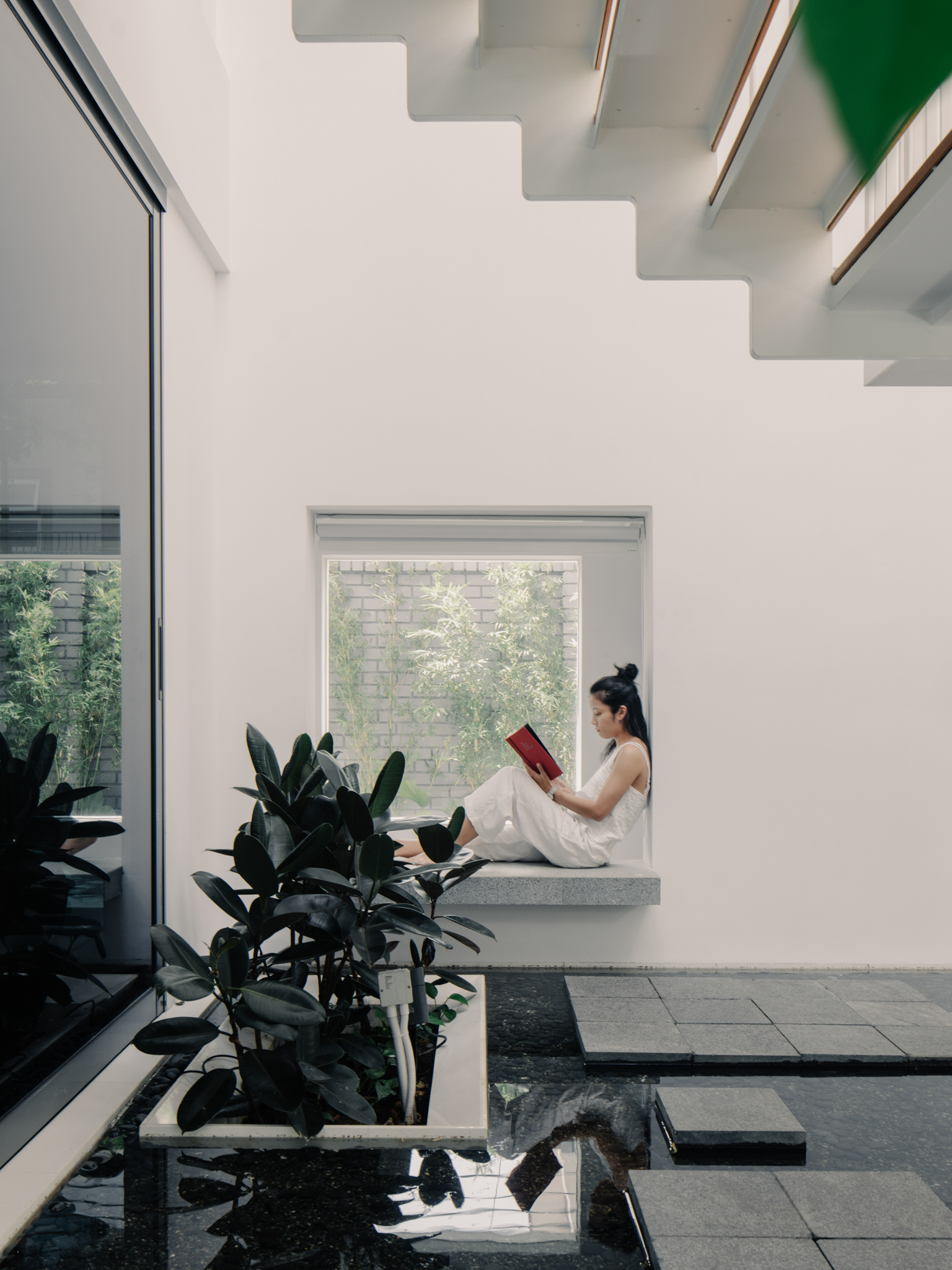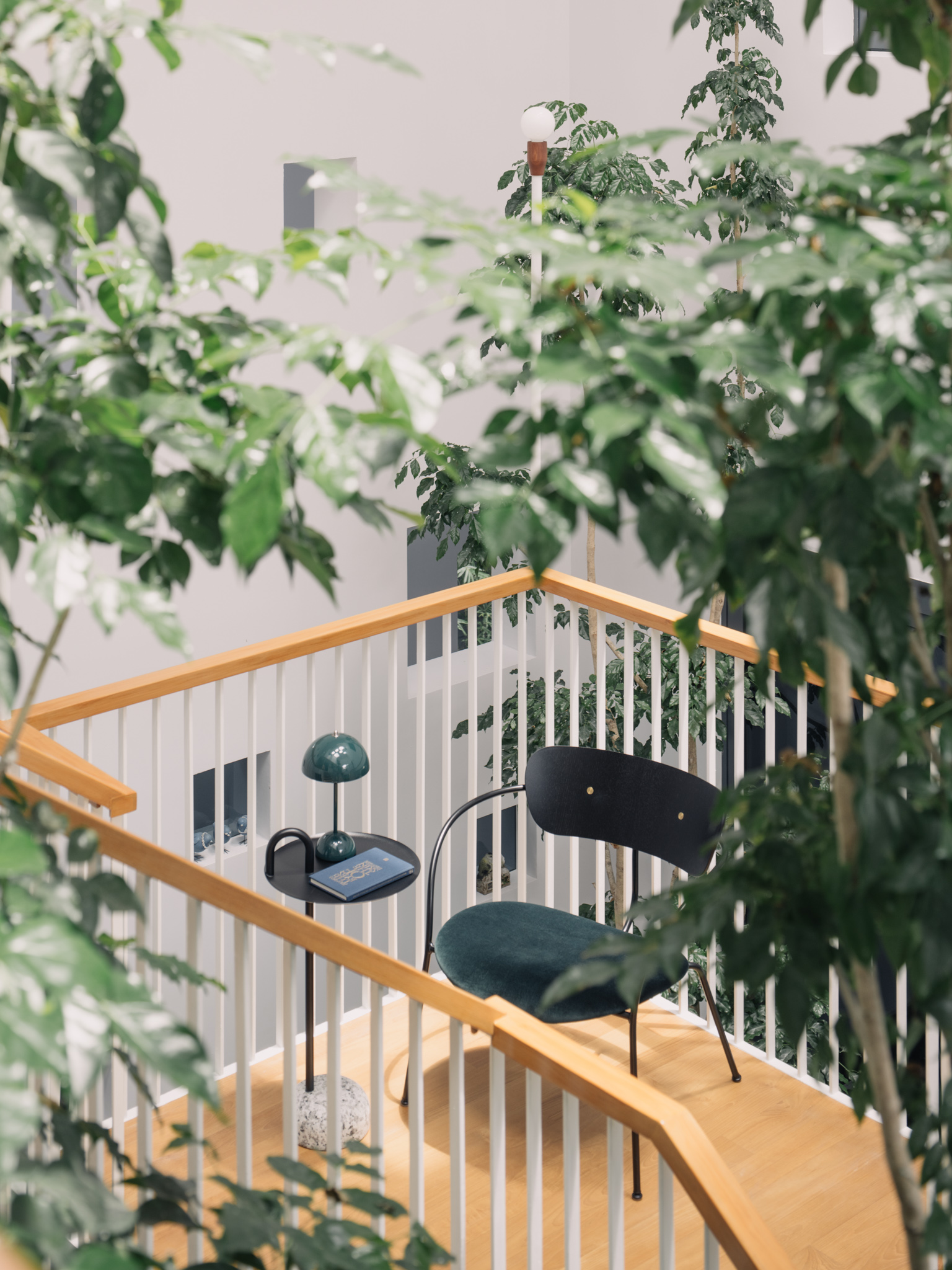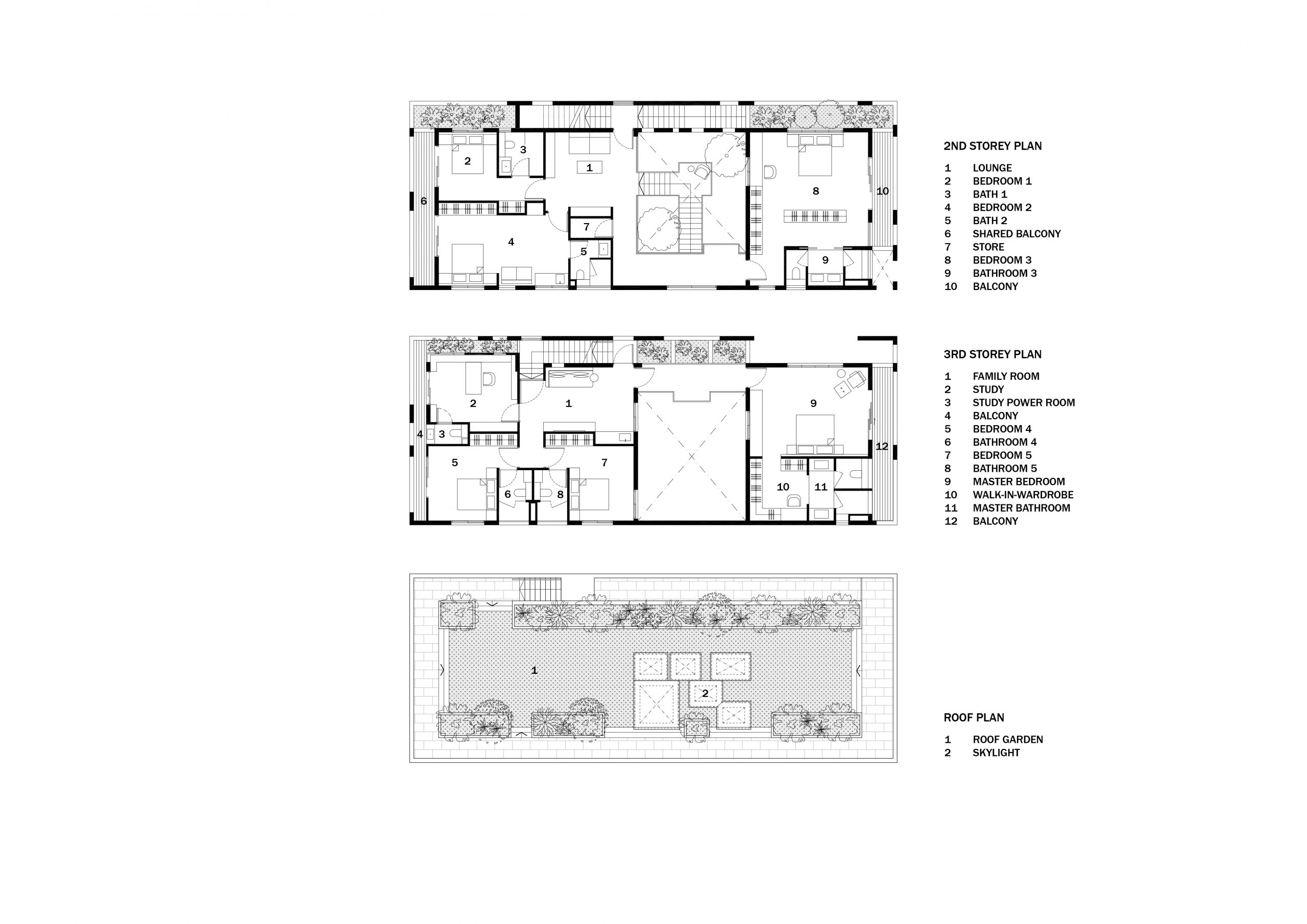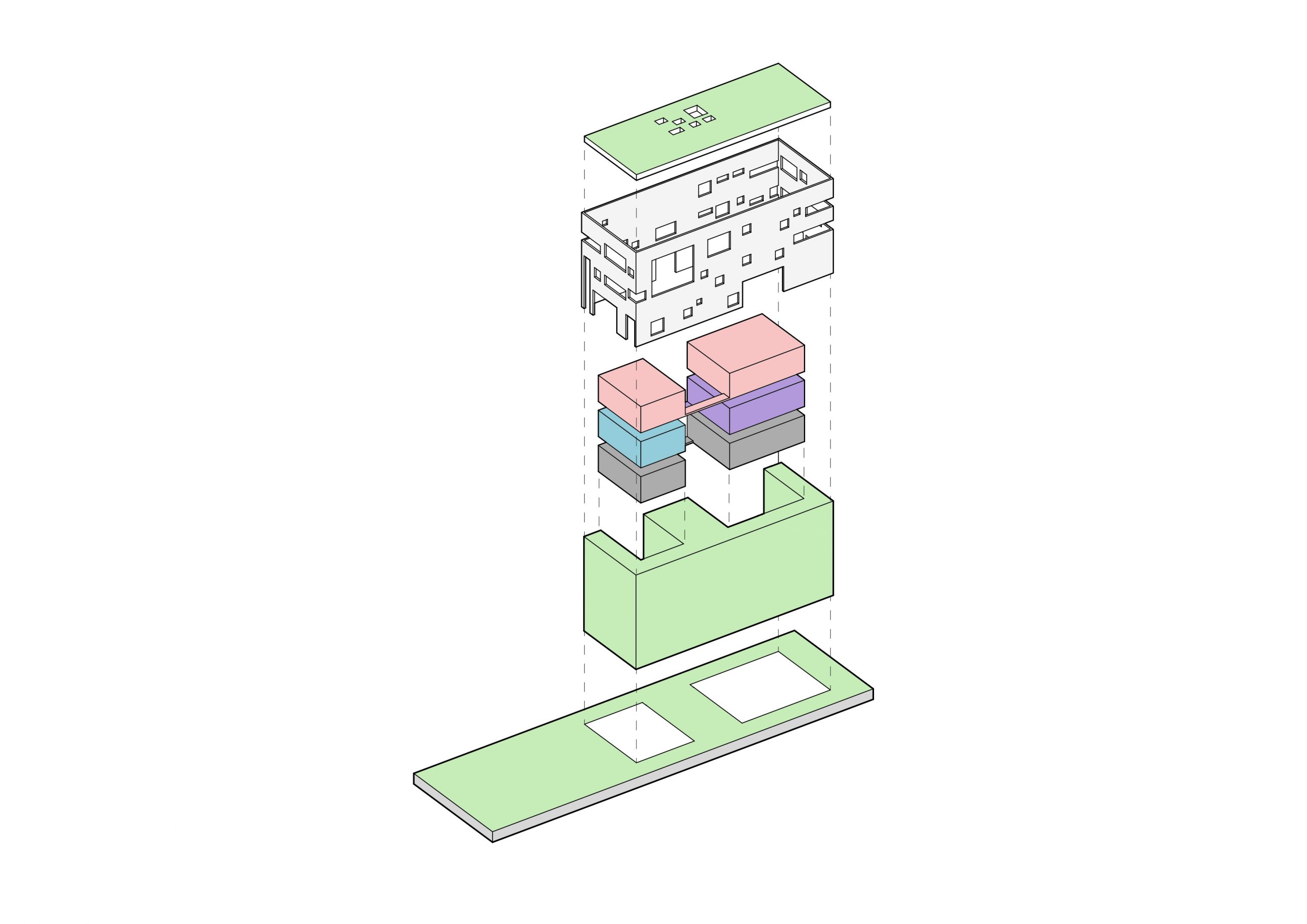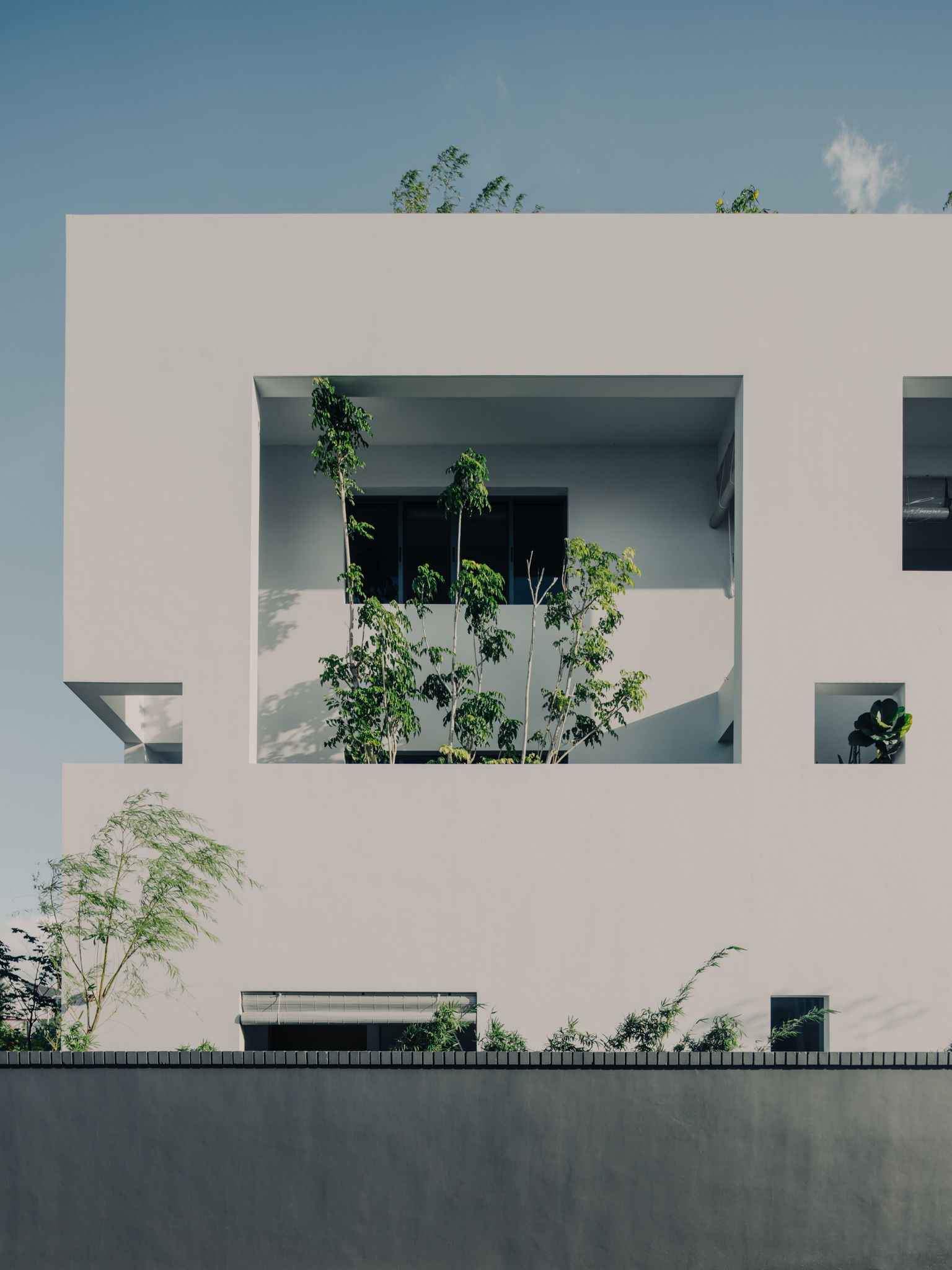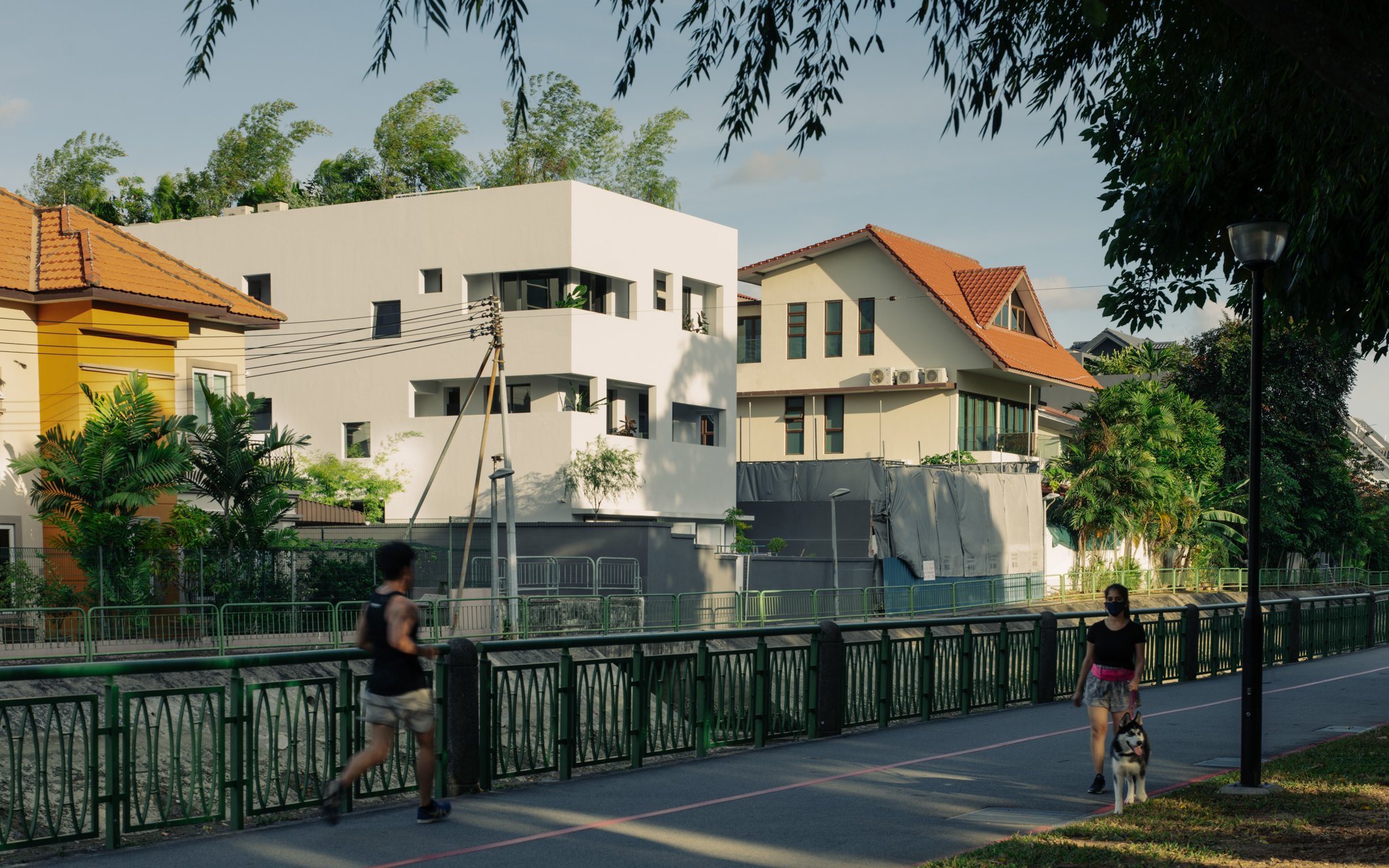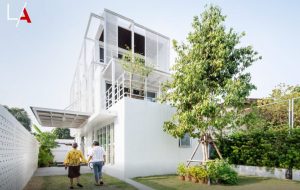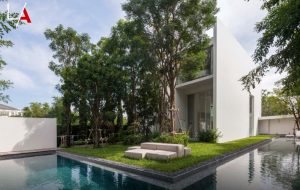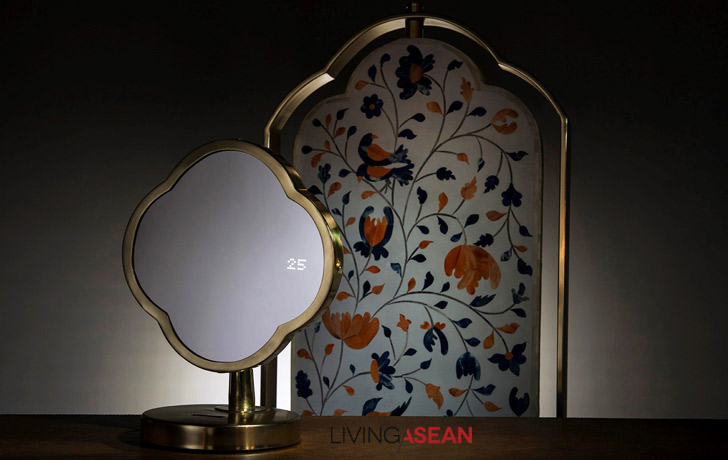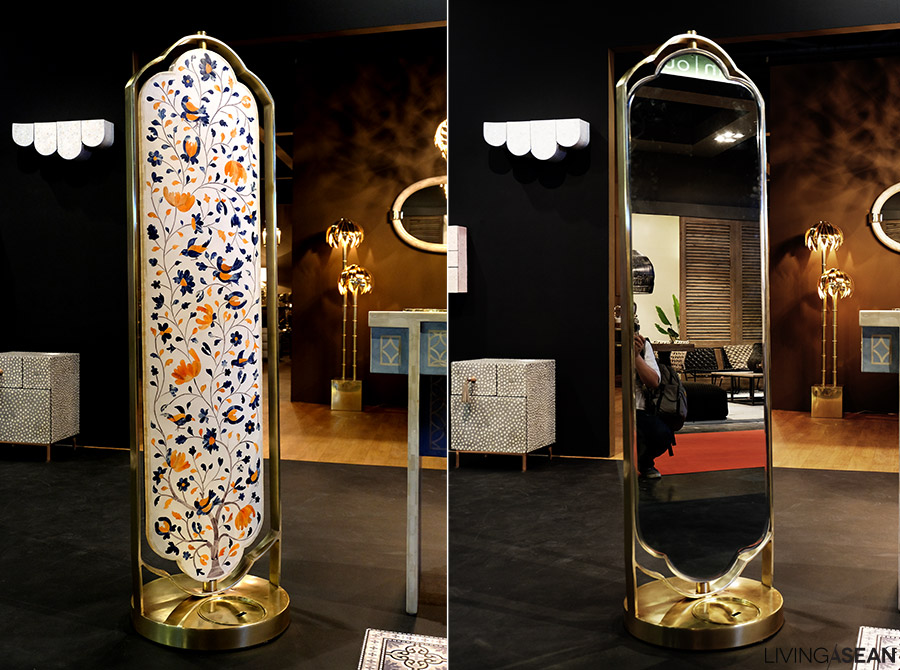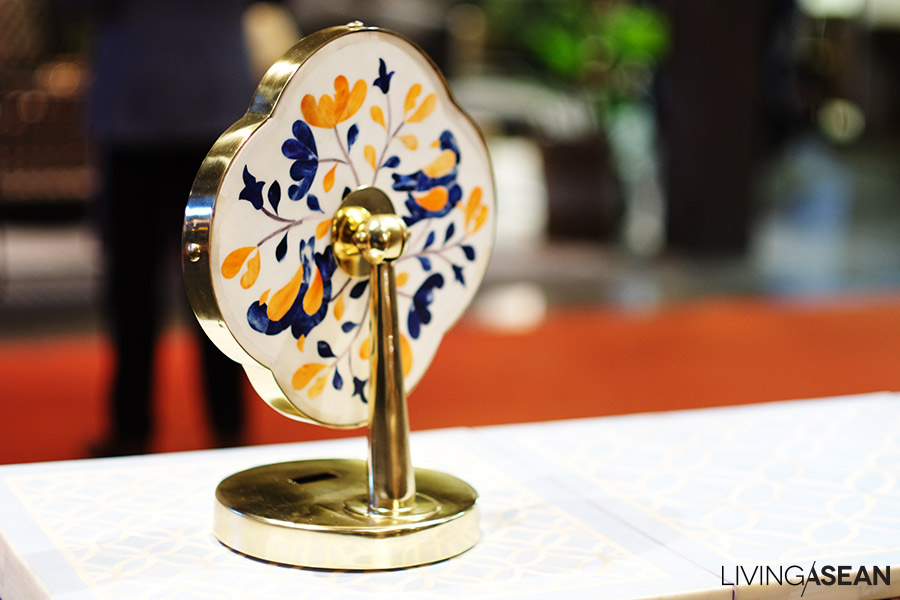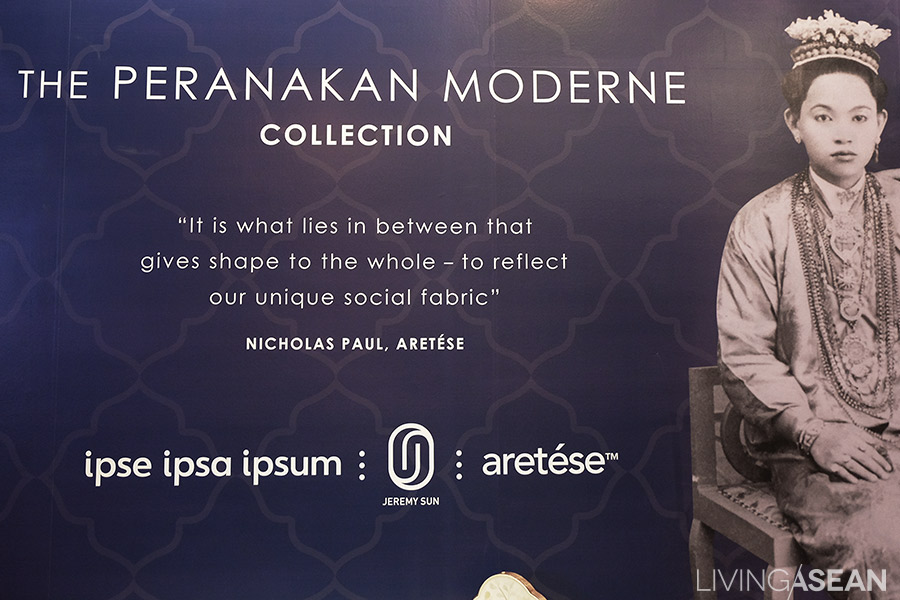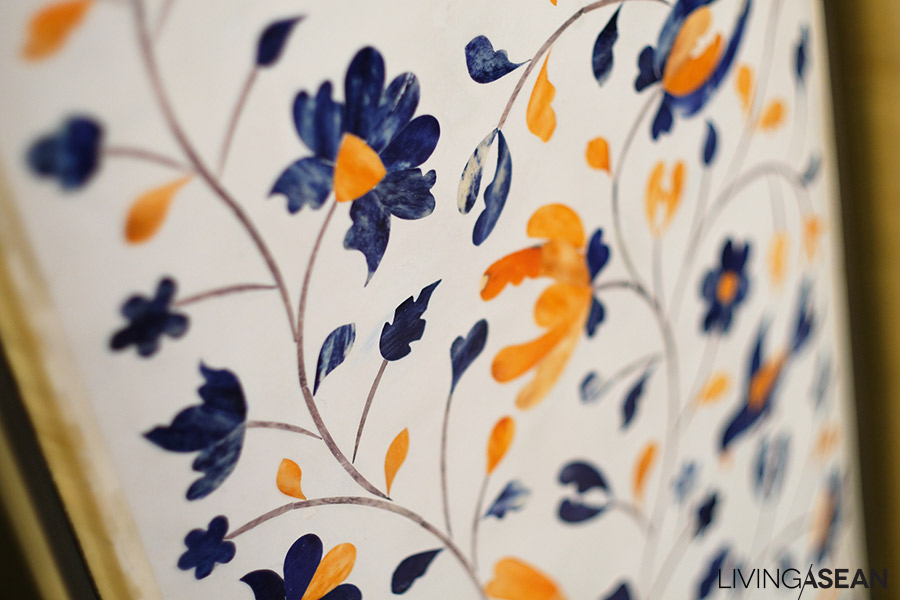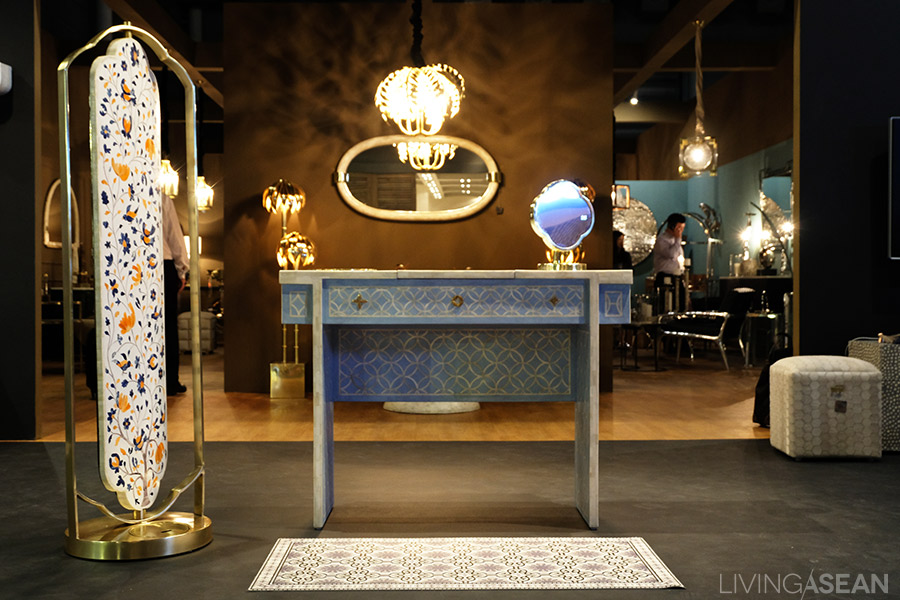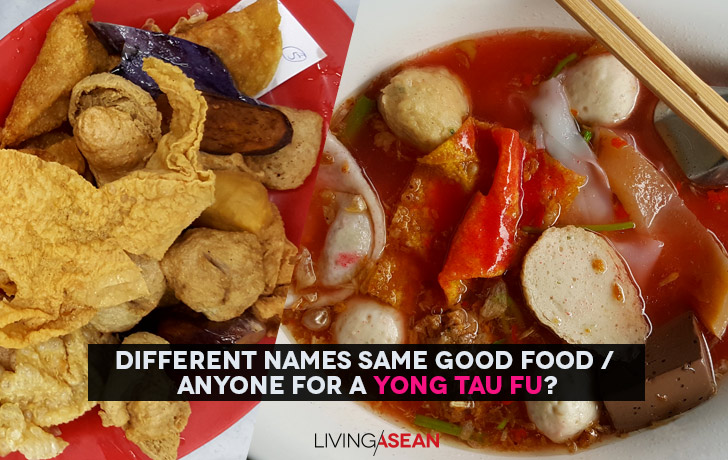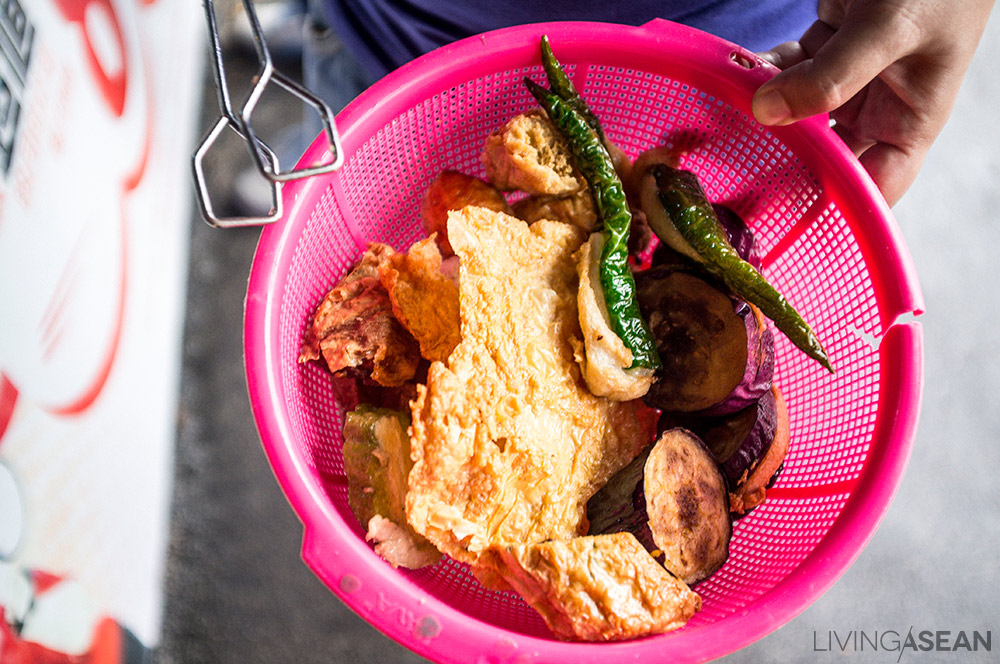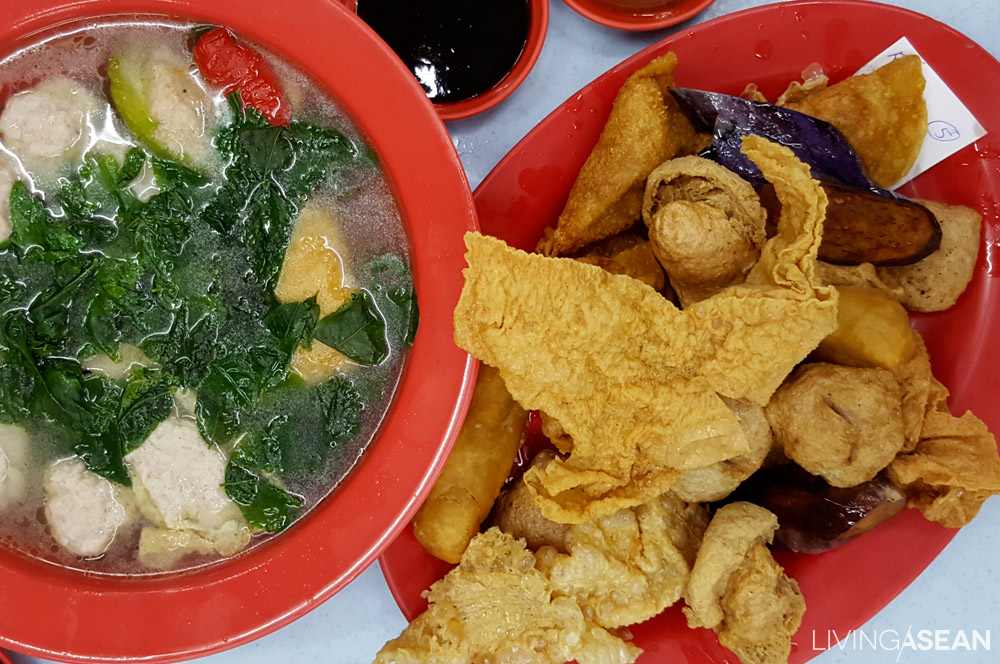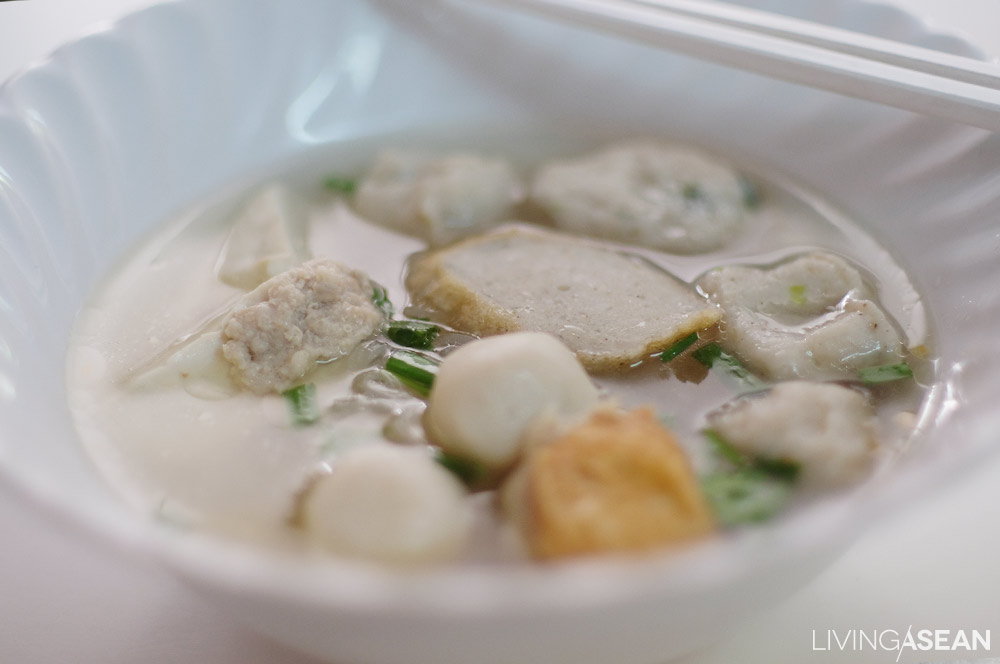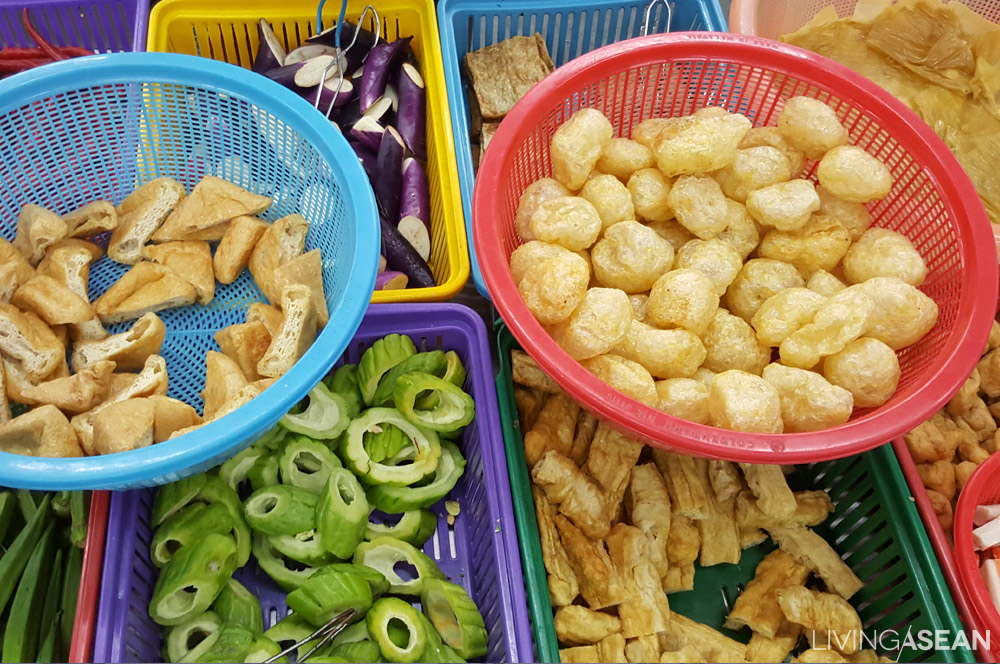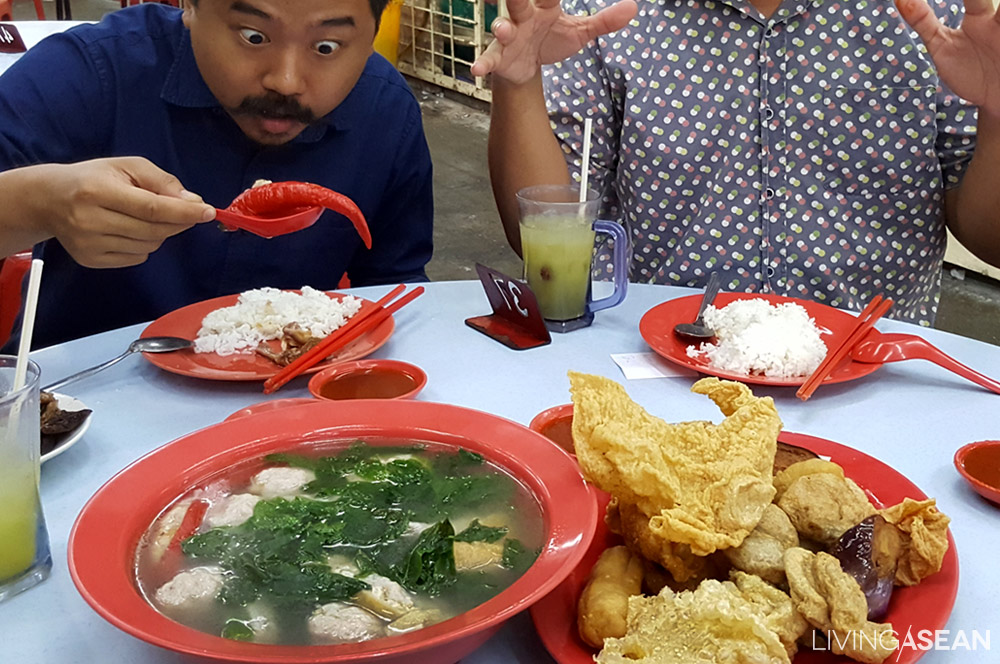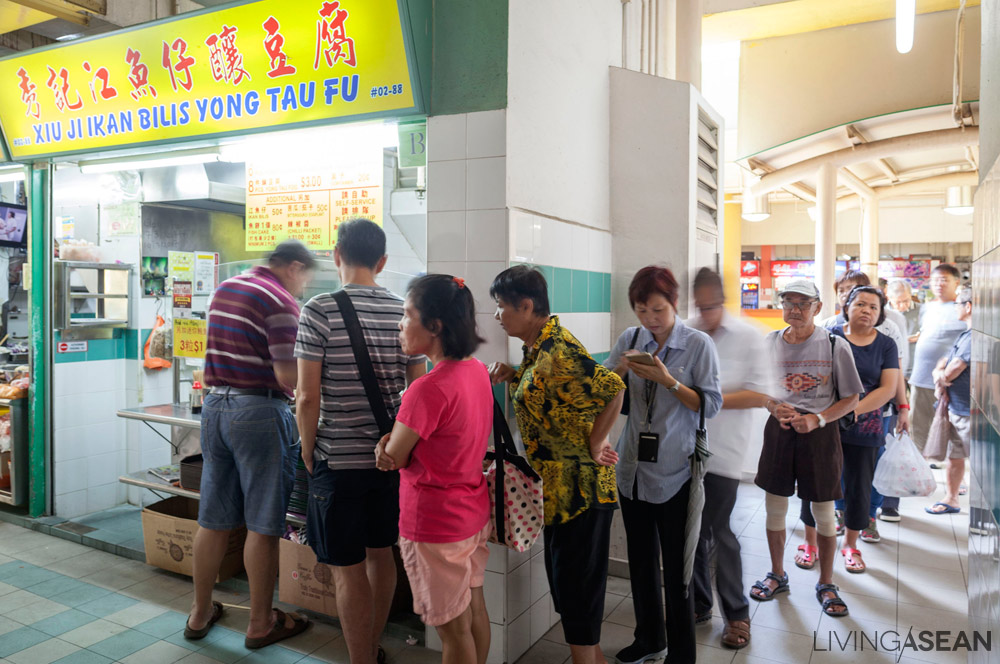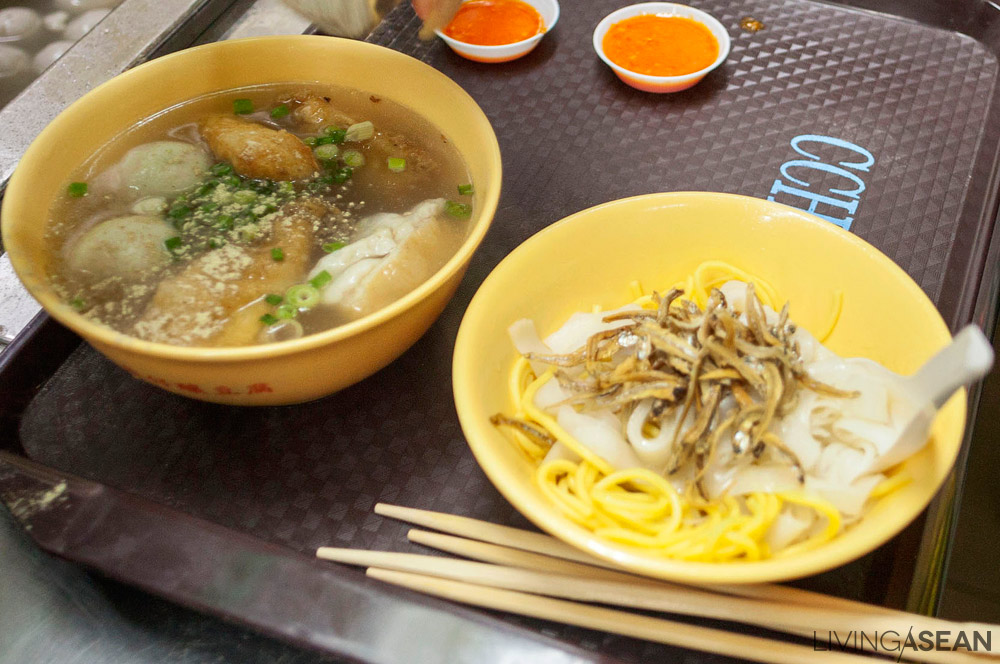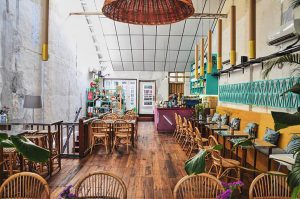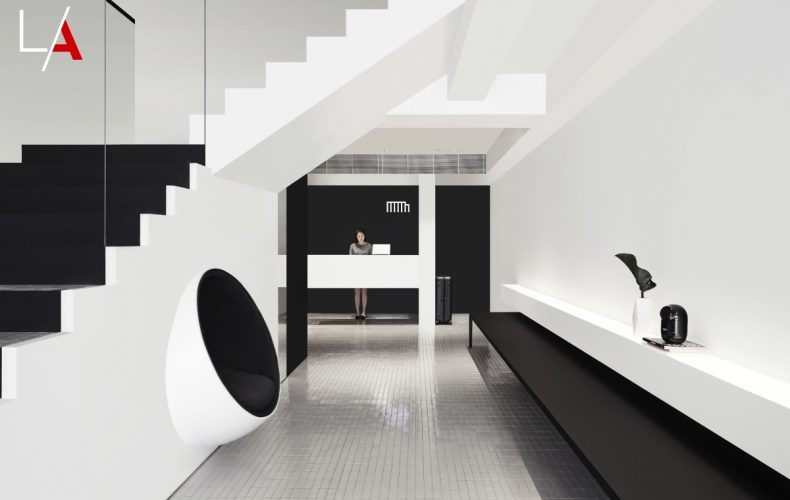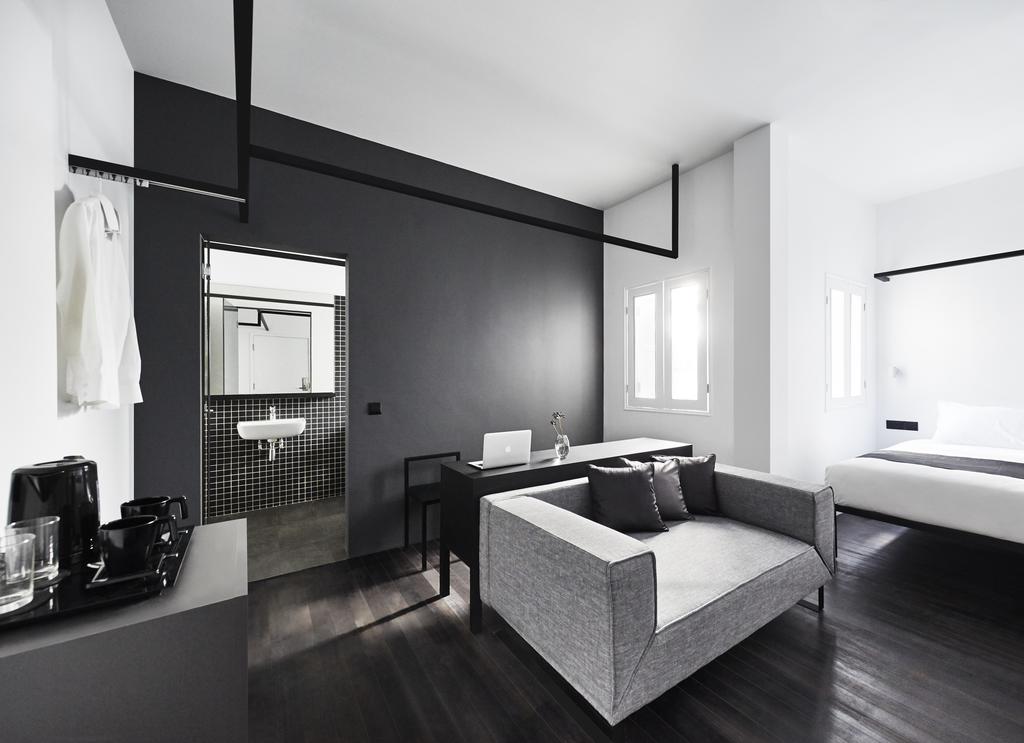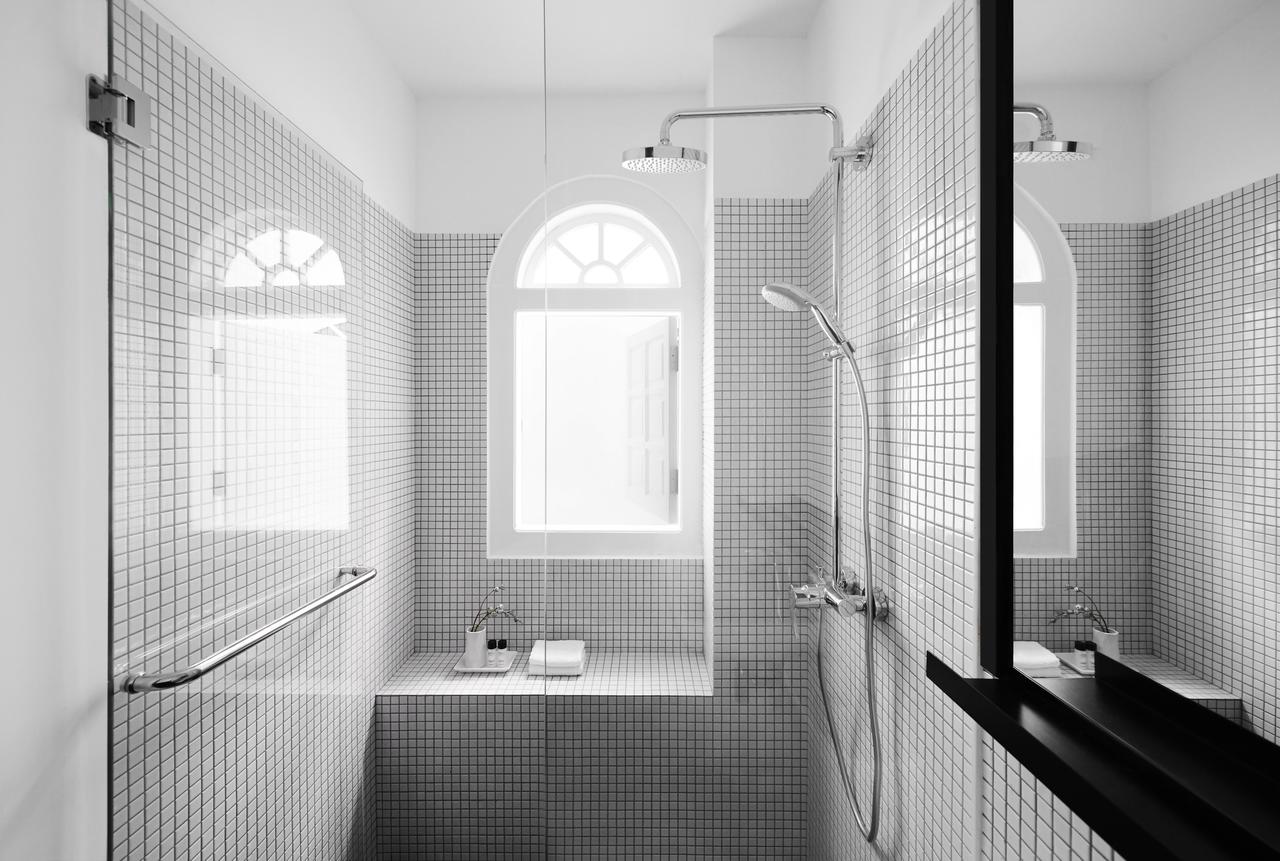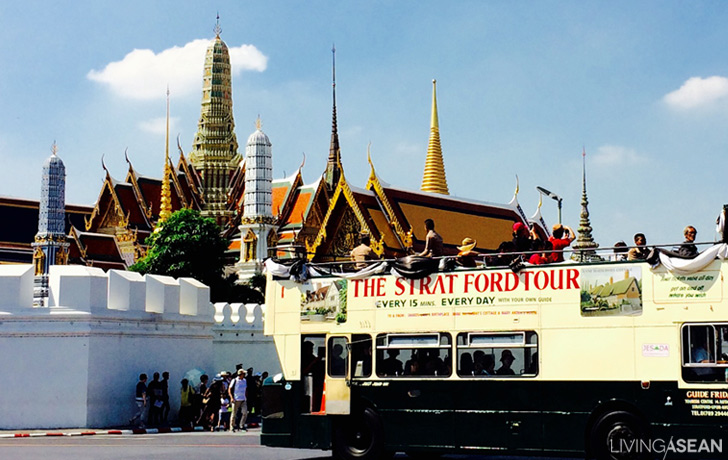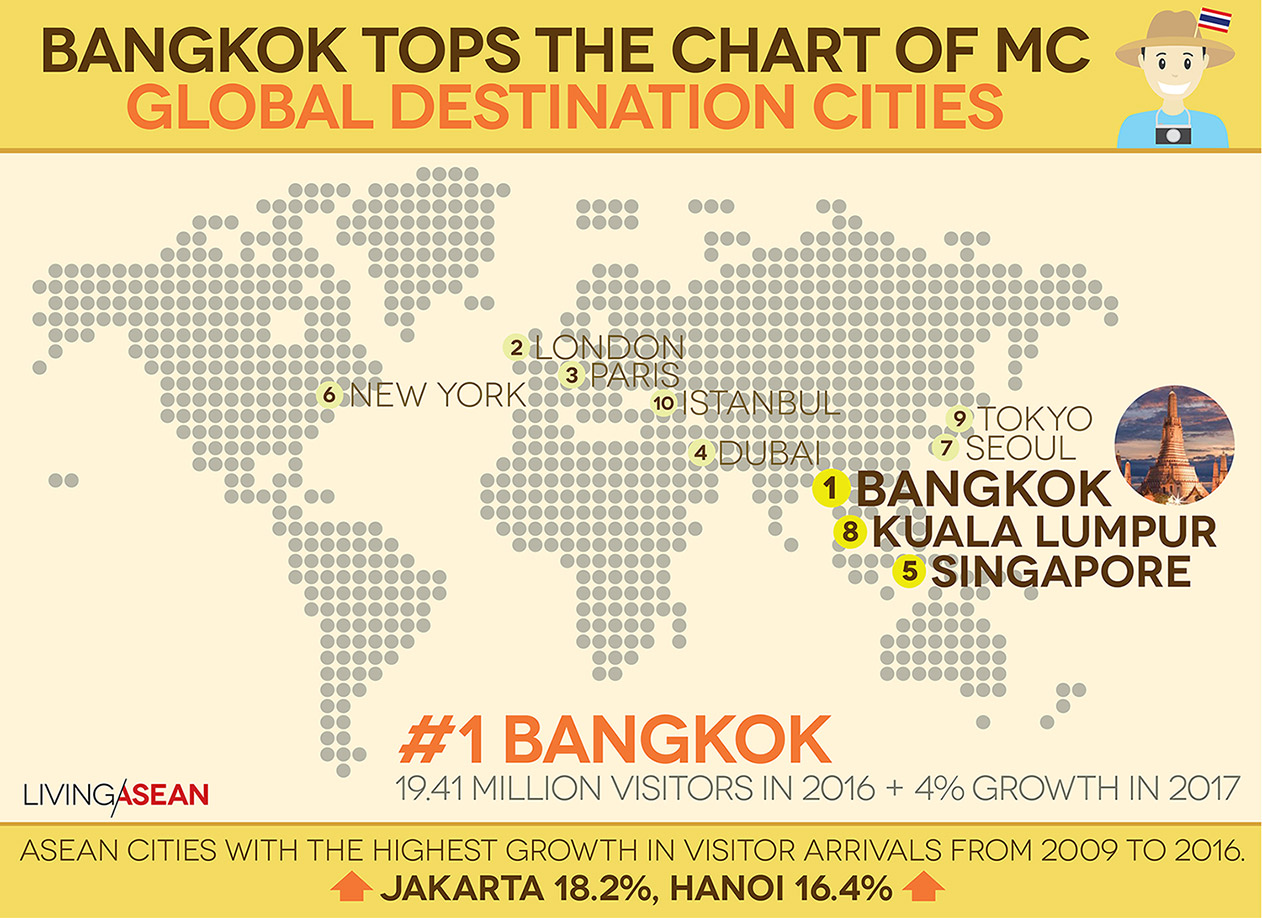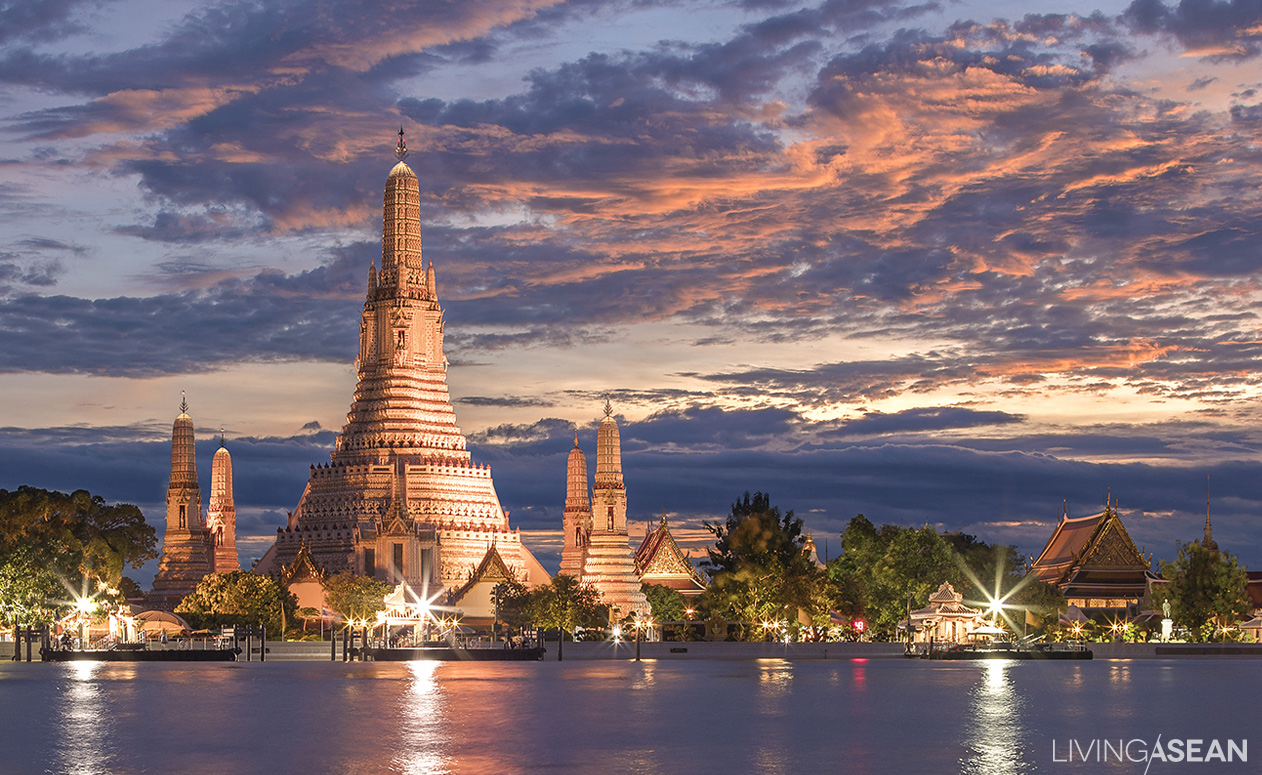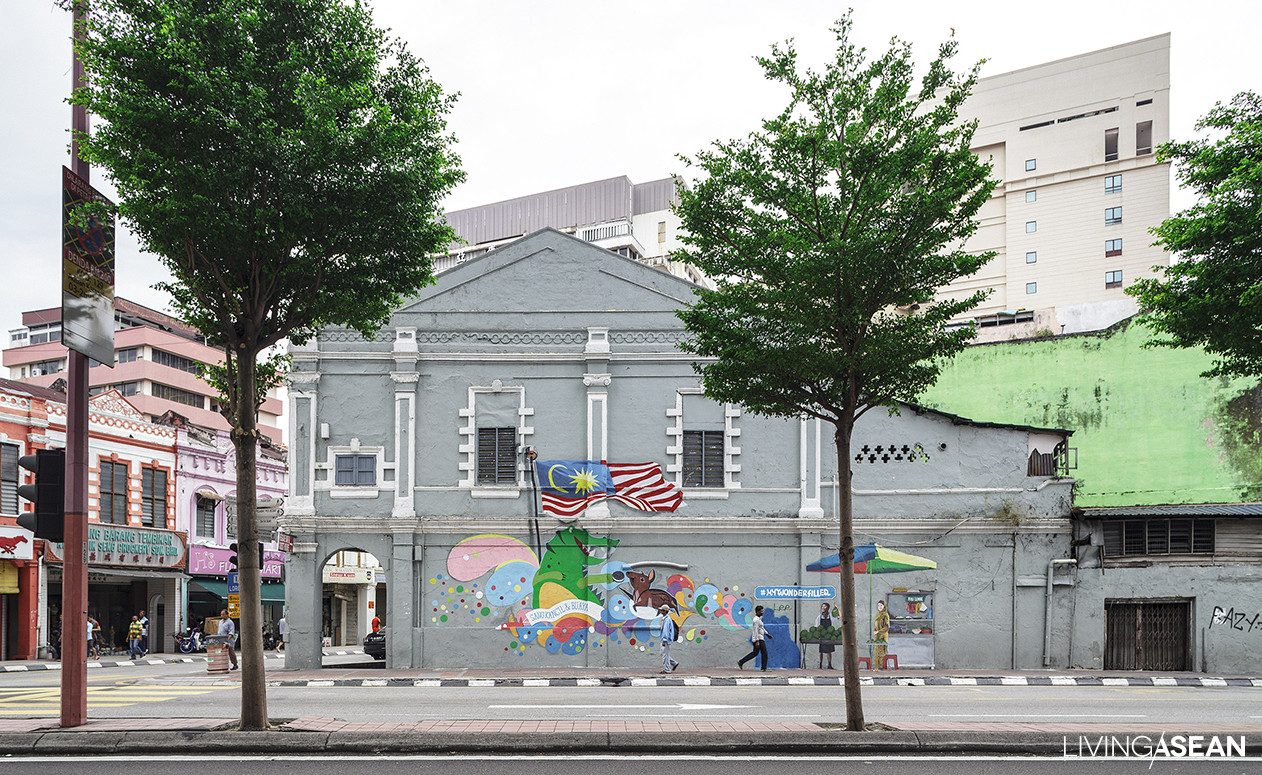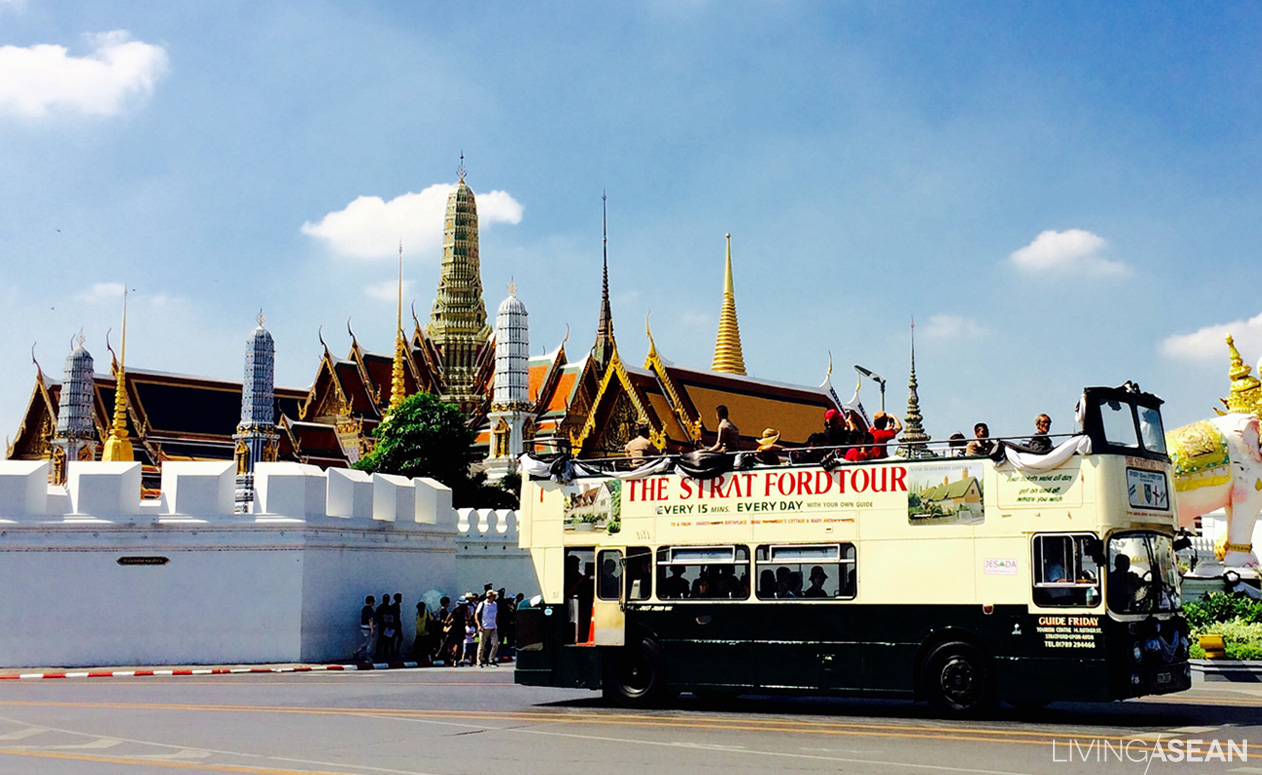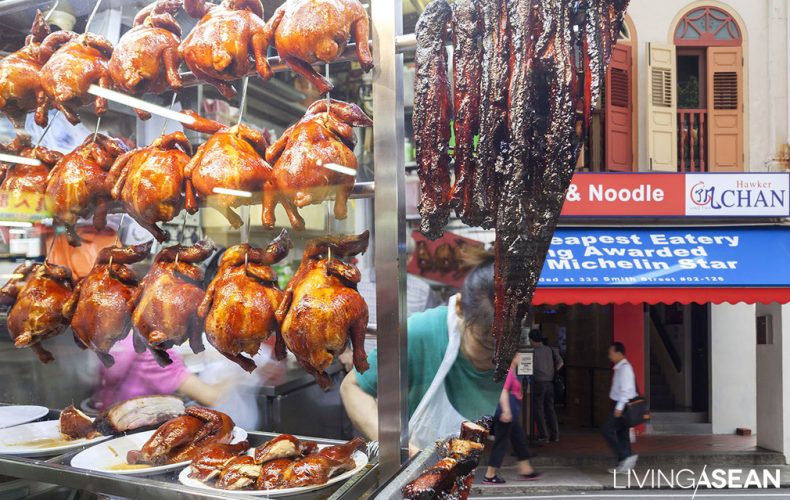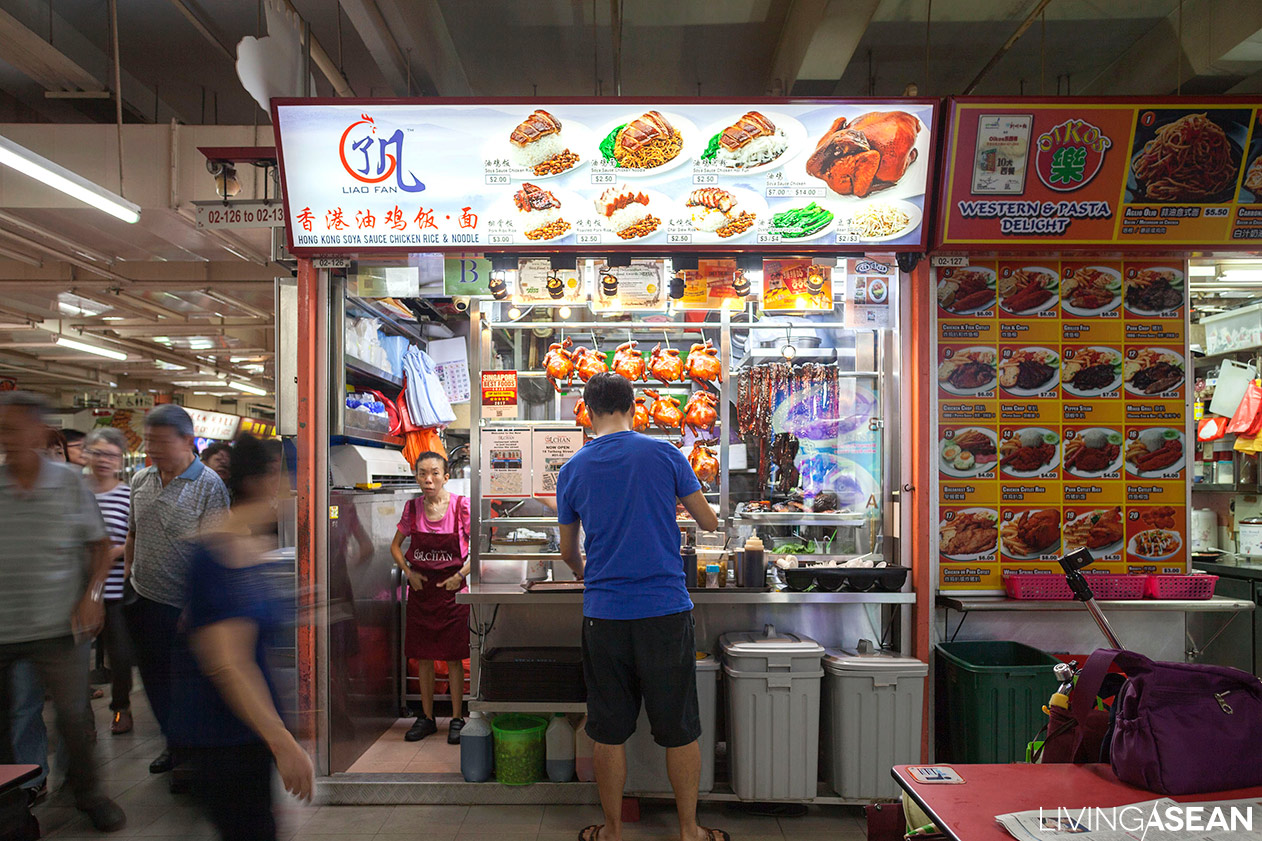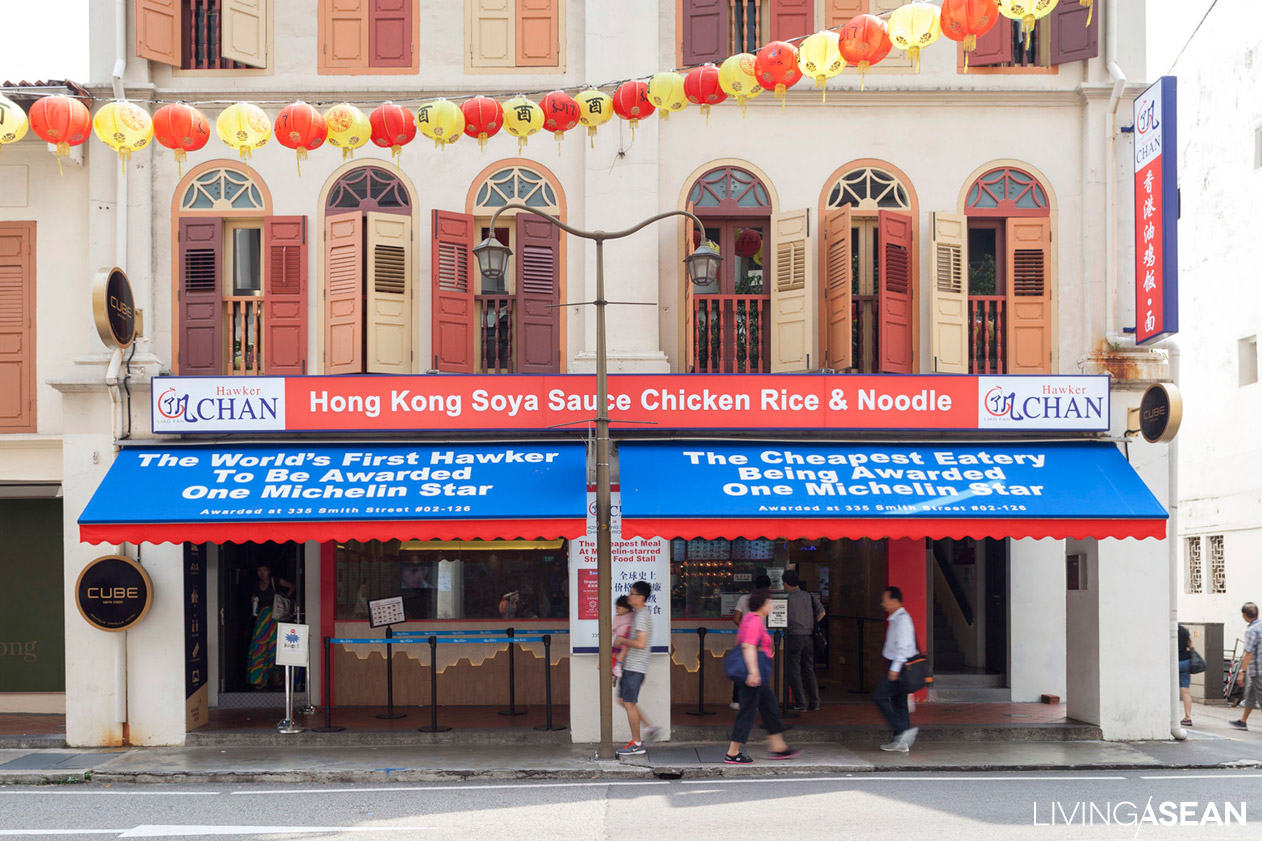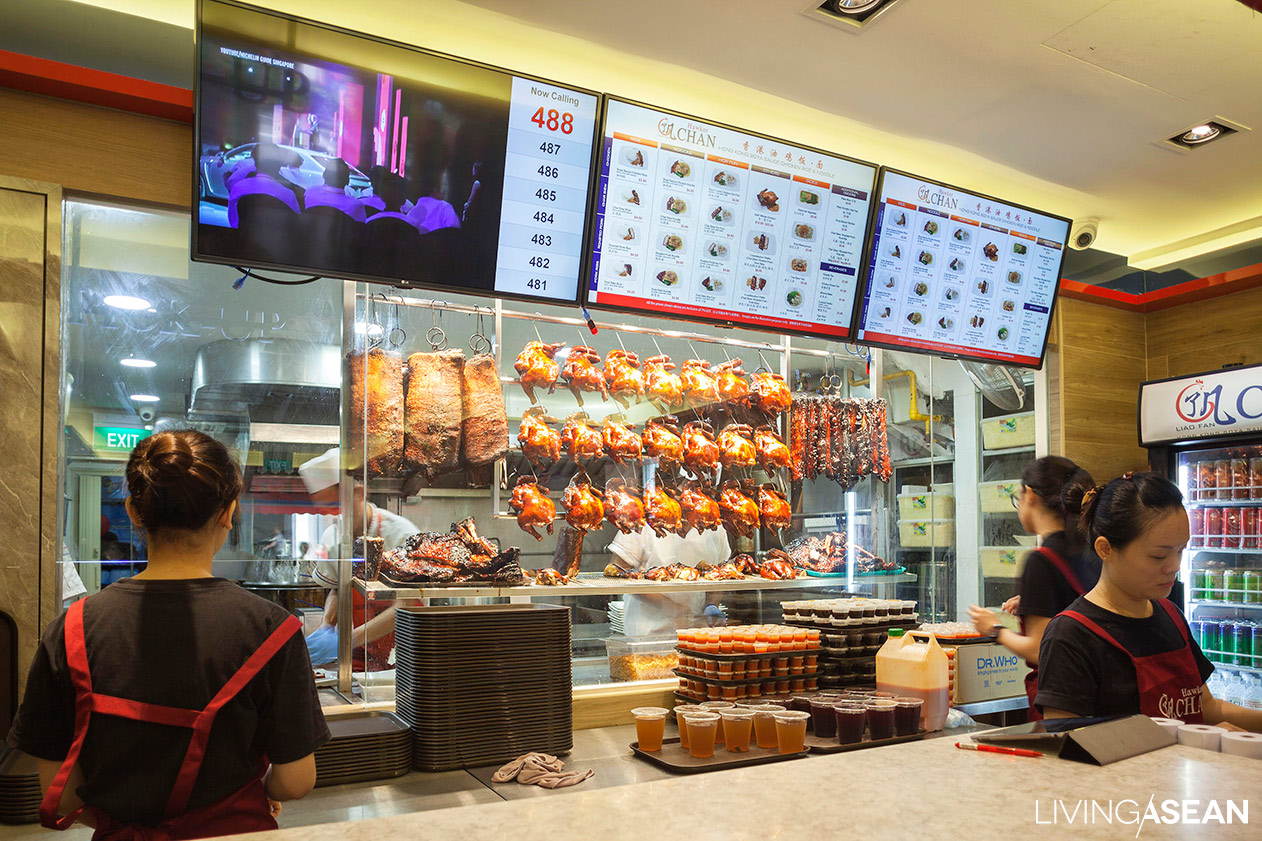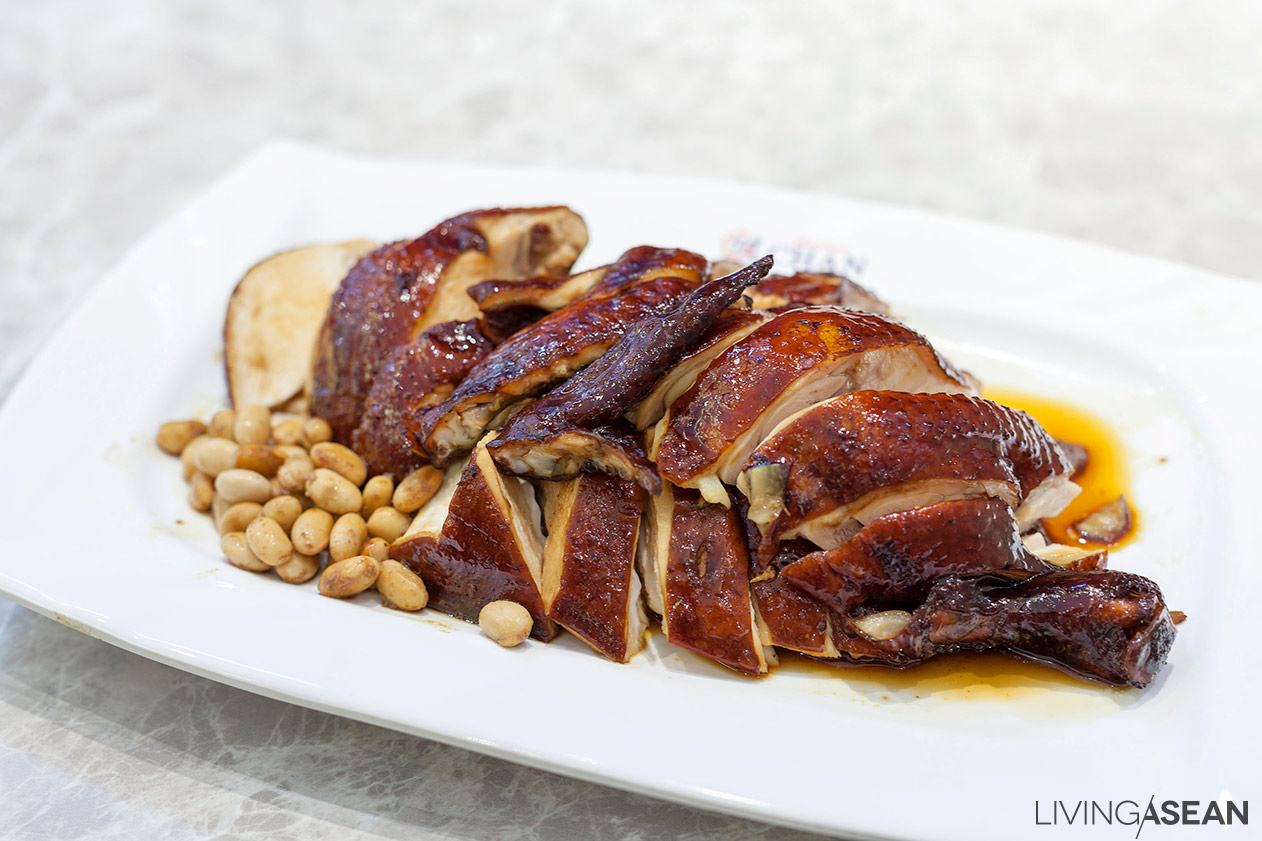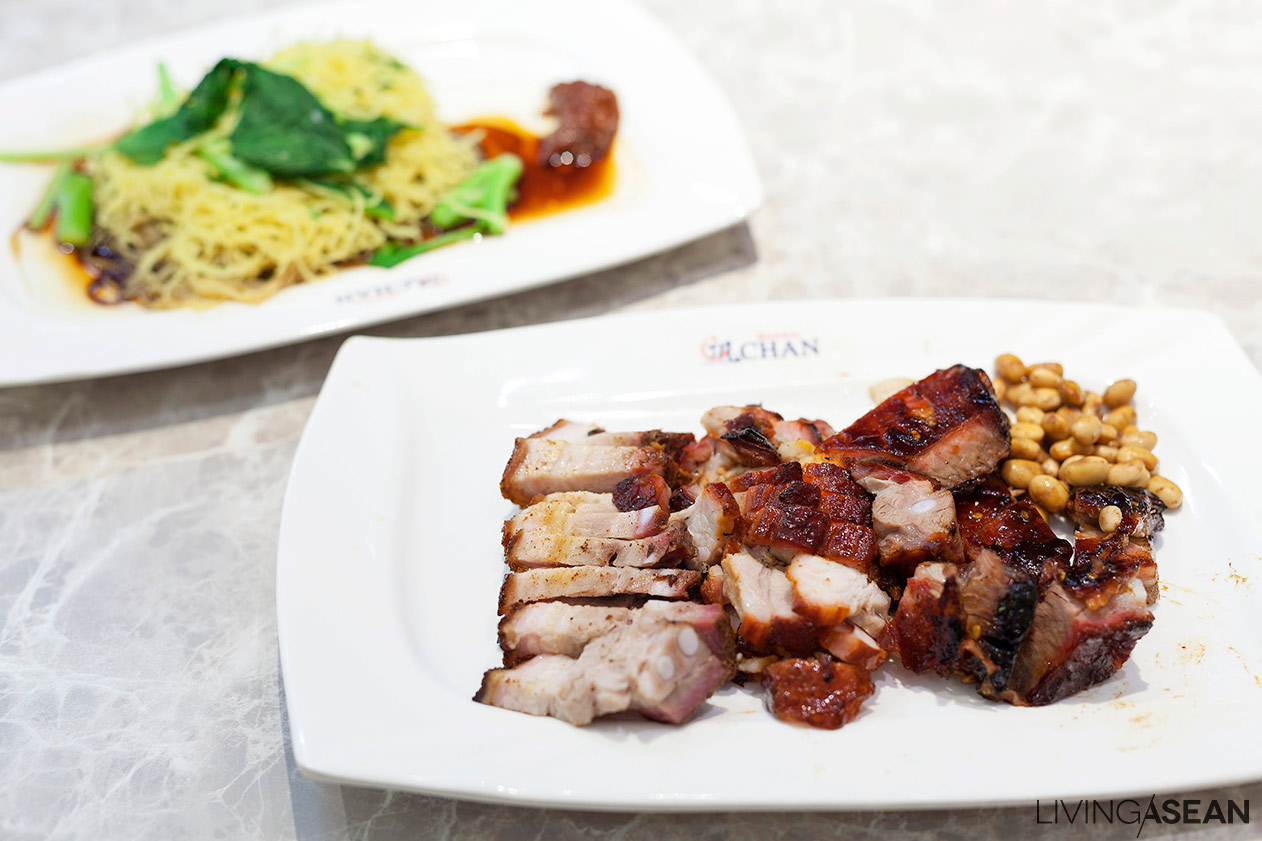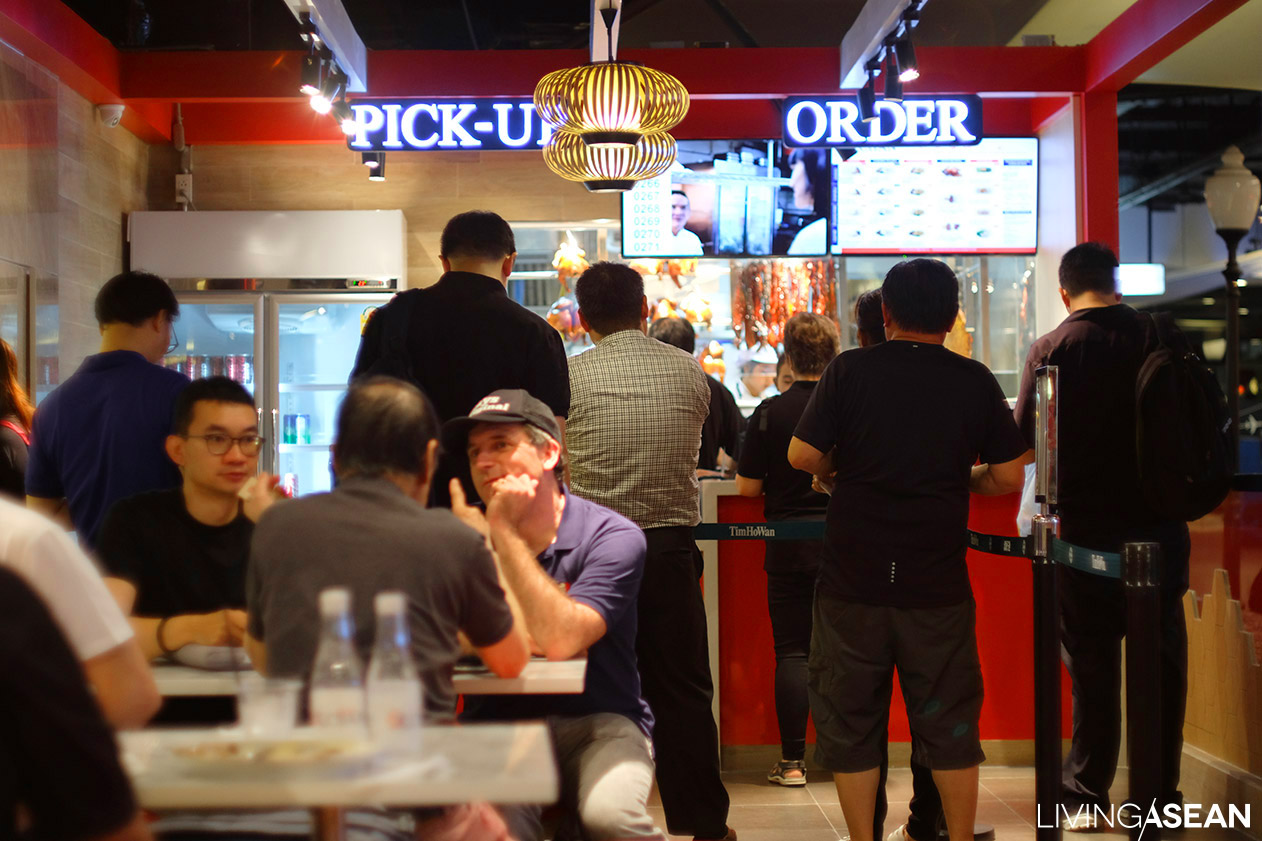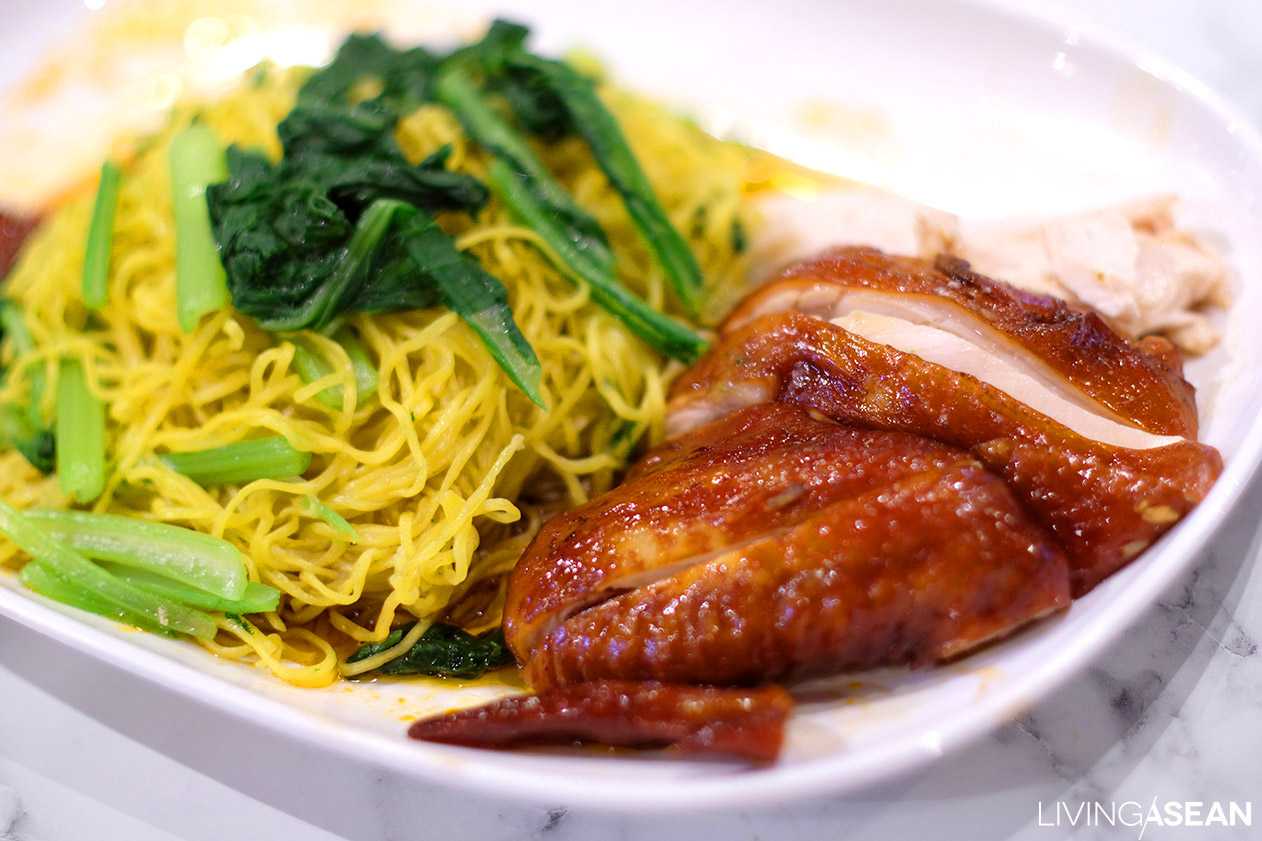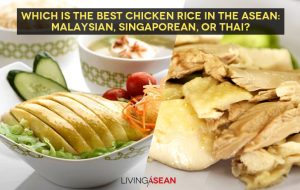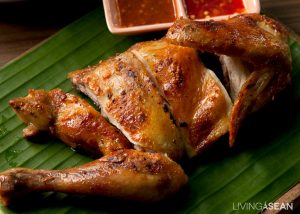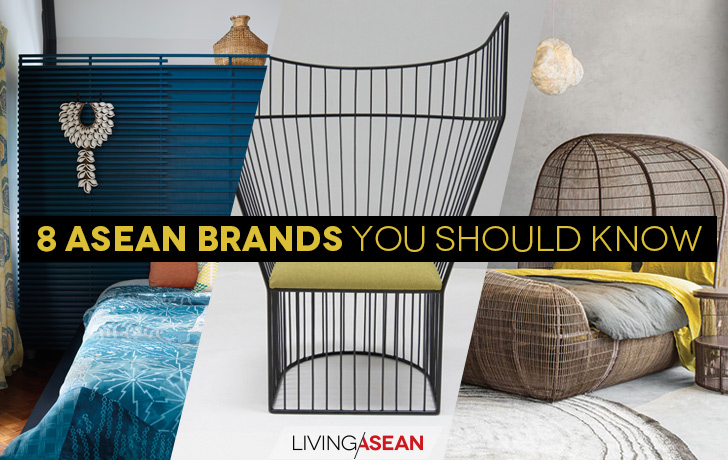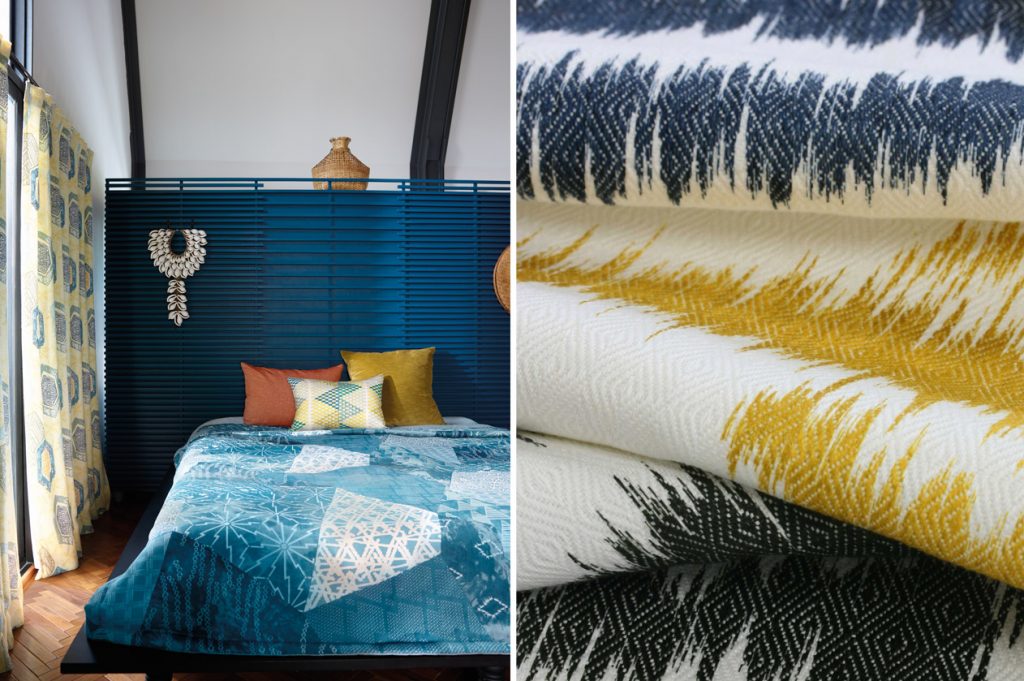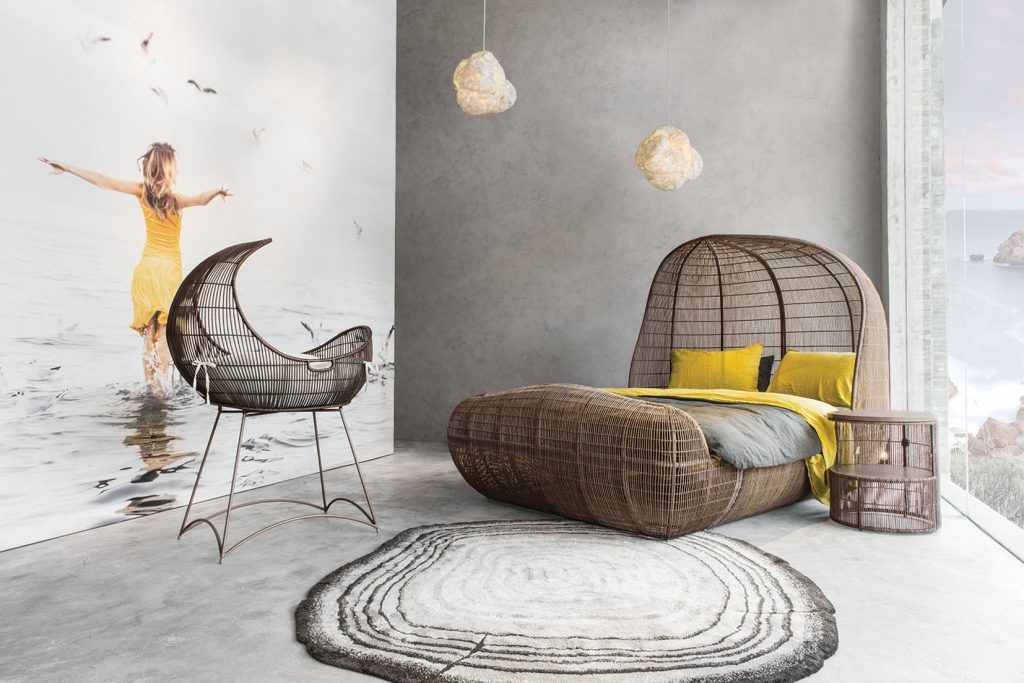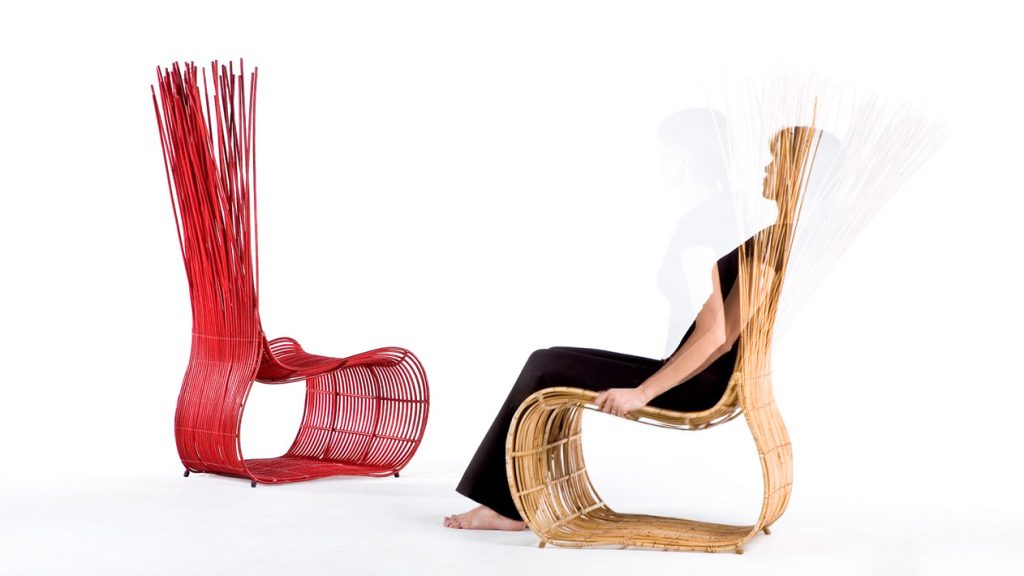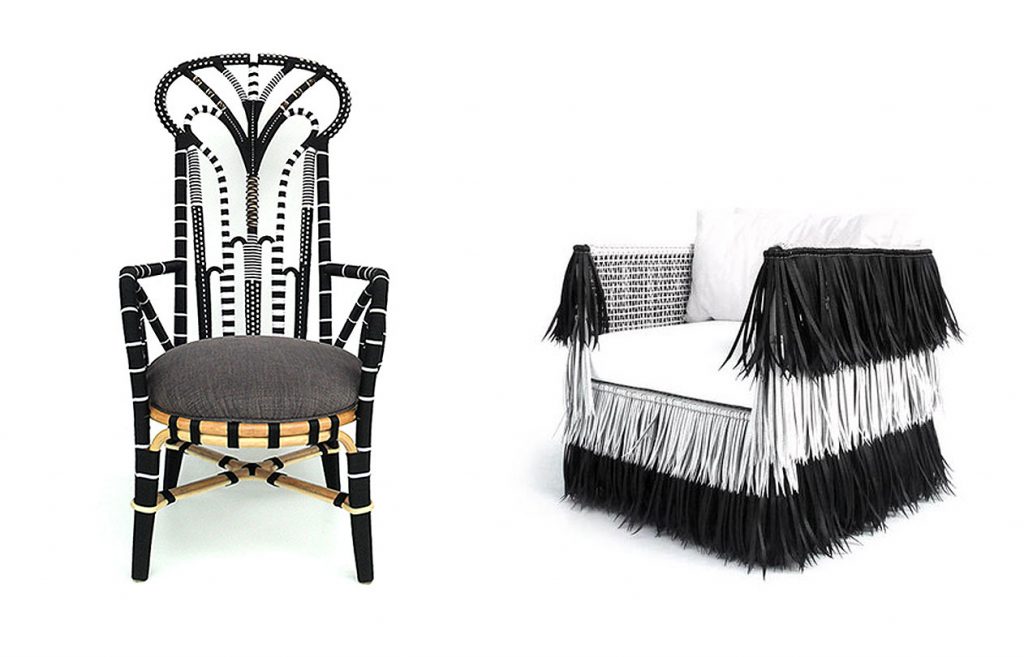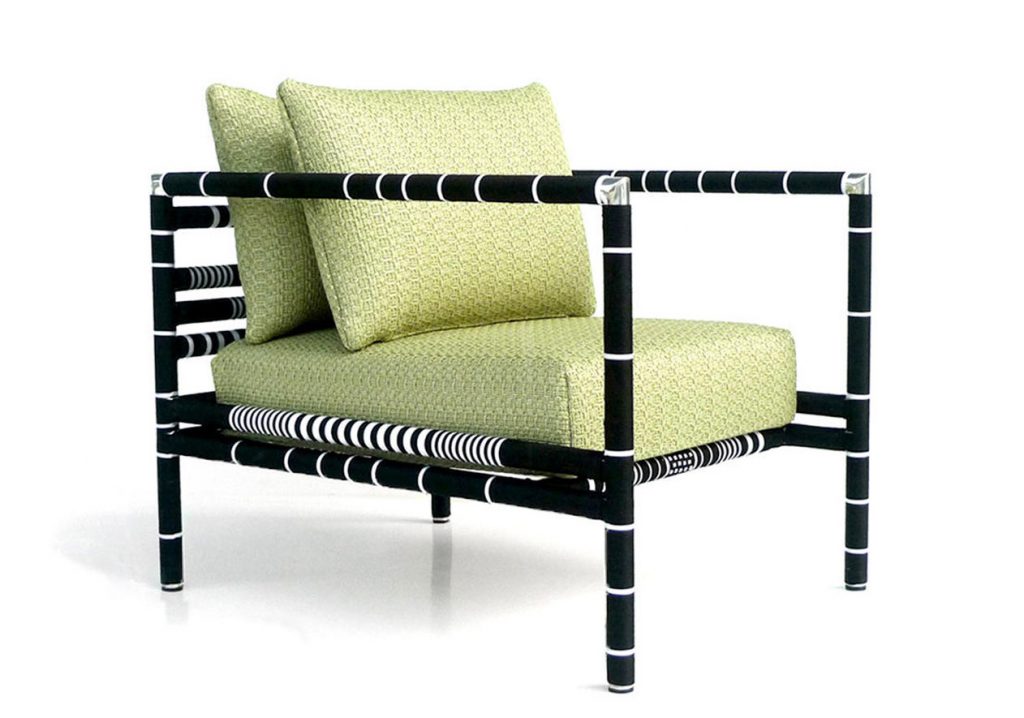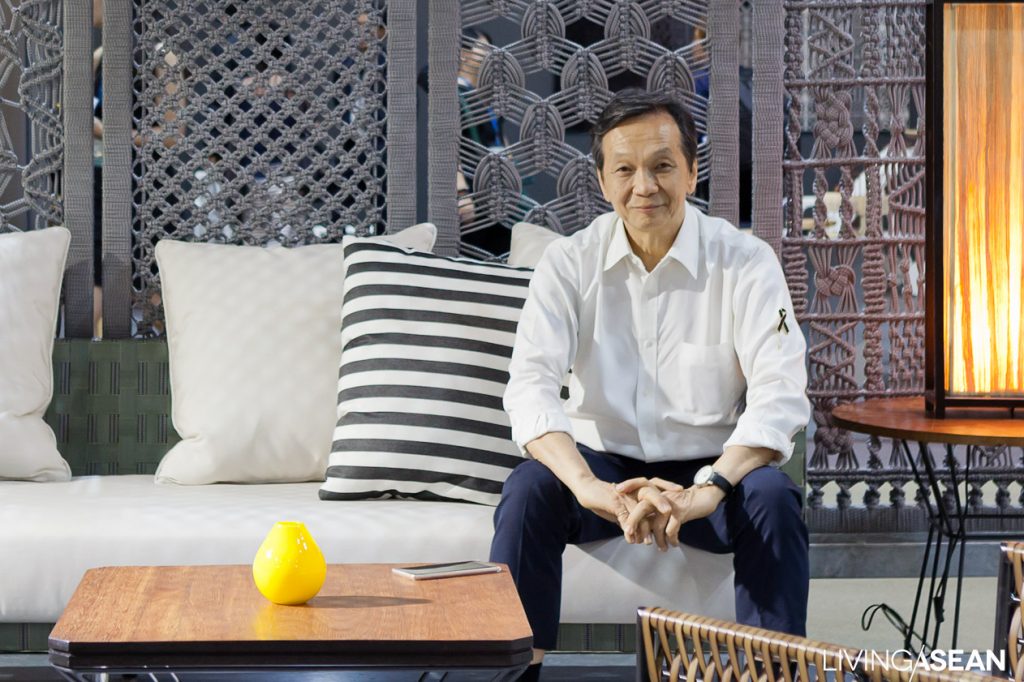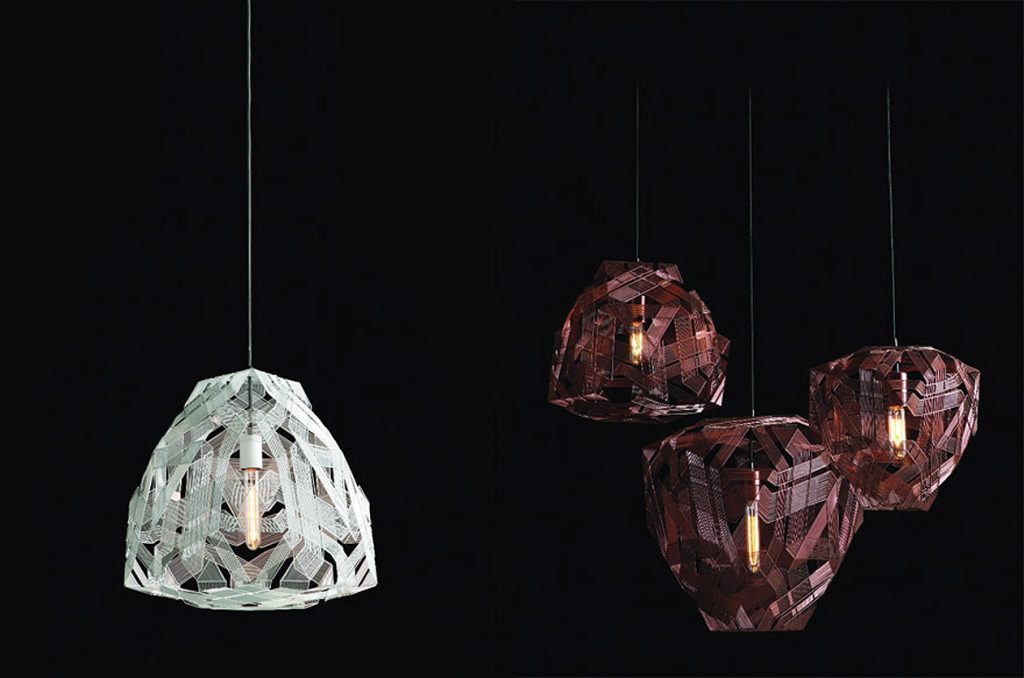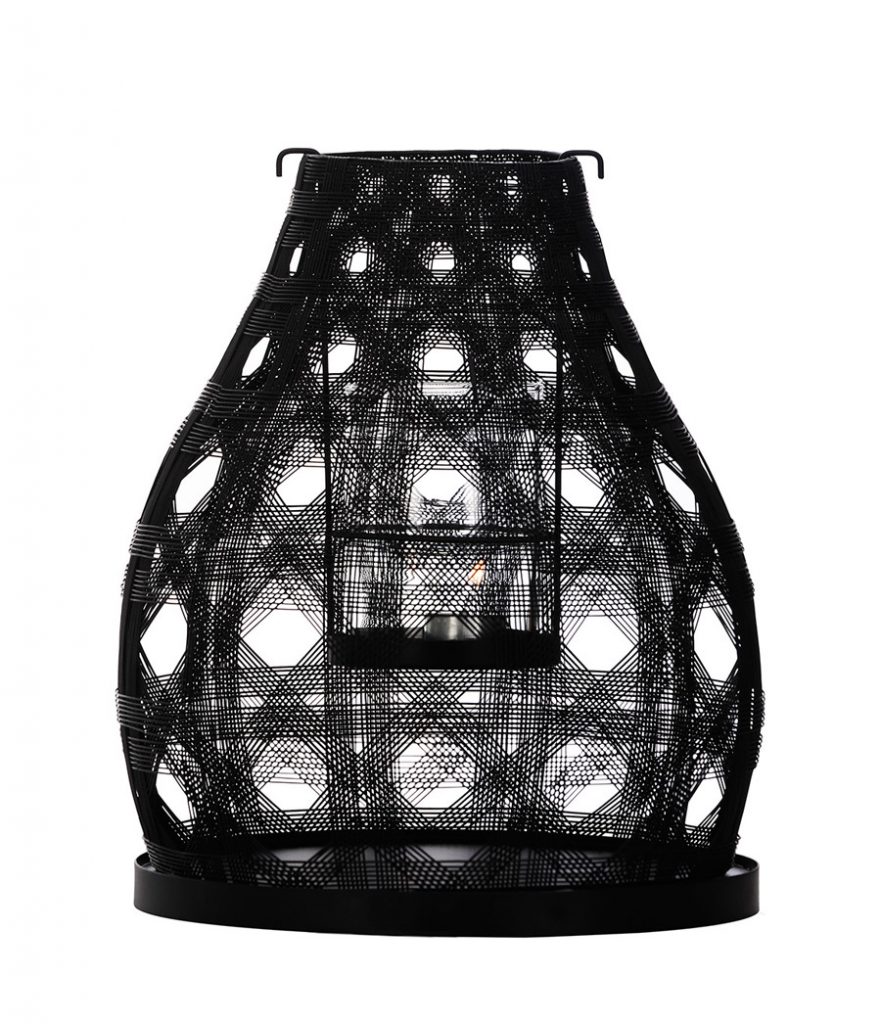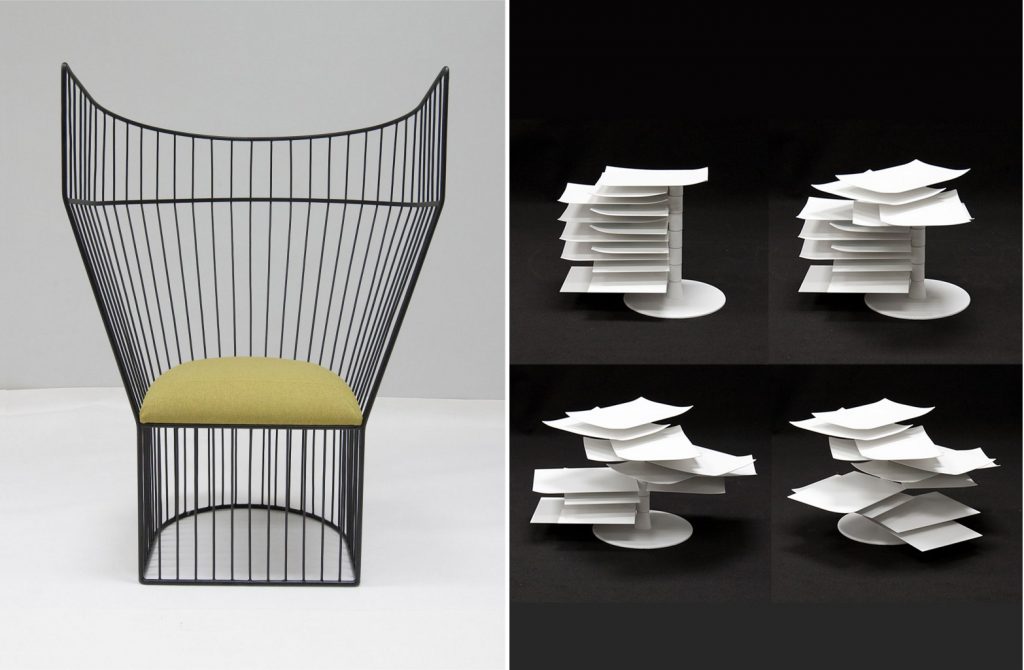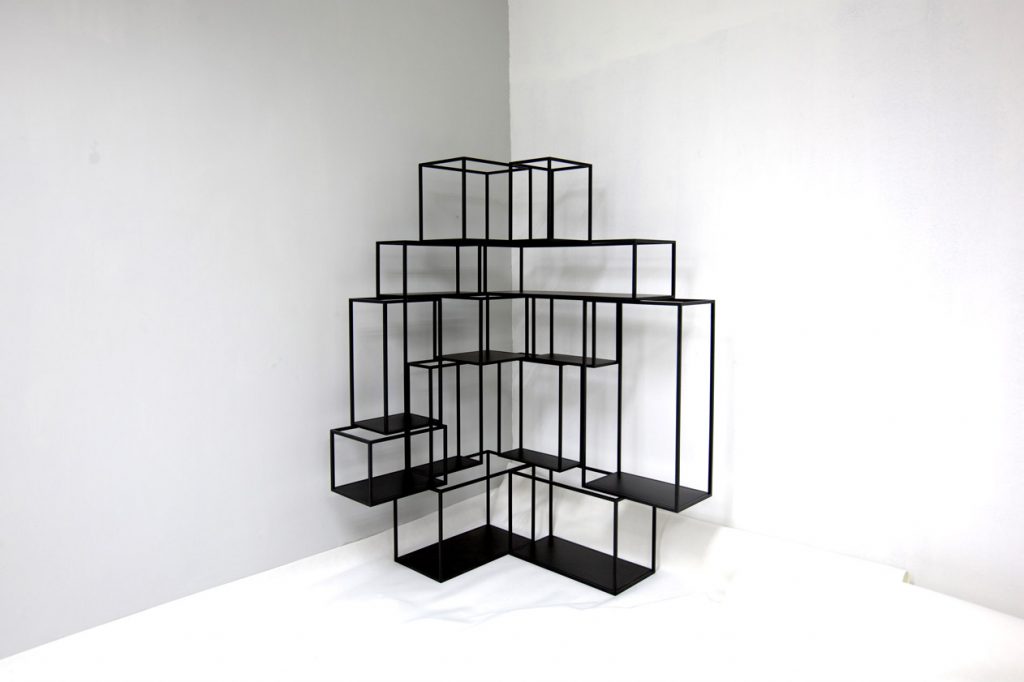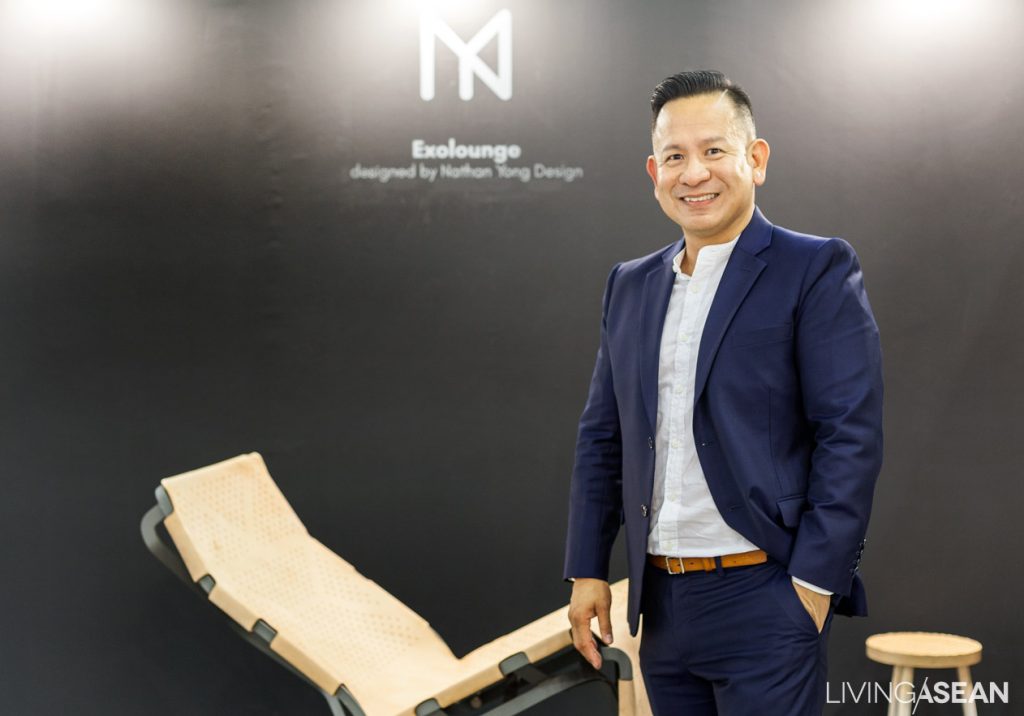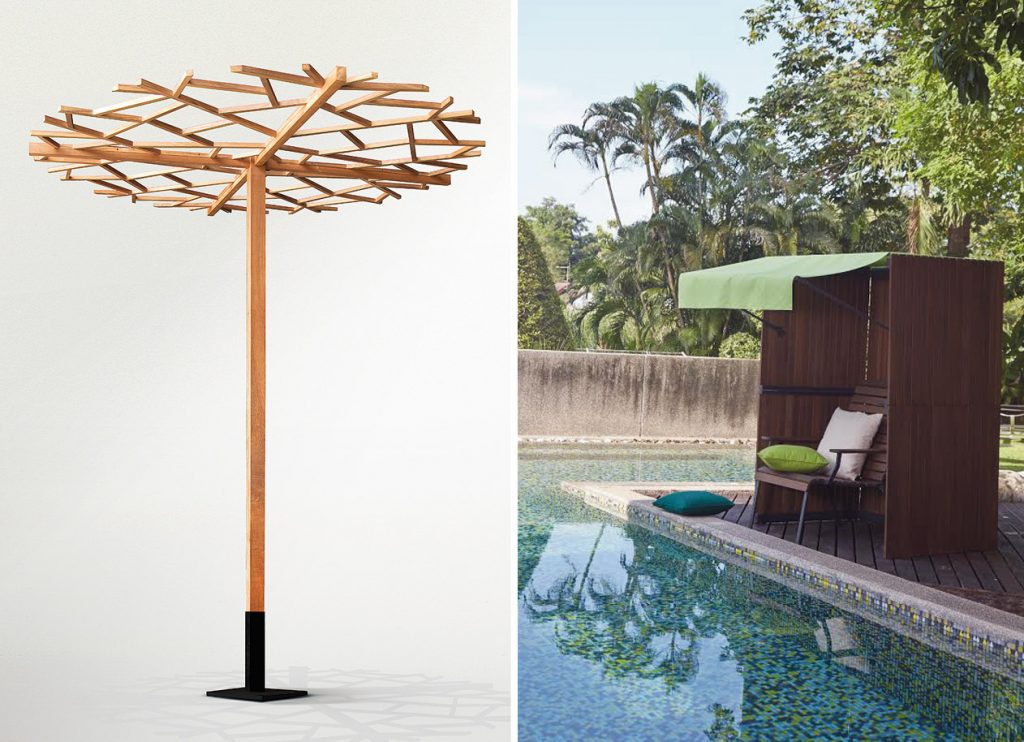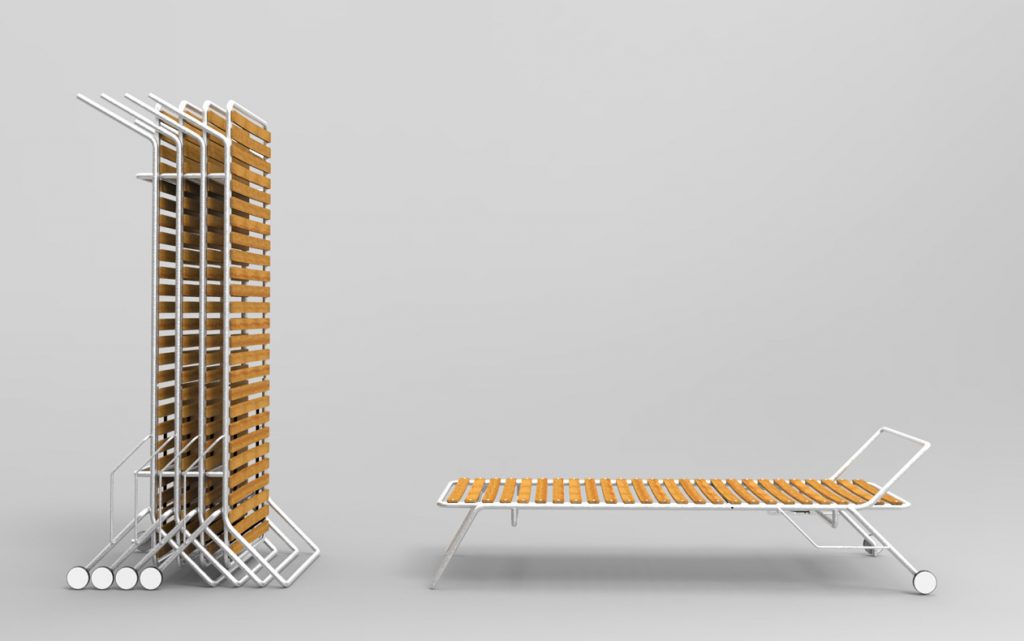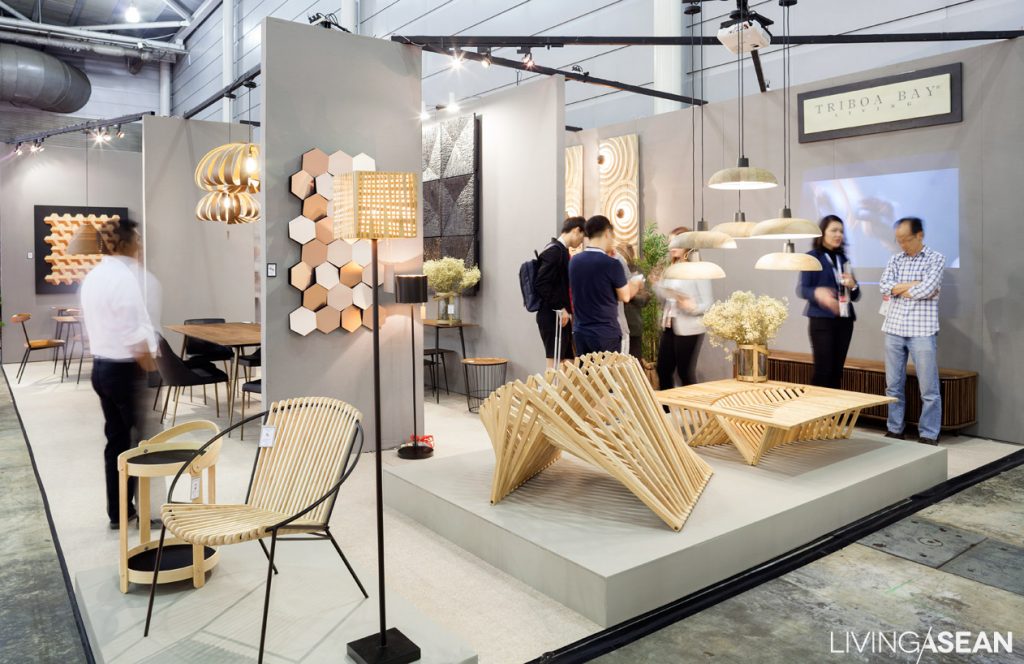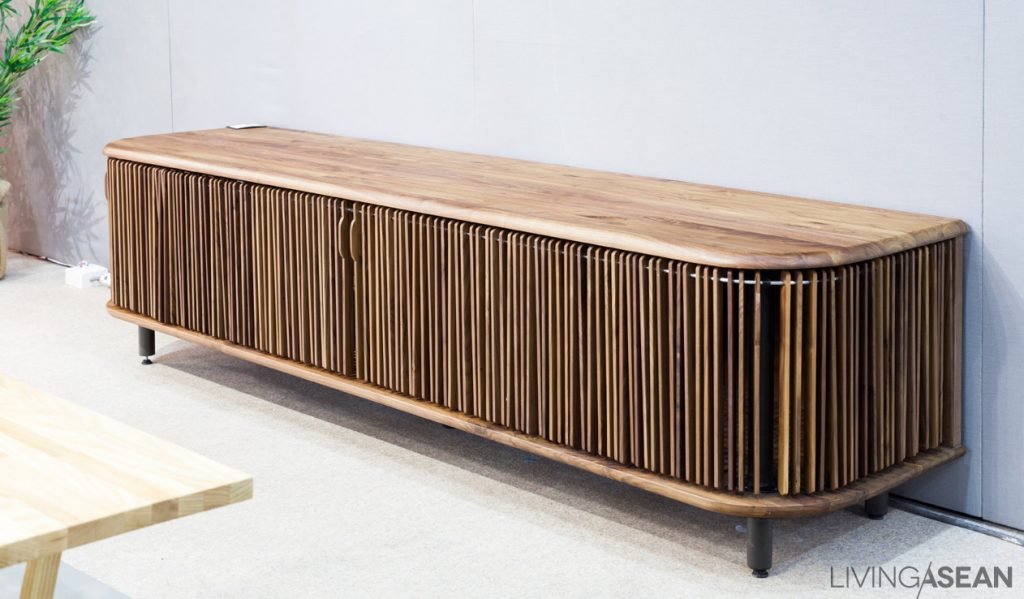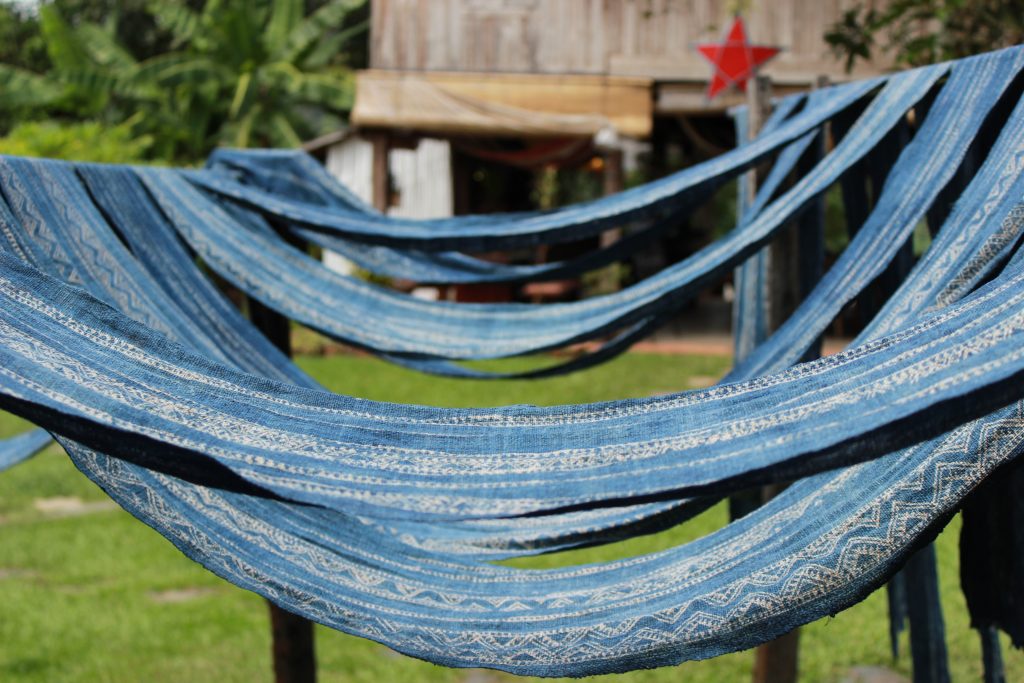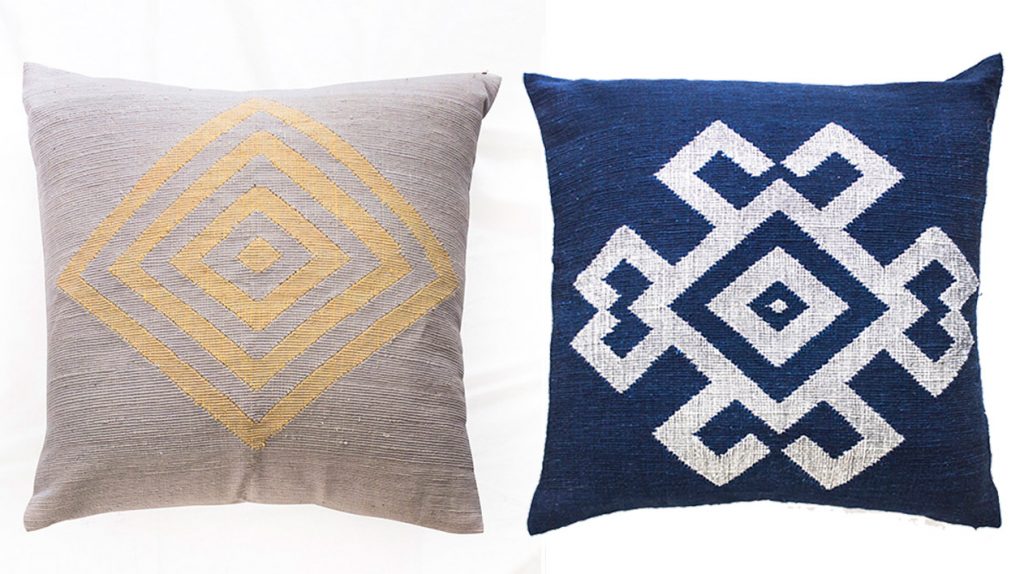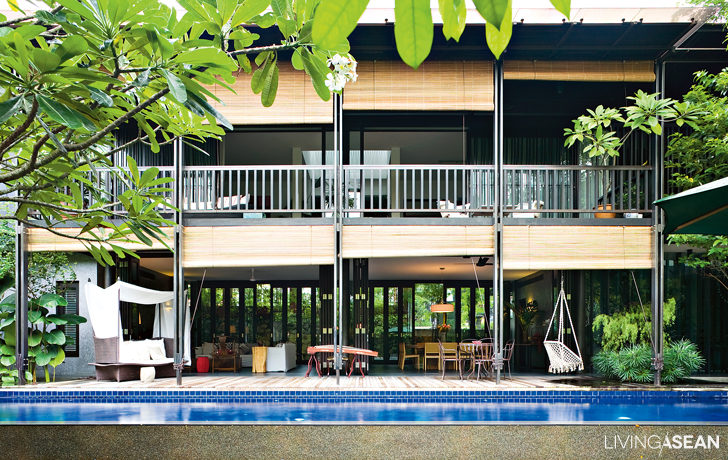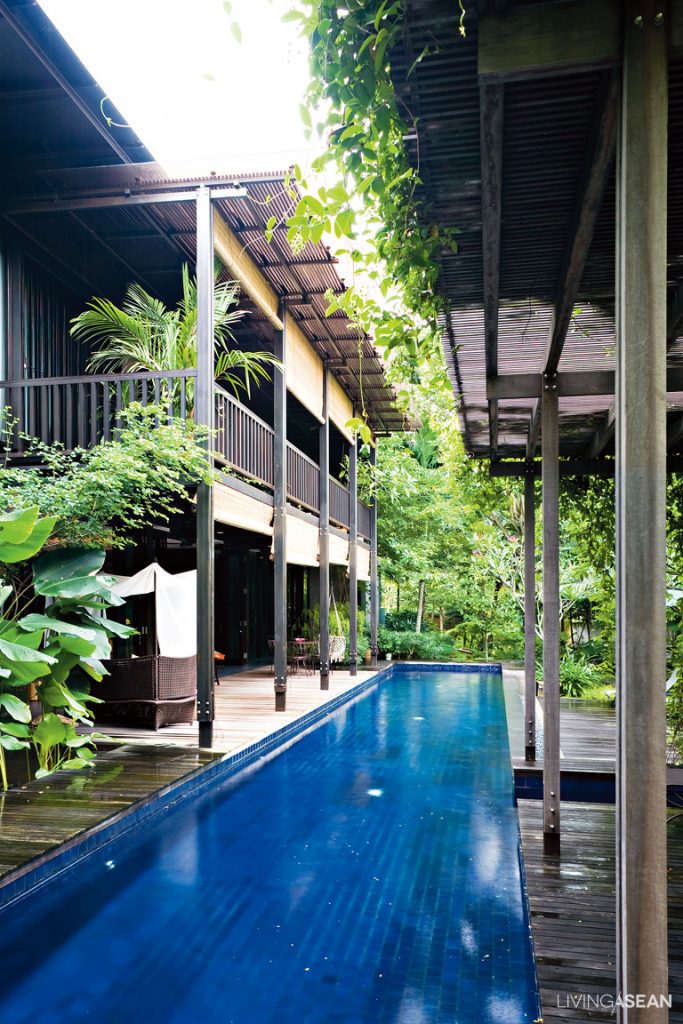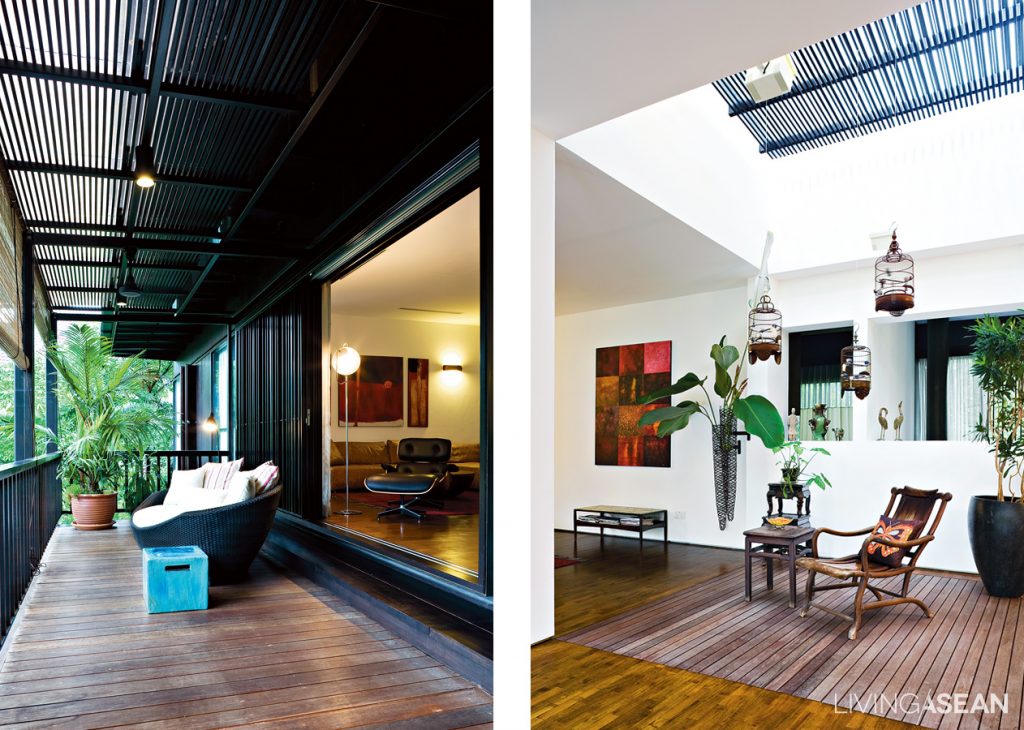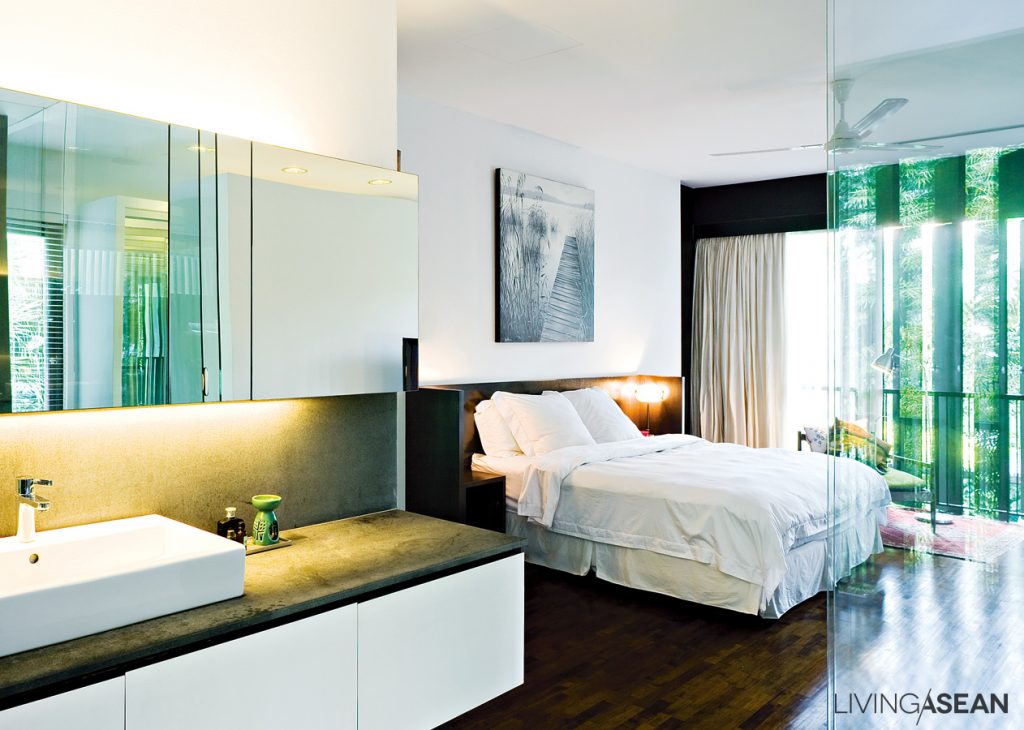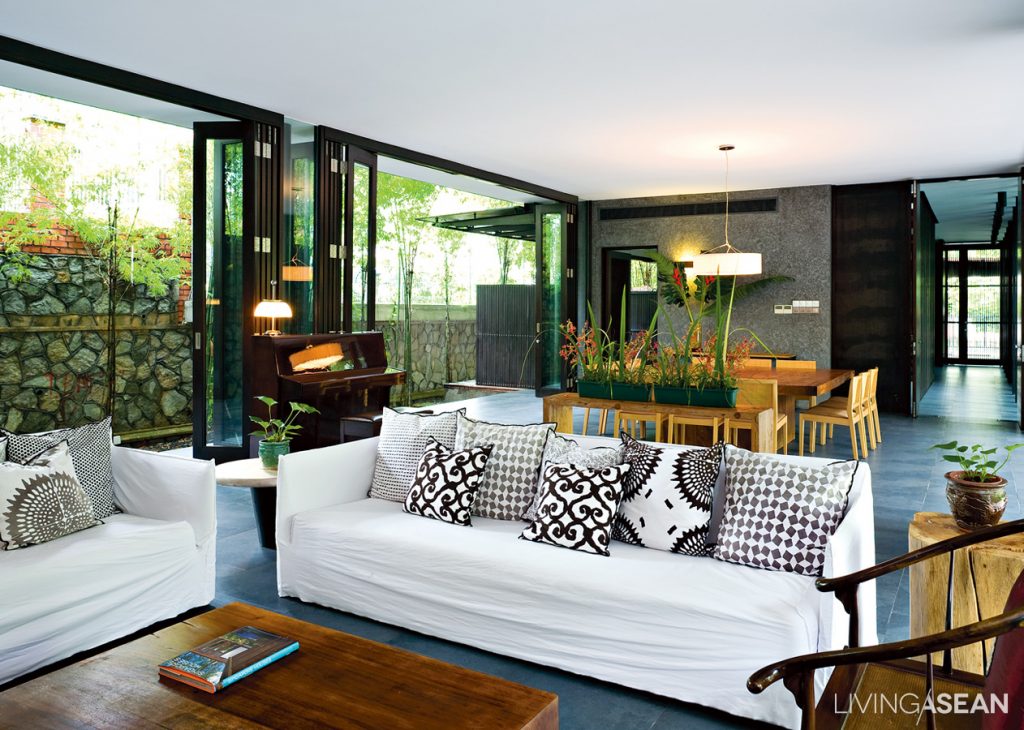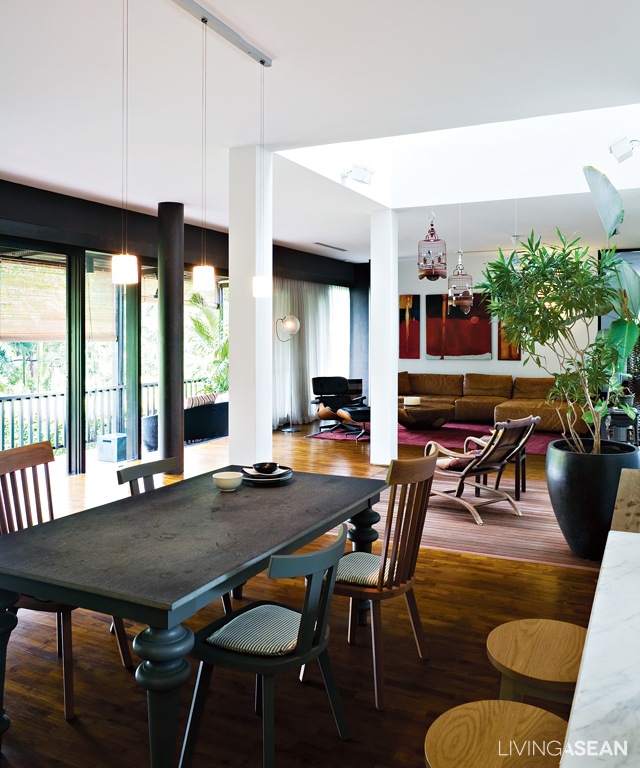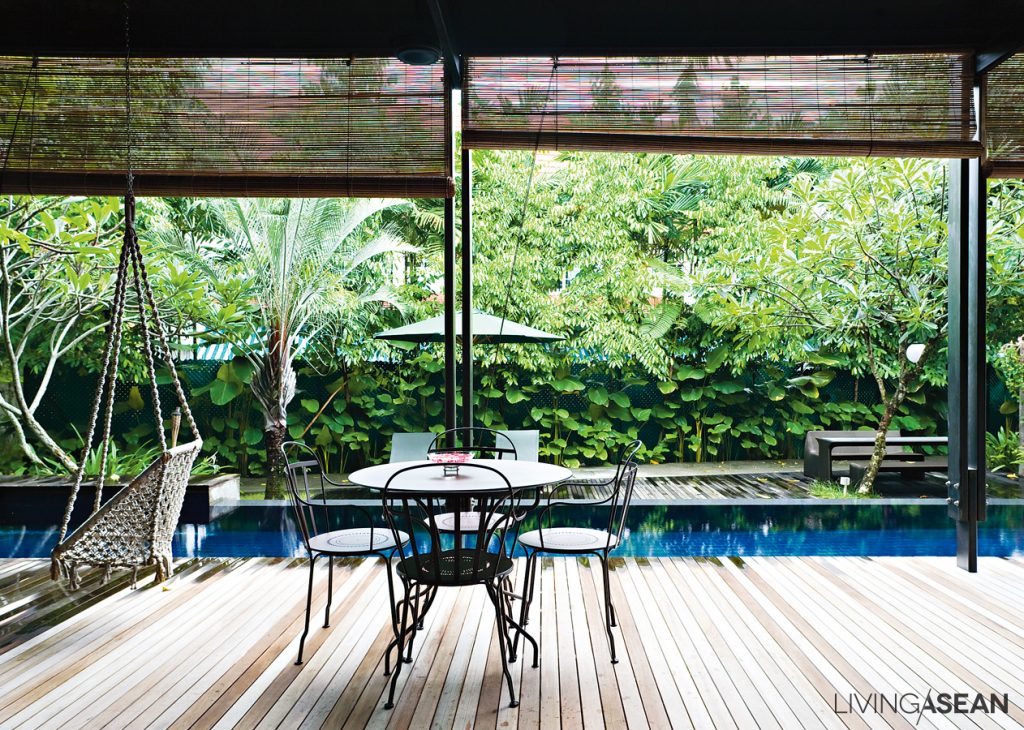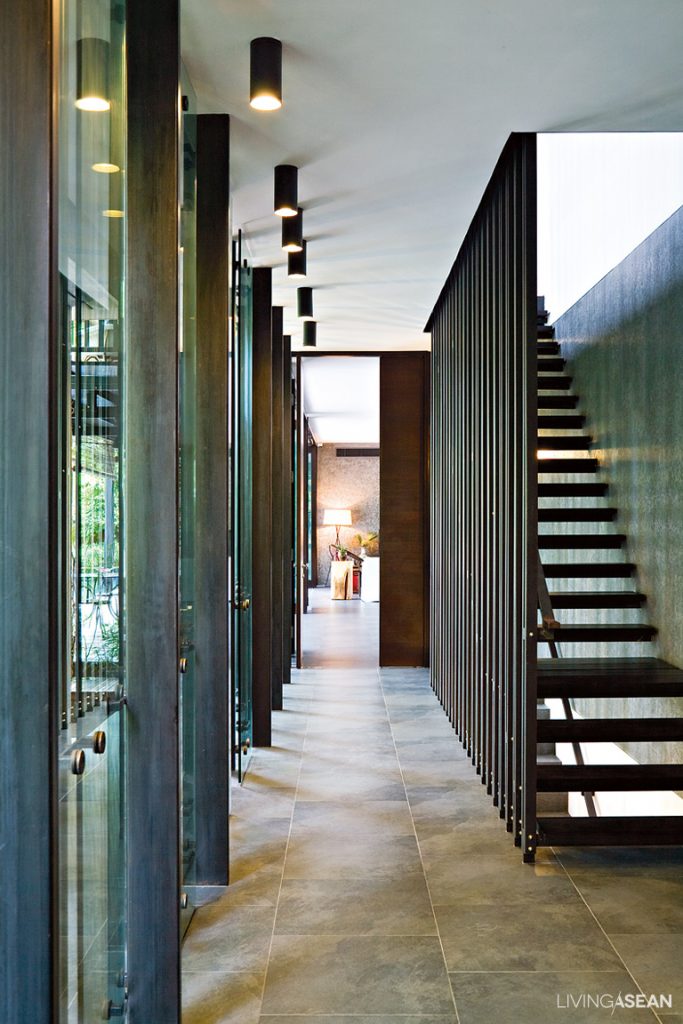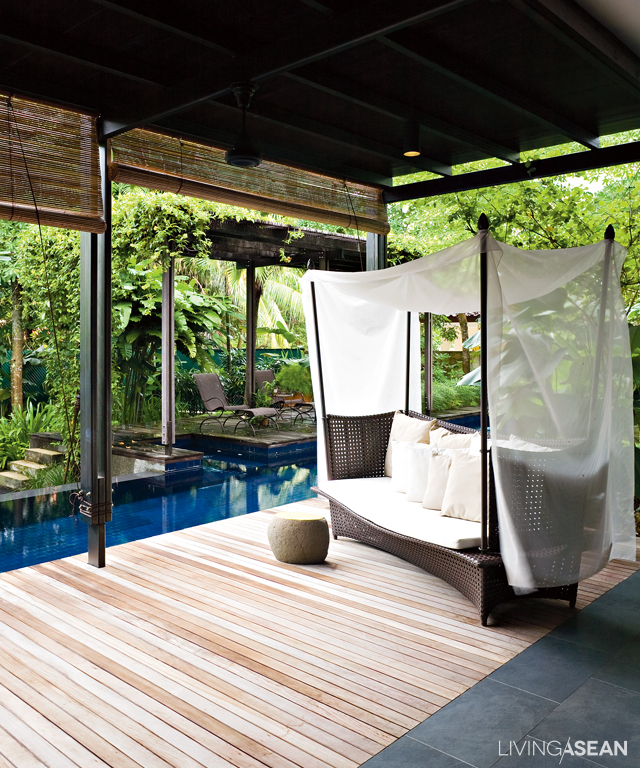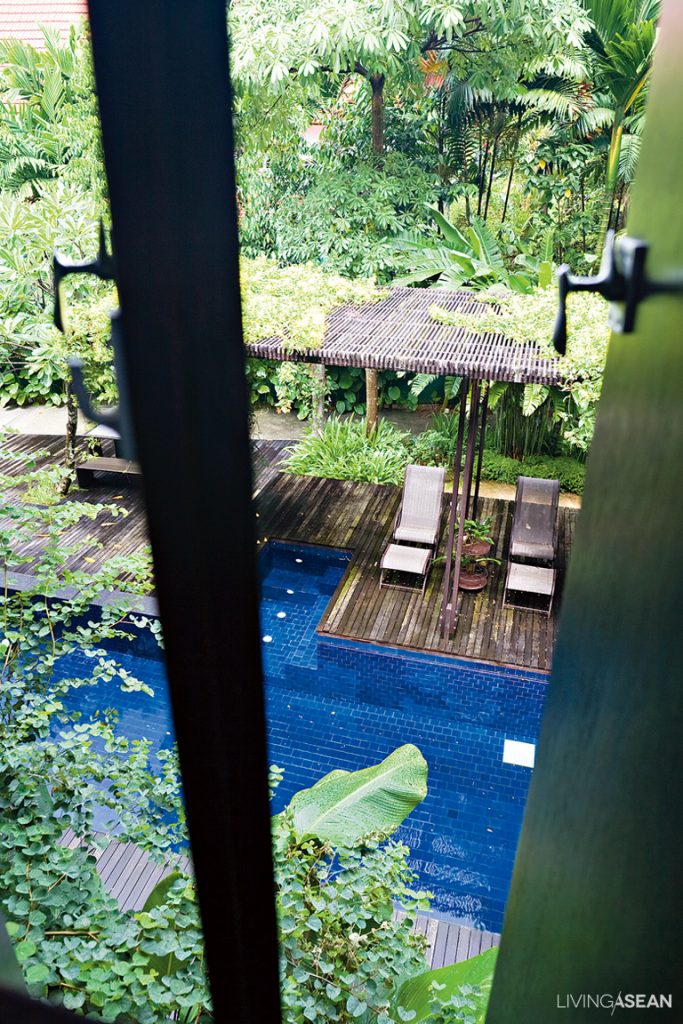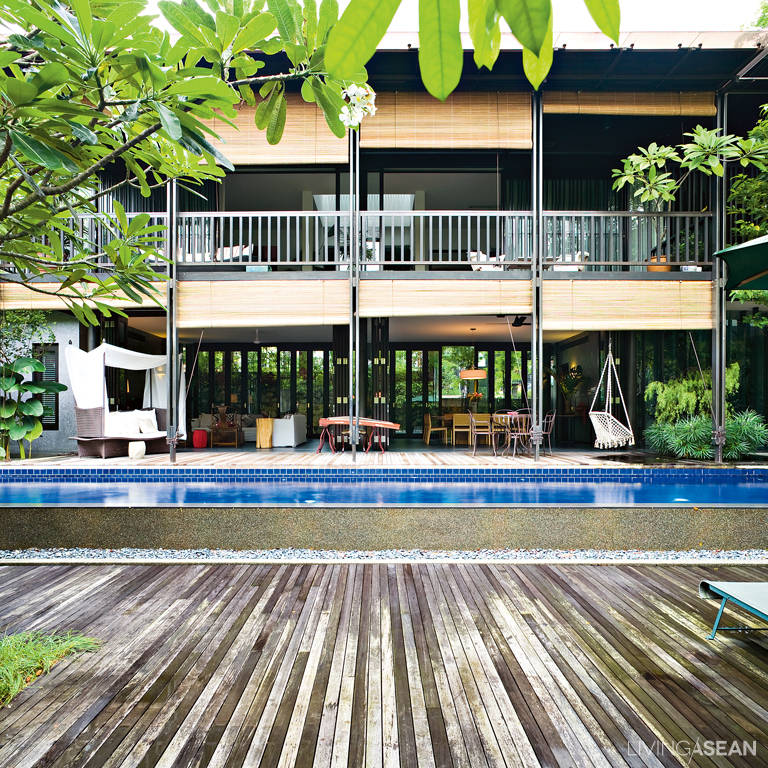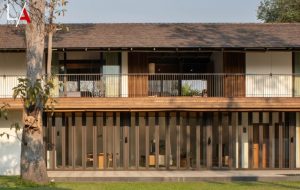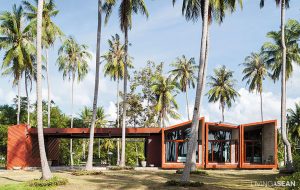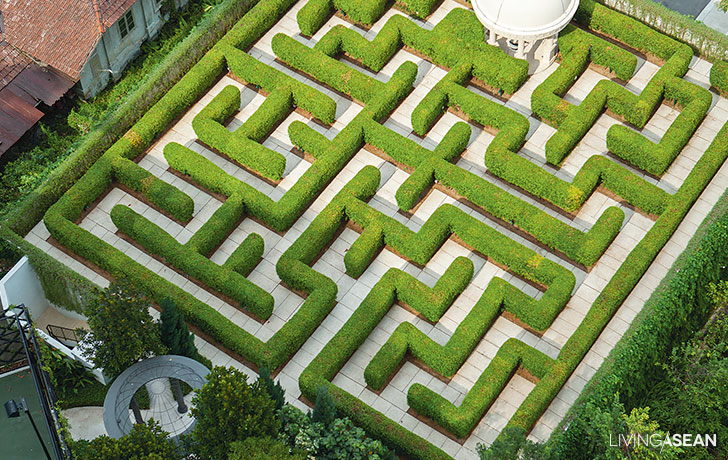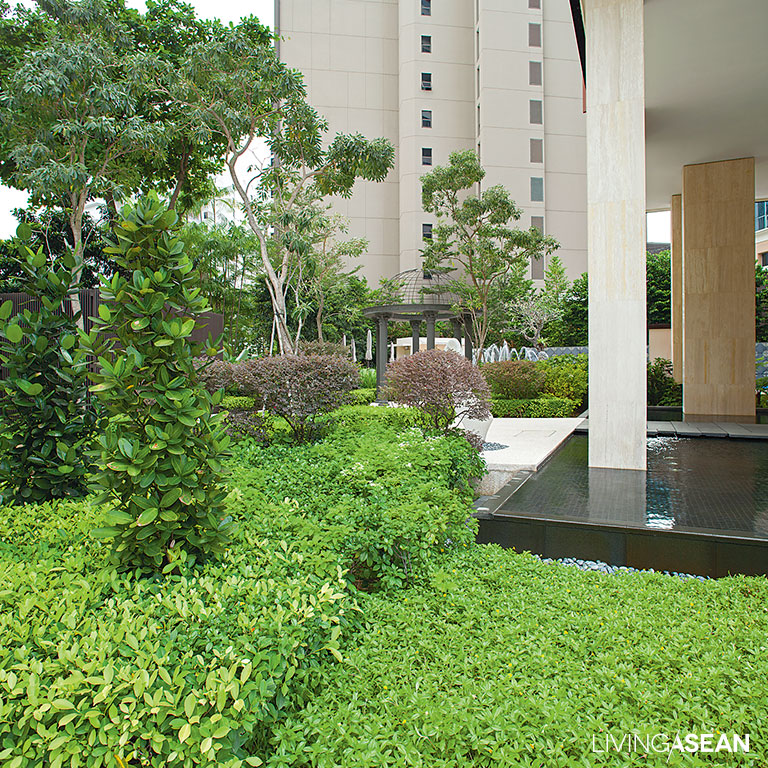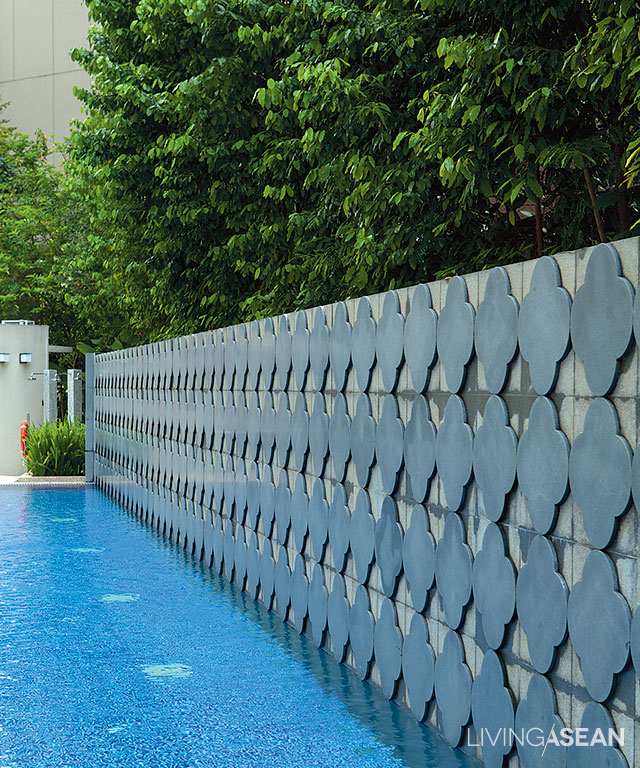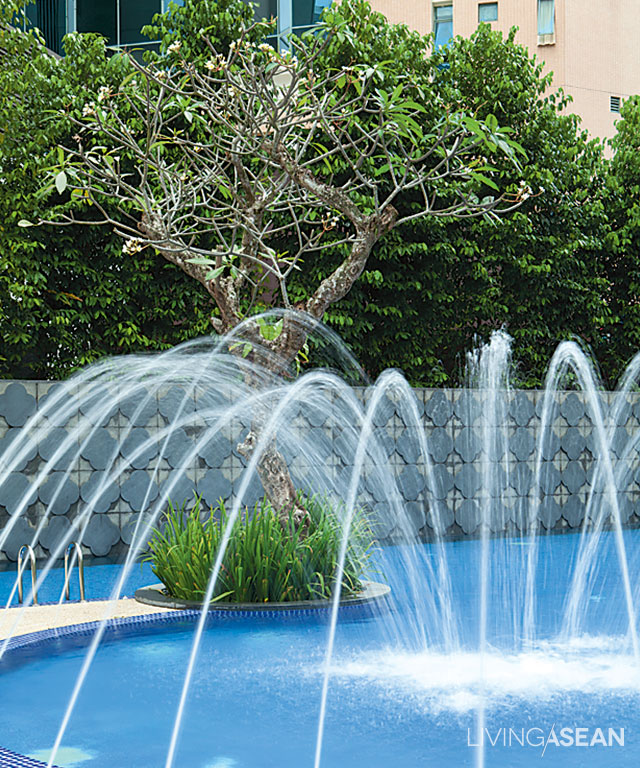/ Singapore /
/ Story: Natthawat Klaysuban / English version: Bob Pitakwong /
/ Photographs: Jonathan Tan /
If looking at life from a different perspective excites your imagination, here’s Lepak Downstairs a collection of marble furniture photographs taken from the top. Welcome aboard as we embark on a virtual journey through a Singapore residential neighborhood.
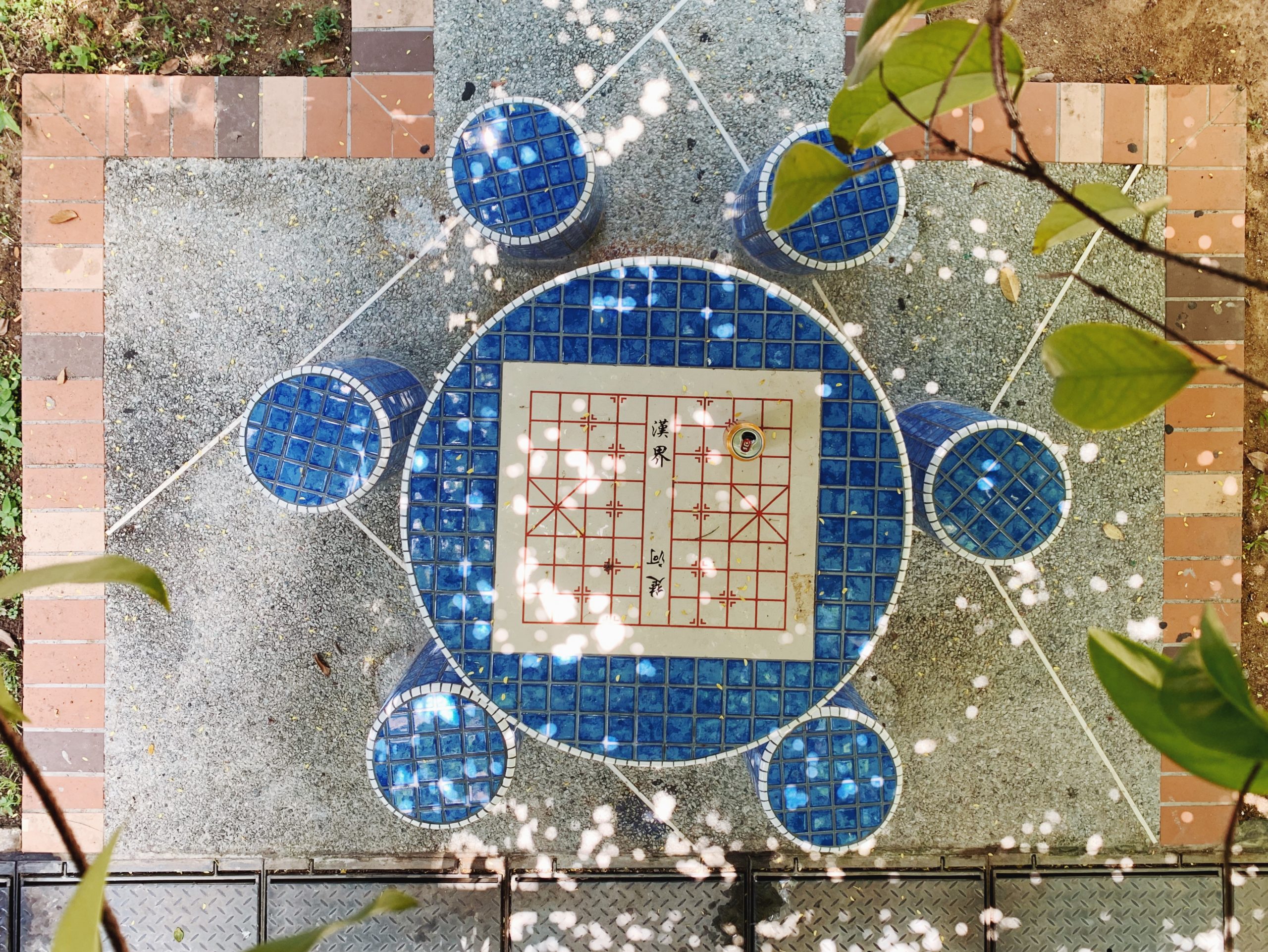
Let’s take a look at some of the visuals by Jonathan Tan, whose favorite pastimes include taking photographs for enjoyment. This episode takes you to an HBD apartment block, or a flat if you prefer the British term, in Singapore.
HBD stands for the Housing and Development Board, or the Housing Board for short. It’s a government agency that’s responsible for public housing. By a rough estimate, HBD apartment homes constitute the principal type of residences accounting for more than 80 percent of housing in Singapore.
We trust this collection will give you a real buzz about the place, providing an experience that inspires your curiosity leading to creative design thinking and fostering conversation. If you’re pleased with what you see, give us a like and share.

A favorite hangout on the ground floor
Jonathan has lived in an HDB apartment home since a young age. Taking photographs is among the things that give him pleasure. One day he caught sight of a set of marble furniture on the ground floor of the apartment block where he lives. He couldn’t help but noticing this kind of furniture here, there and everywhere in much of Singapore. And they all looked alike.
What’s known as outdoor marble furniture is, in fact, concrete construction tiled in various colors and designs. Jonathan started taking photographs of them from the top hoping to compare tabletop designs that vary greatly from one place to the other. He named his collection “Lepak Downstairs” in the Malay vernacular meaning a favorite hangout downstairs.
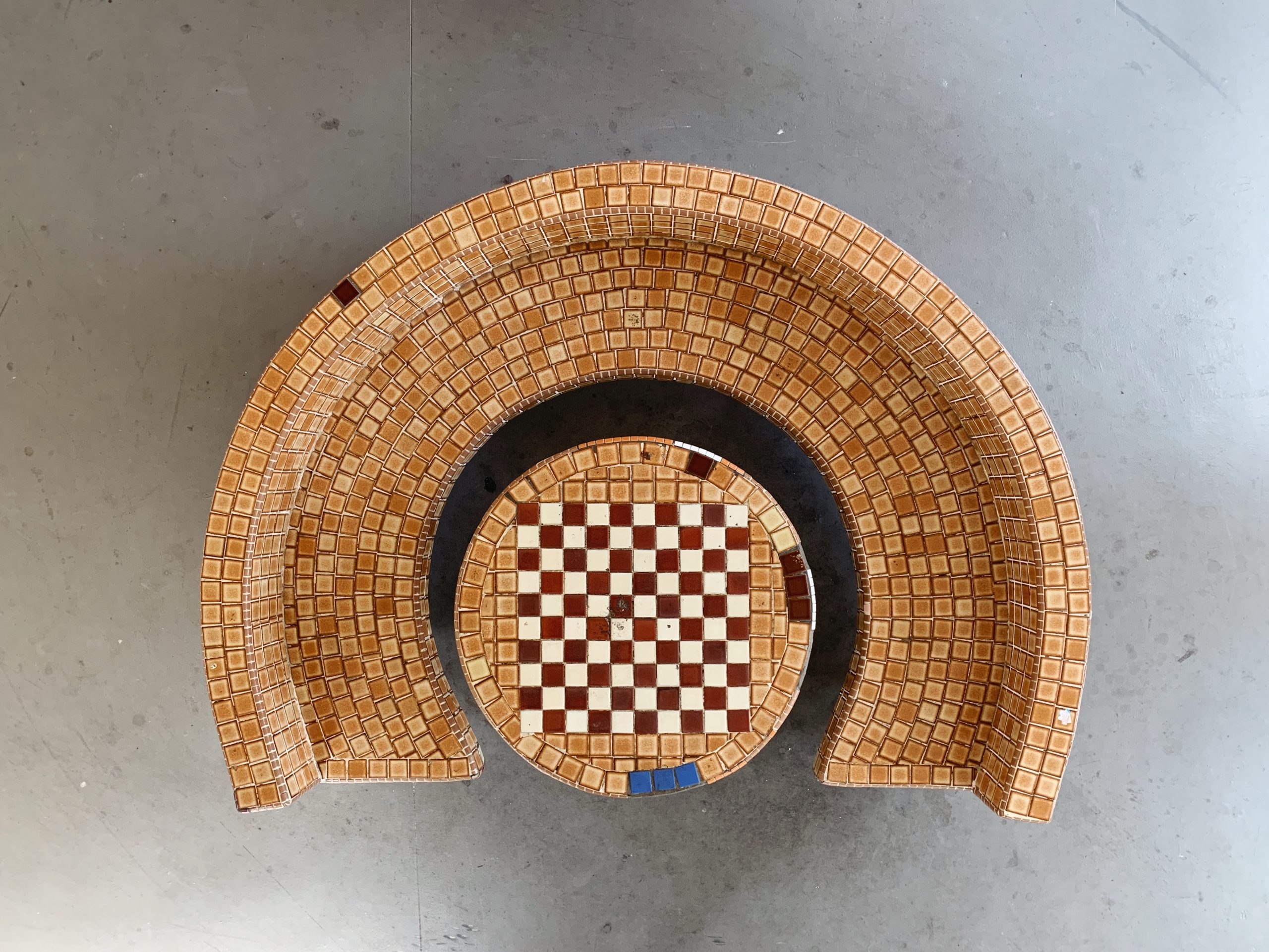
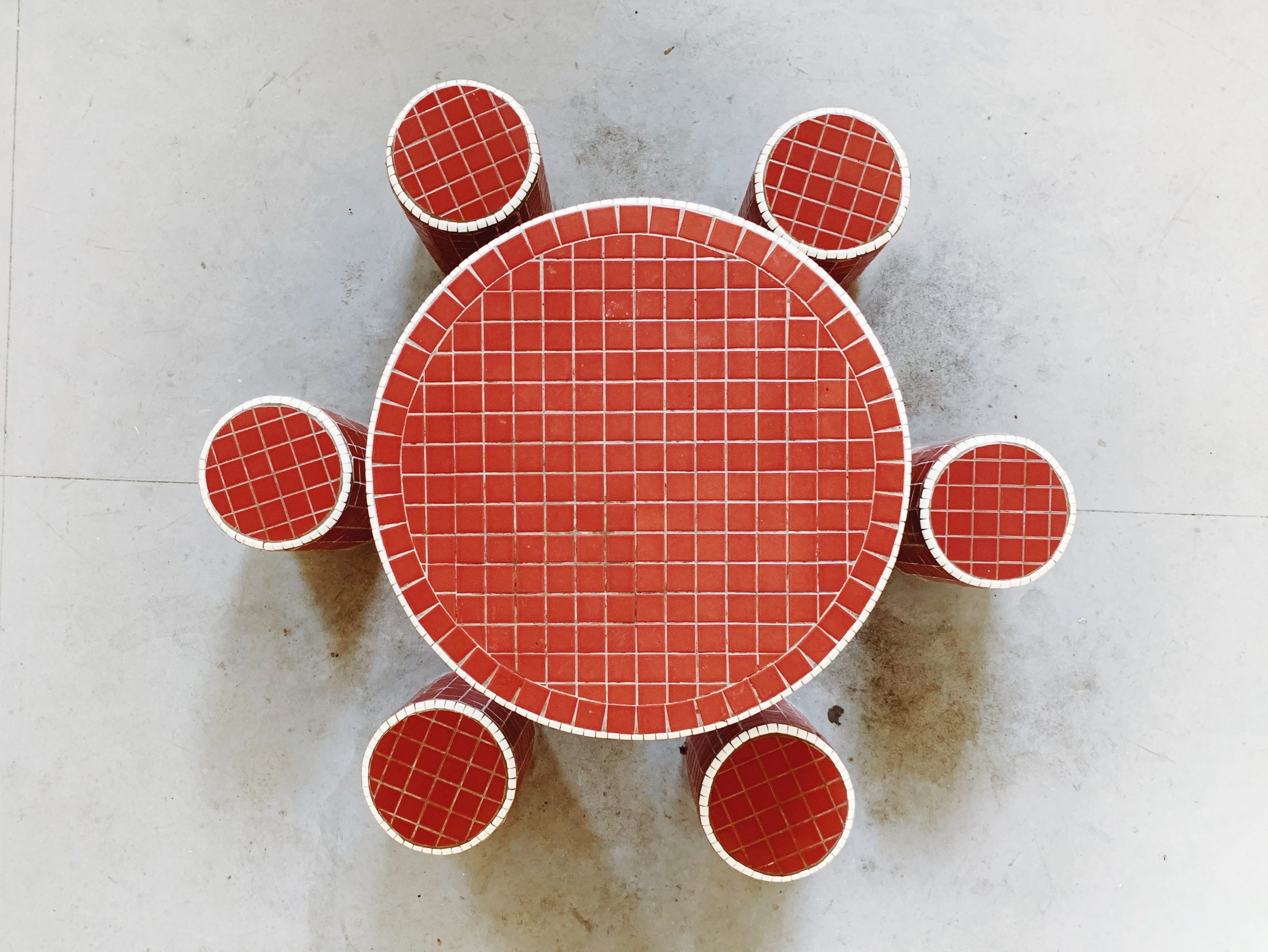

Colors that tell stories about the mid-century period
Jonathan thought that photographs taken from the top were the best way to explore the various design patterns that come with every geometric-shaped tabletop, be it circular, square or octagonal.
The outdoor furniture with its tabletop covered in glossy tiles is designed to perform well in the warm and humid climate prevailing in Singapore. Some sets of furniture have been around for more than 50 years, while tabletop designs convey a great deal about the colors of choice prevalent in the mid-century period.
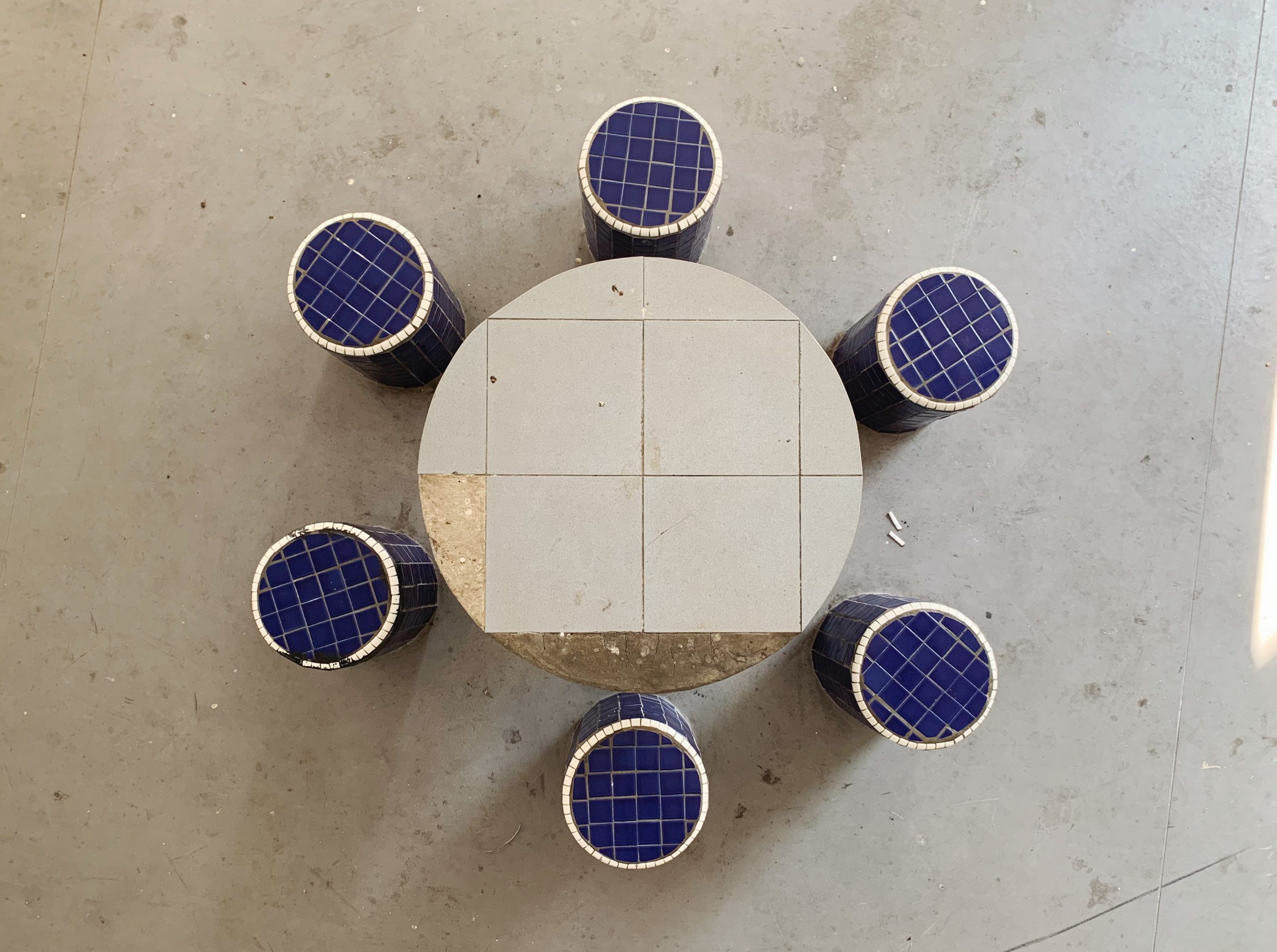
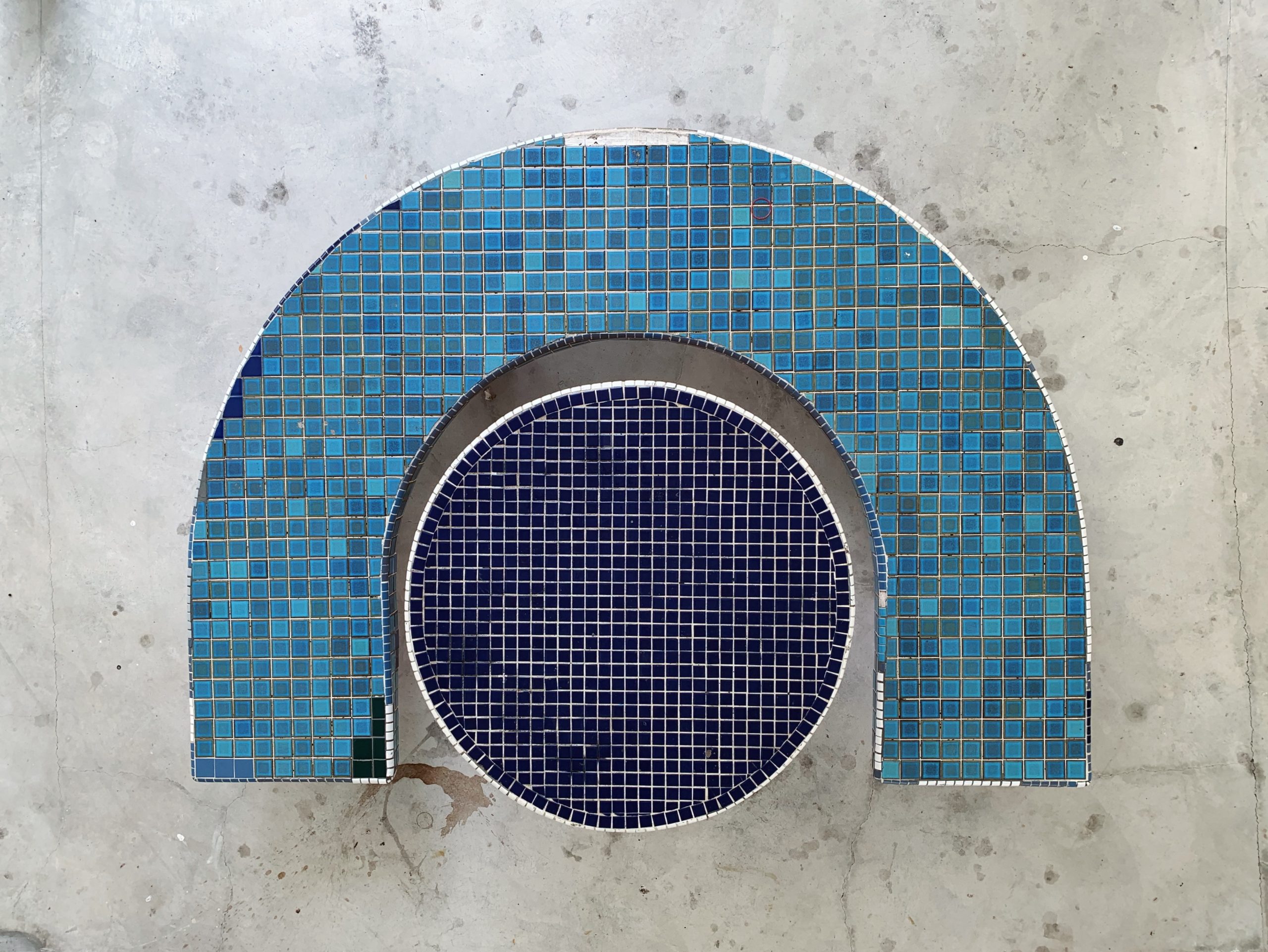
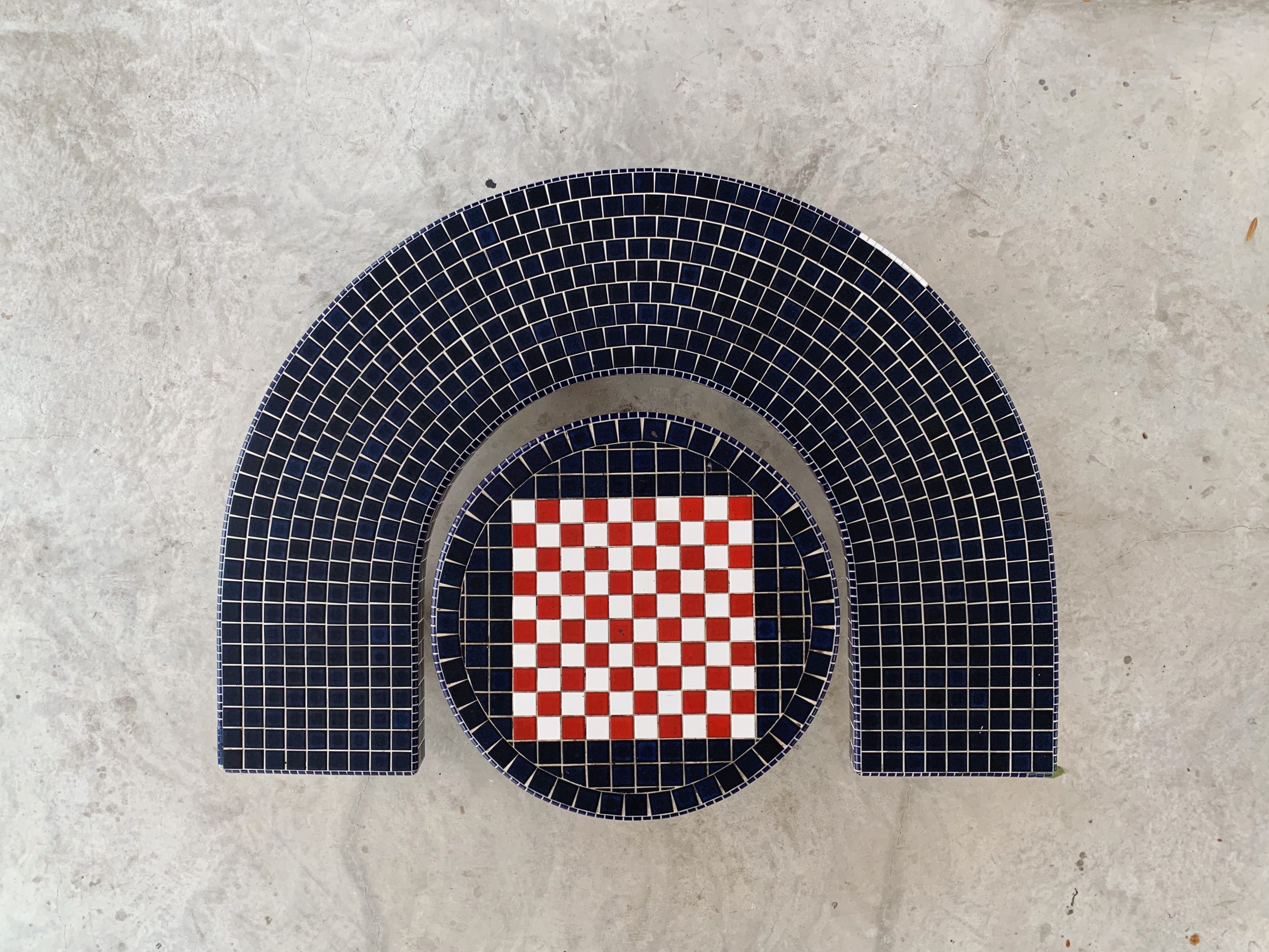
Designs that are fading into oblivion
With most people unaware of its existence nowadays, the outdoor marble furniture is slowly being forgotten, let alone discarded. People simply take no notice of it as old apartment blocks are torn down making room for ultramodern ones now mushrooming everywhere. It has since become less popular as a hangout place among the younger generations.
Now that public transportation has become faster and more convenient, people simply pay no attention to it, preferring instead to hang out elsewhere, among them public parks, shopping malls, restaurants and café, leaving the once popular seats lying largely underutilized. Plus, some new apartment blocks even have their own recreational facilities in place for public enjoyment.
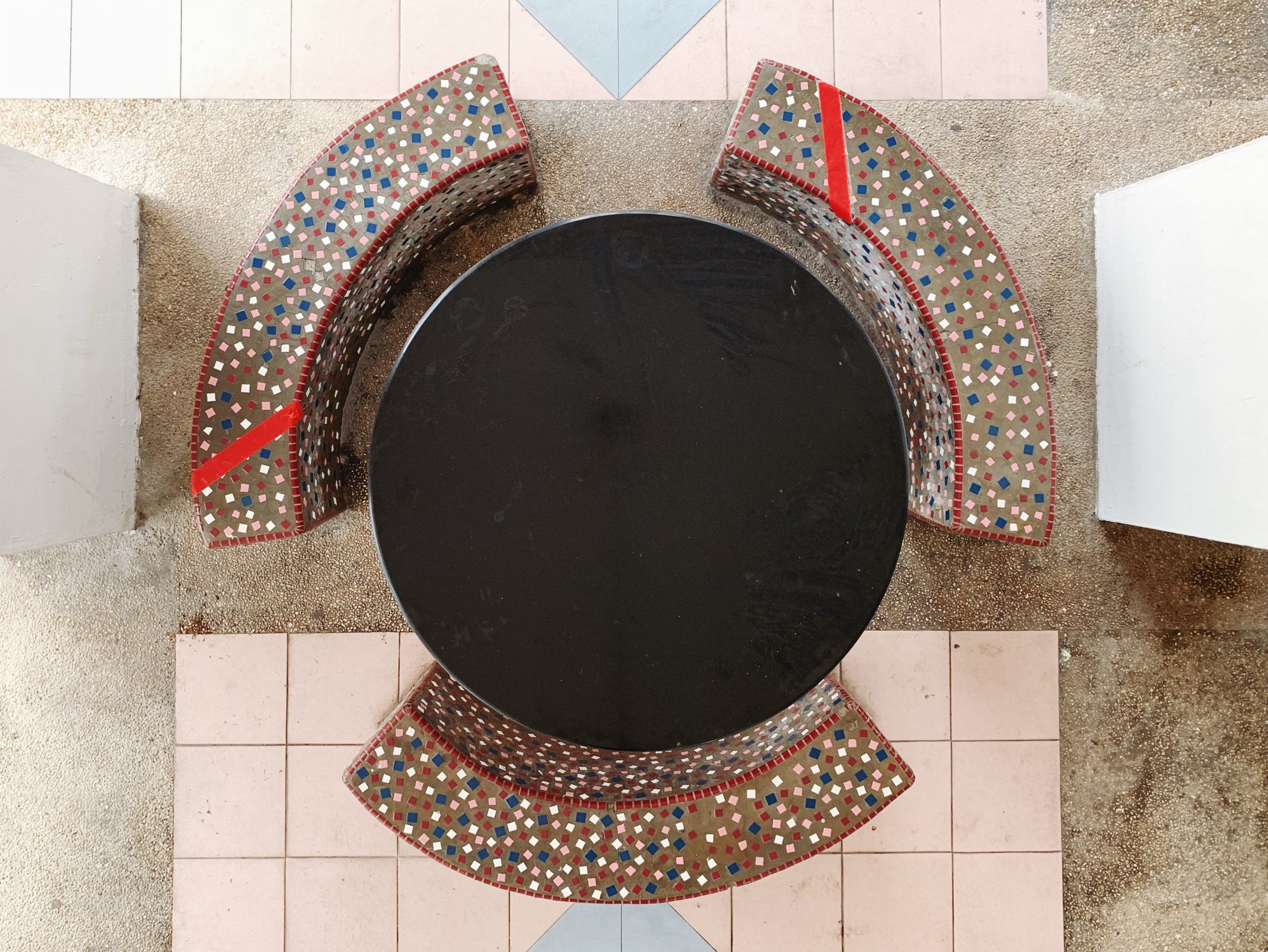
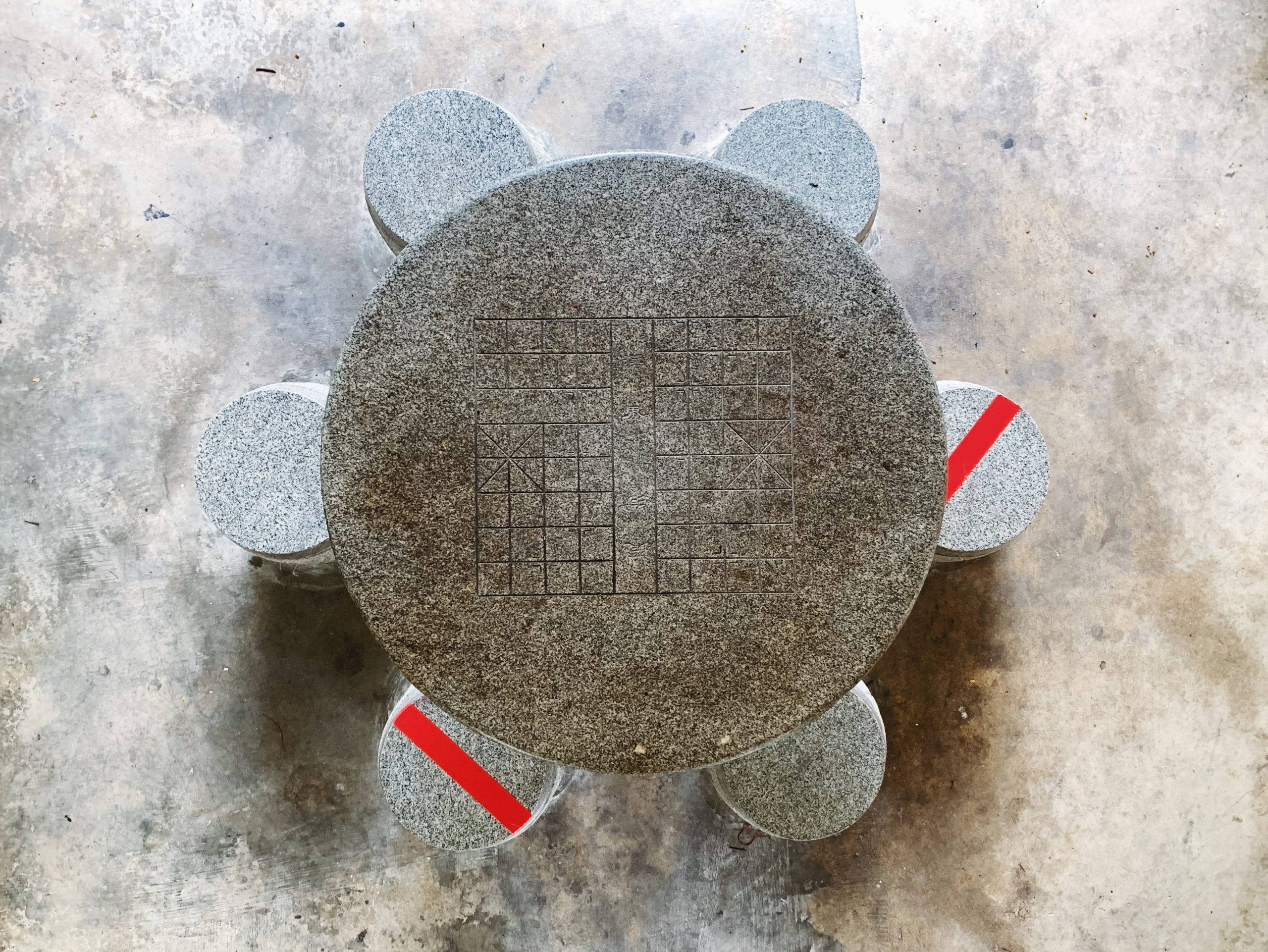
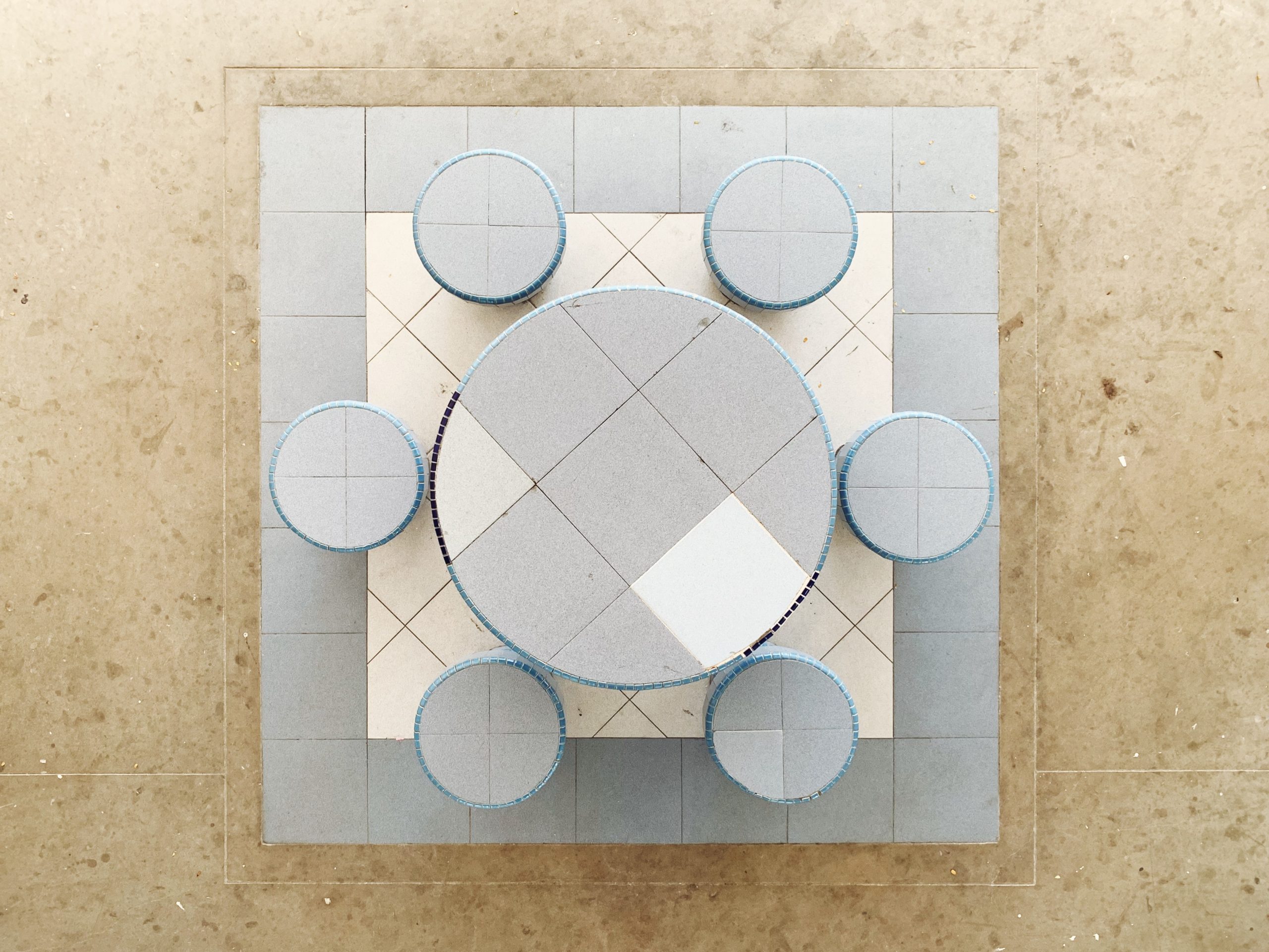
Ideas from the past hidden in plain sight
Left standing there hidden in plain sight, the outdoor marble furniture has become a thing of the past. In spite of that, the design now considered old-school is far from dead and gone.
Quite the opposite though, it continues to attract the attention of a select group – the local art community. Some people now find it cool to keep photographs of what was trending back in the 1960’s in their private collections.
They know that marble furniture that represents the great hangout of the past is slowly fading away and never coming back. So the artists are quick to make appropriate adaptations incorporating old ideas in new designs hoping to restore its popularity. For Jonathan, it’s legacy that inspires preservation. And he’s doing more than his fair share to breathe new life into past glories.
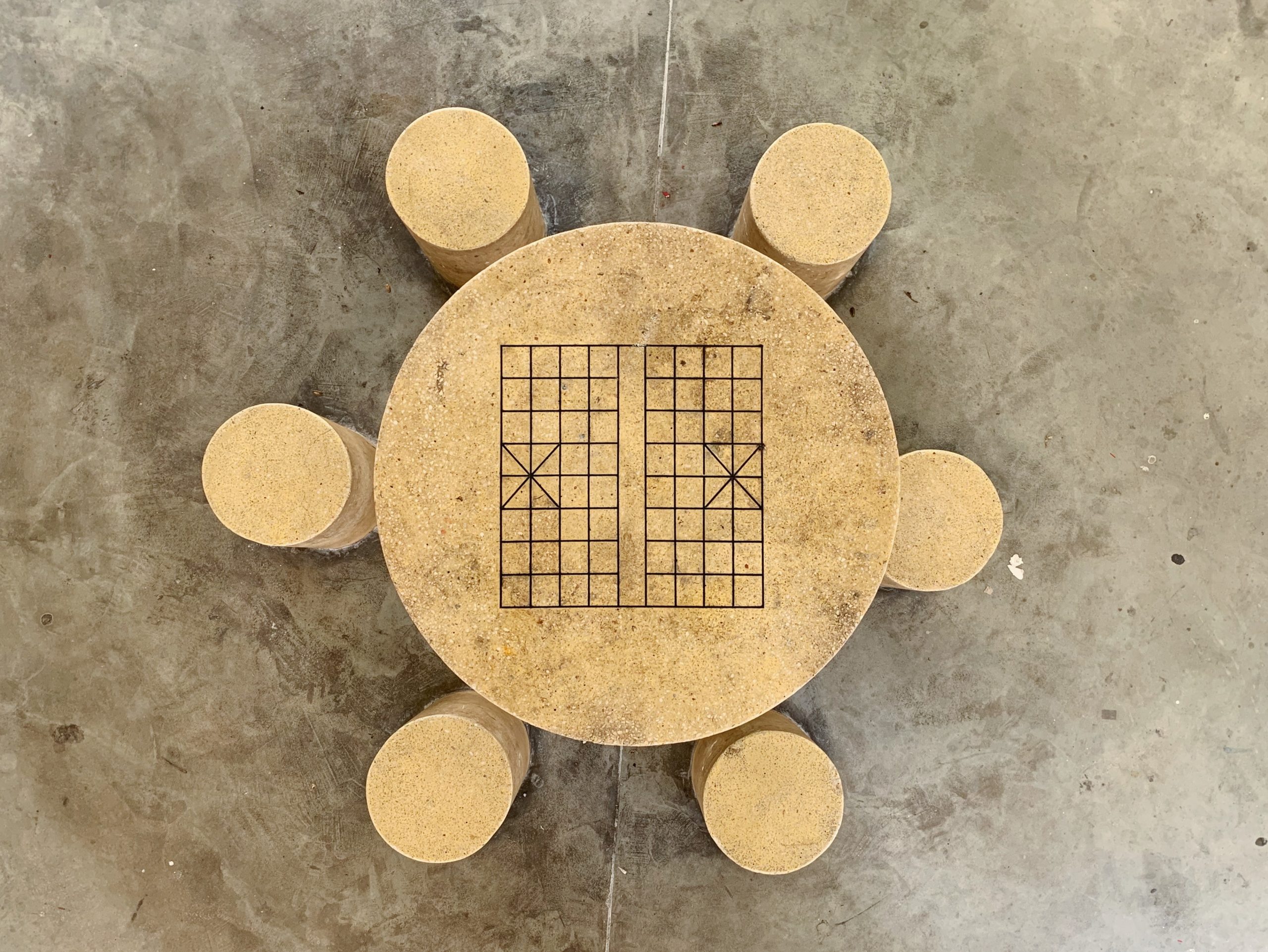
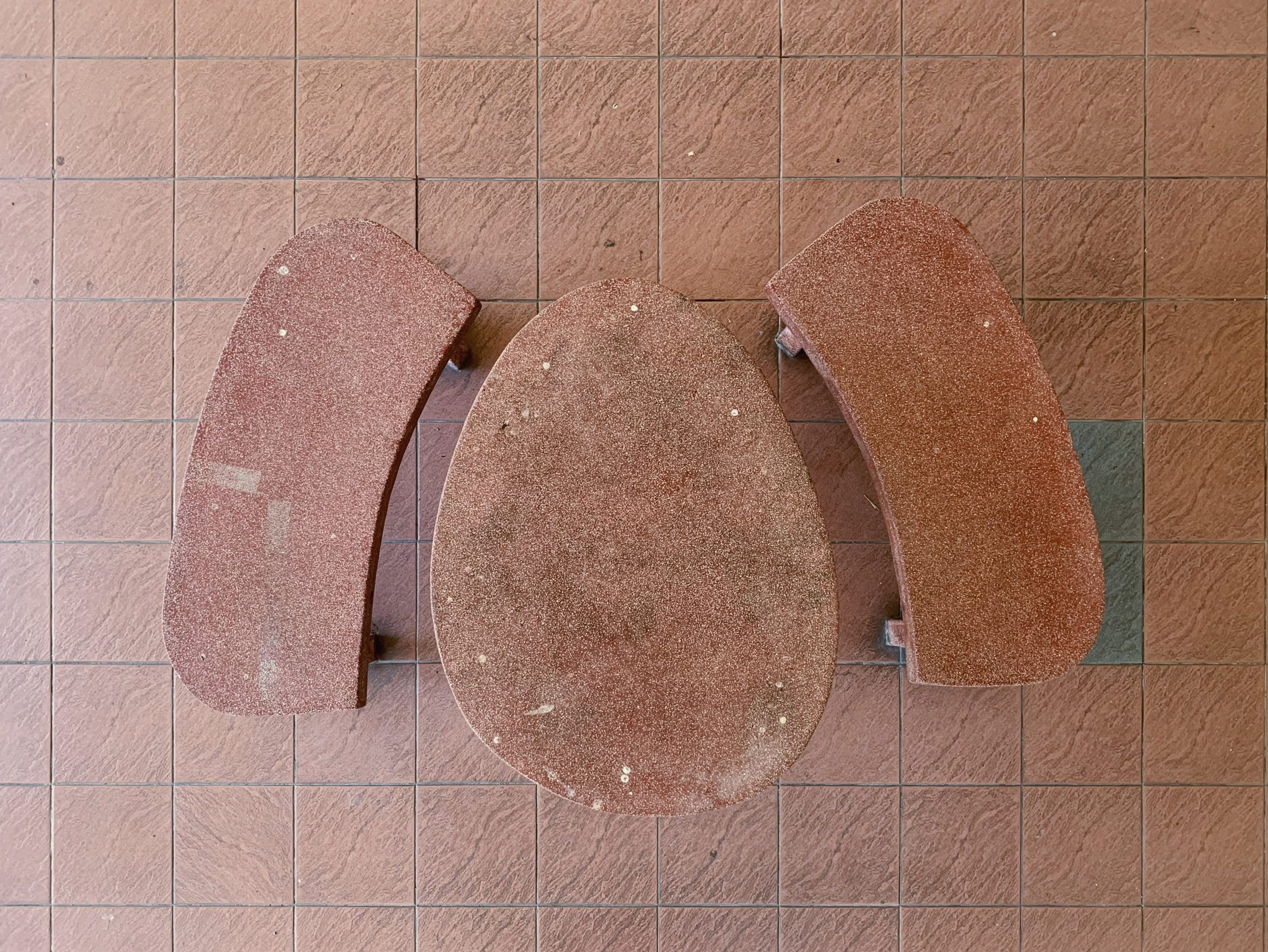
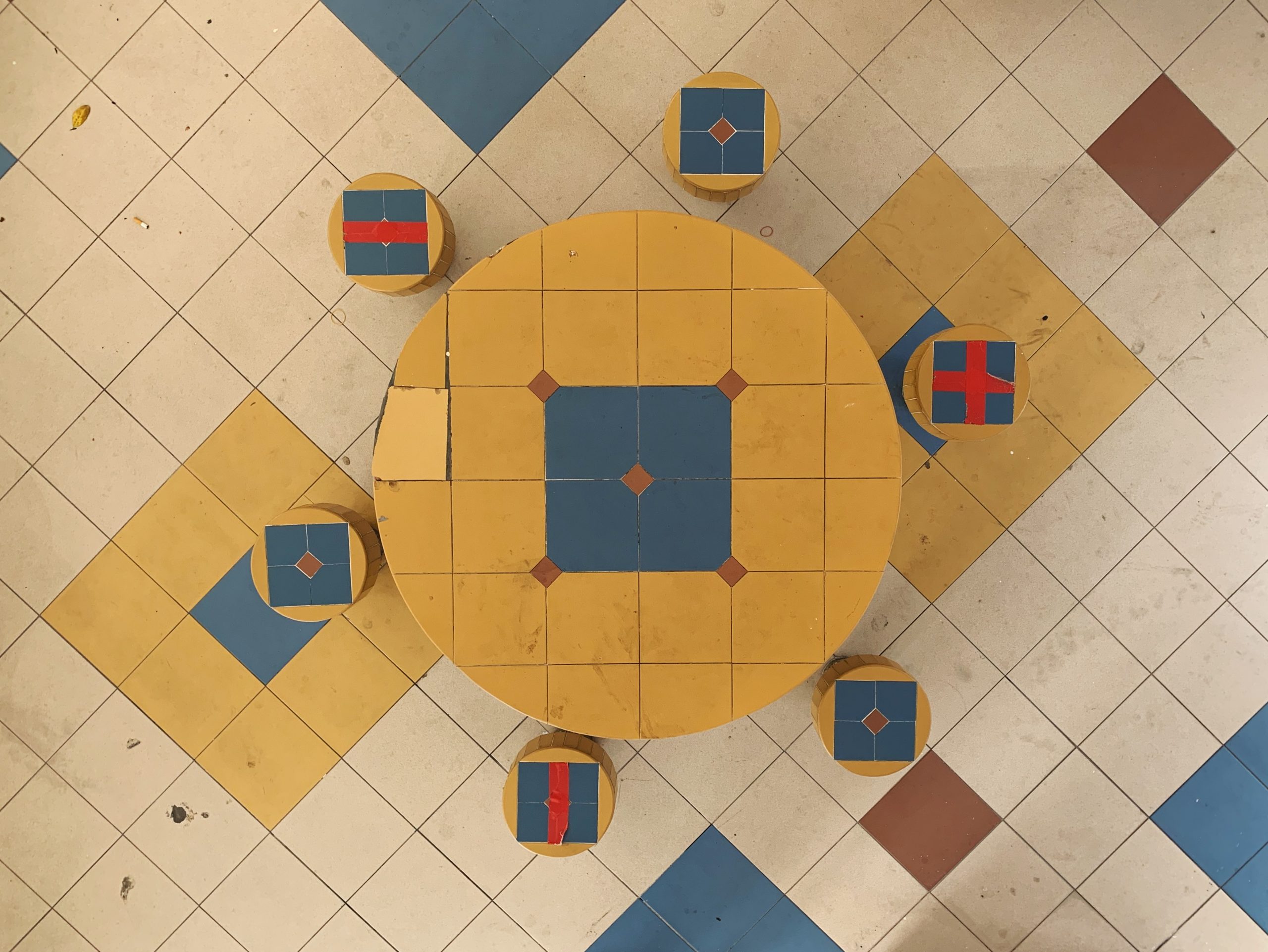
Reference: Jonathan Tan
Instagram: @jontannn
Facebook: https://www.facebook.com/jontannn
You may also like…
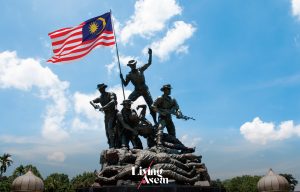 Catching a Glimpse of War Memorials Across Southeast Asia
Catching a Glimpse of War Memorials Across Southeast Asia
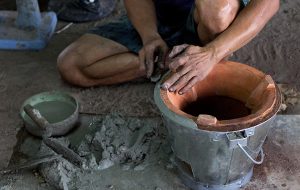 The Making of the “Super Ung-Lo,” Ratchaburi’s Fuel-Efficient Cook Stove
The Making of the “Super Ung-Lo,” Ratchaburi’s Fuel-Efficient Cook Stove


